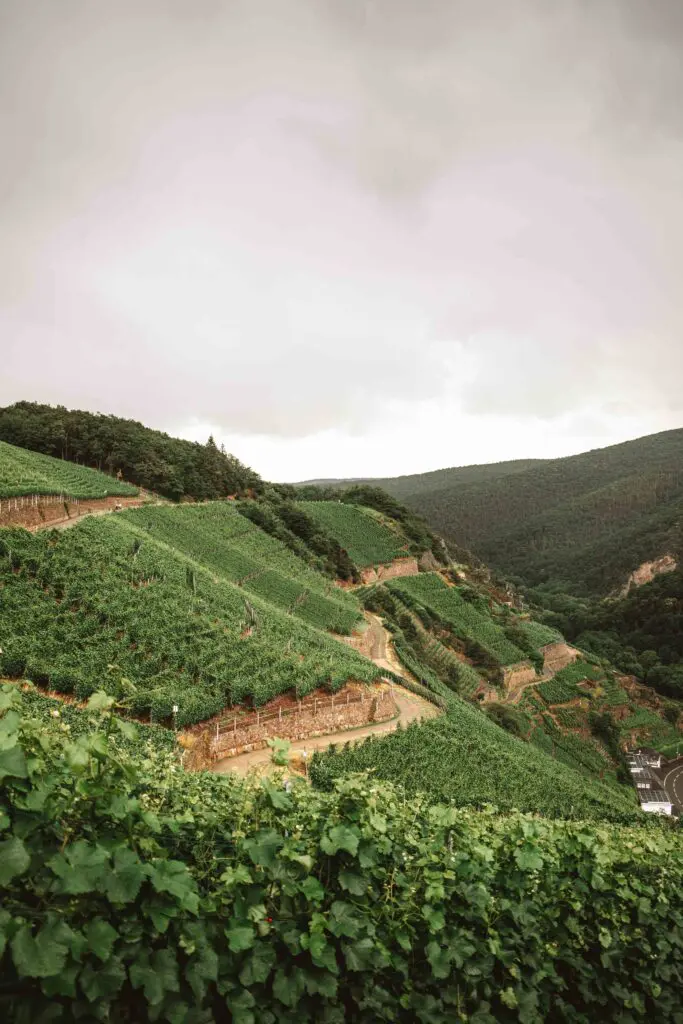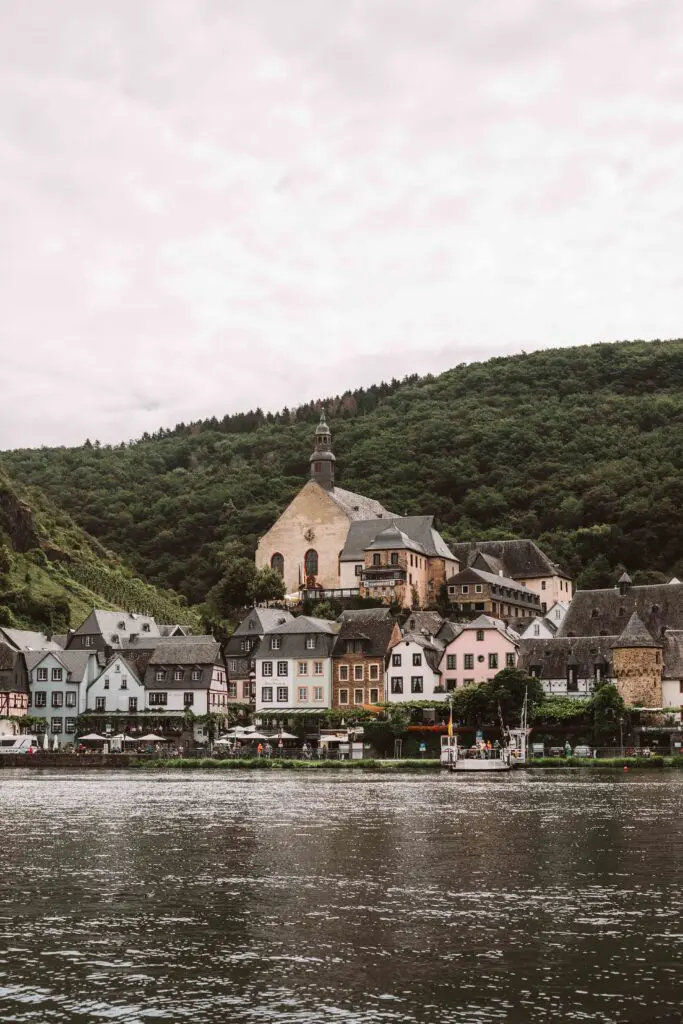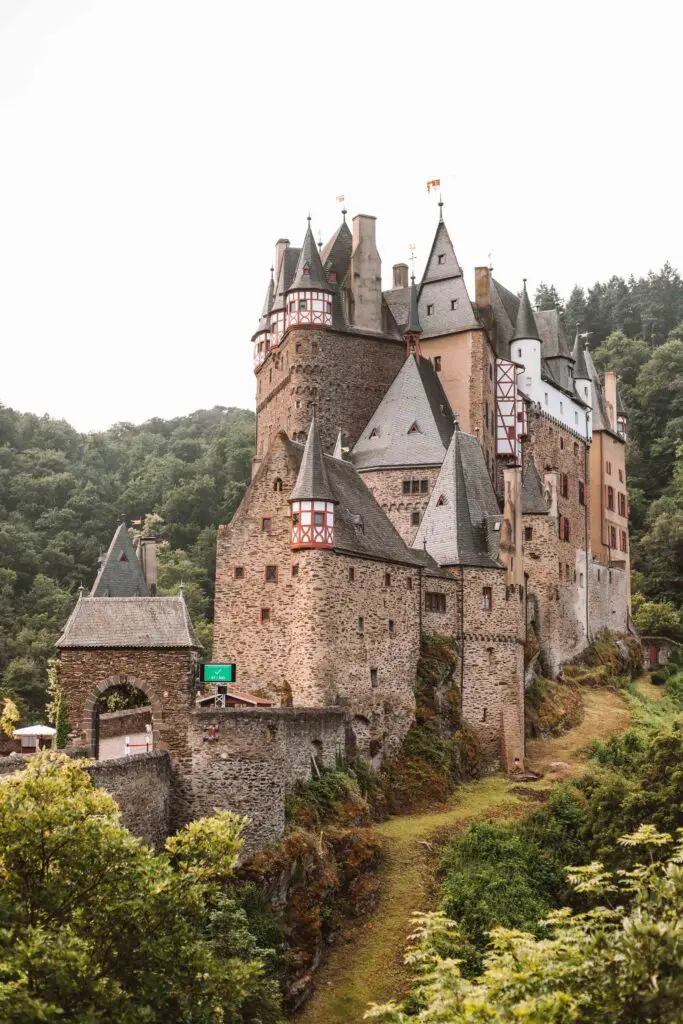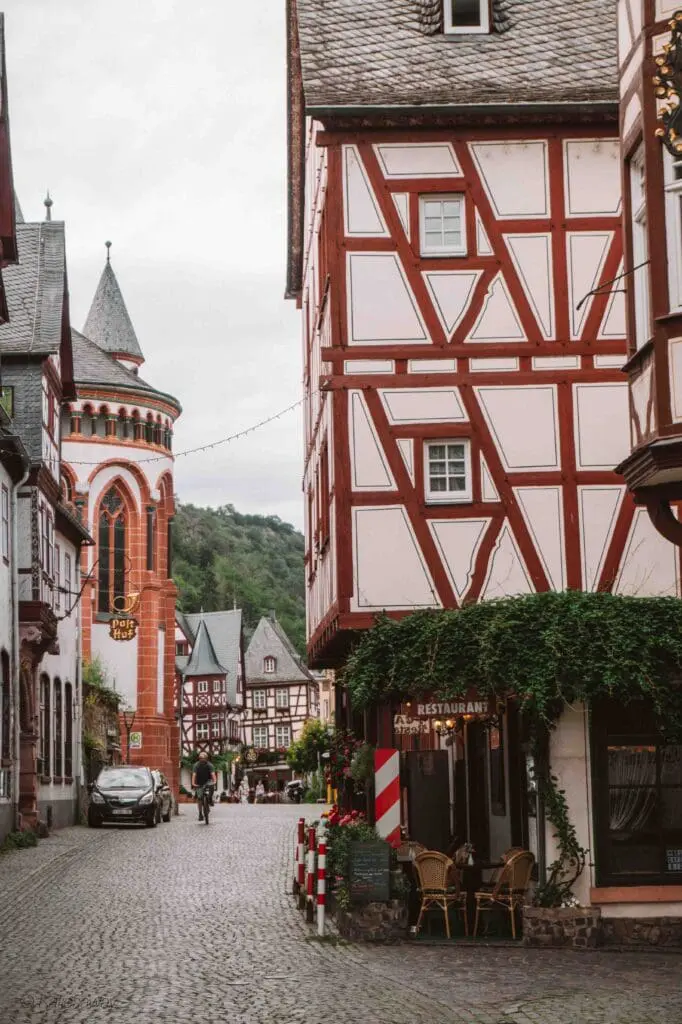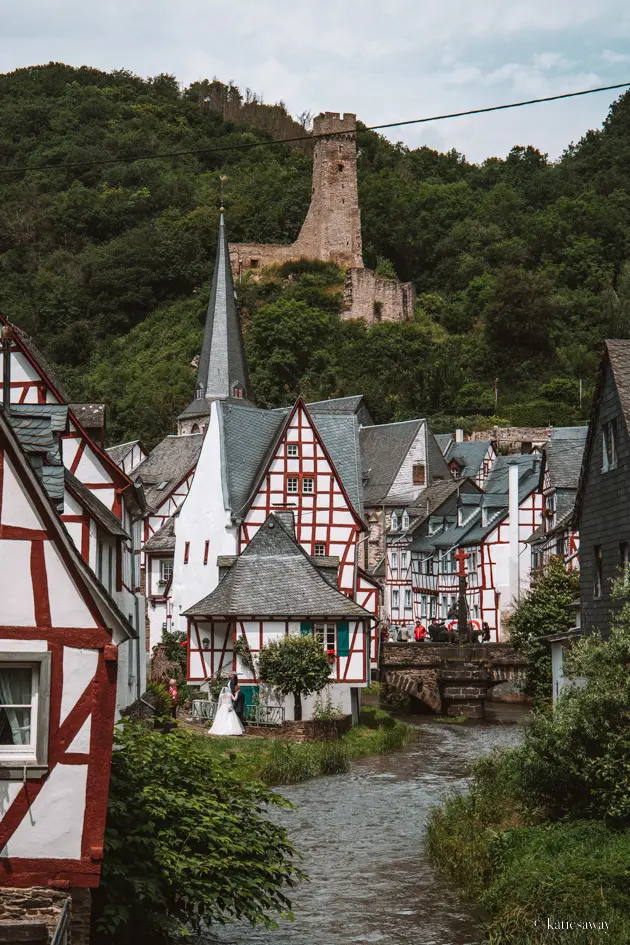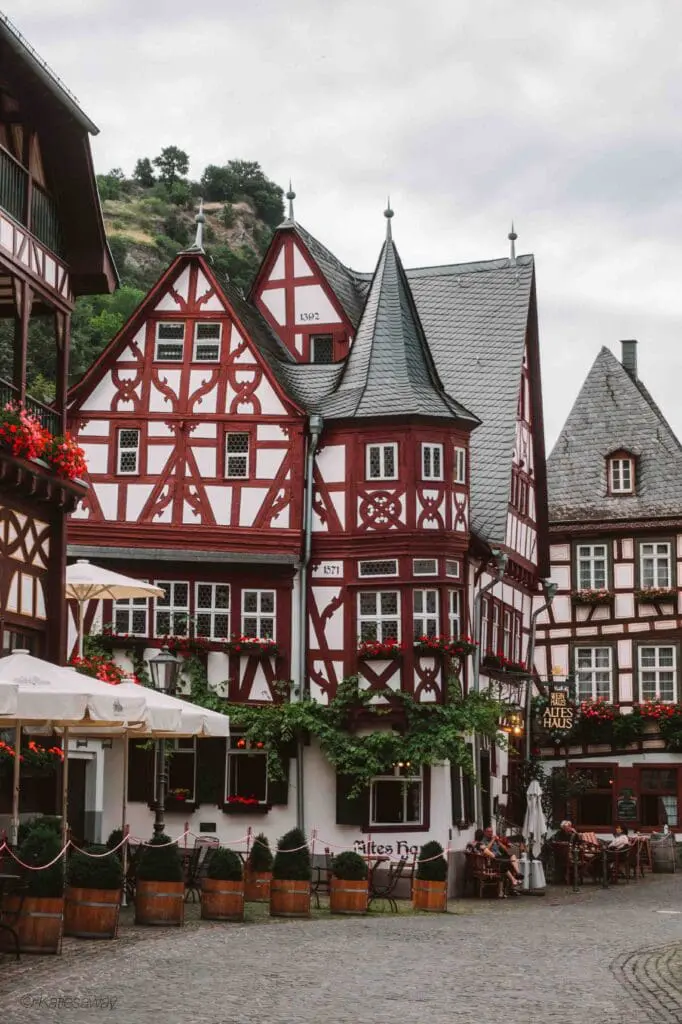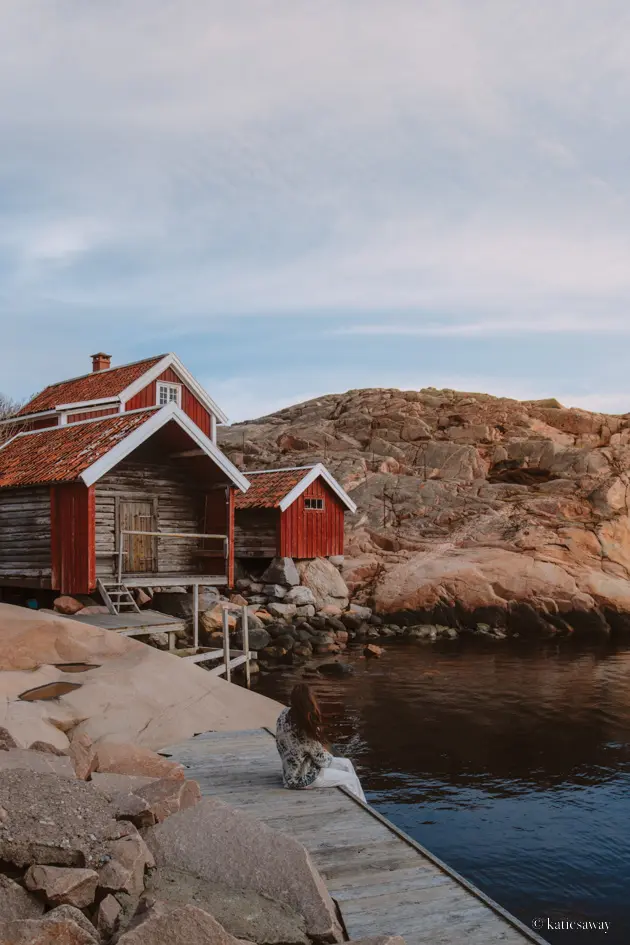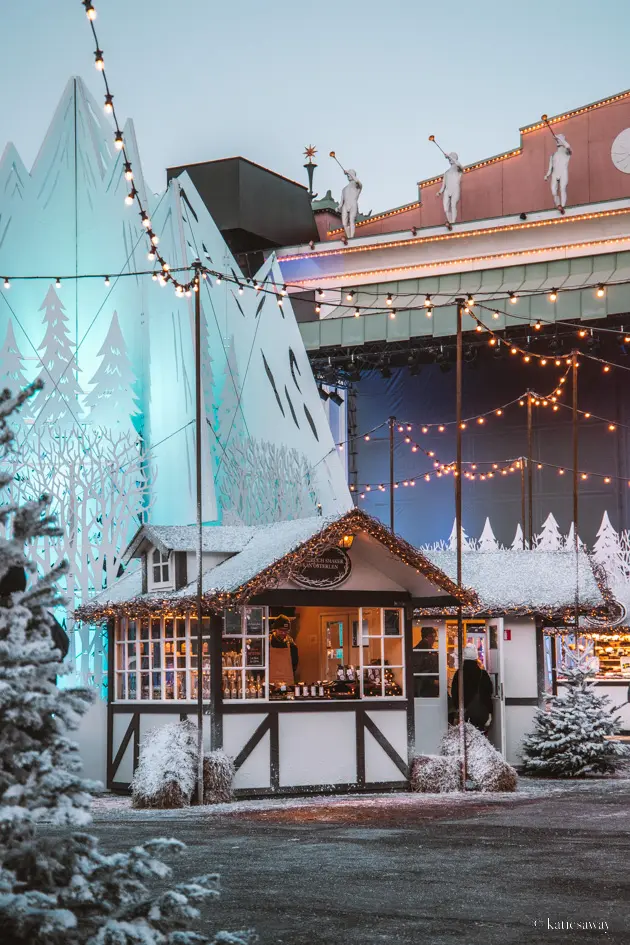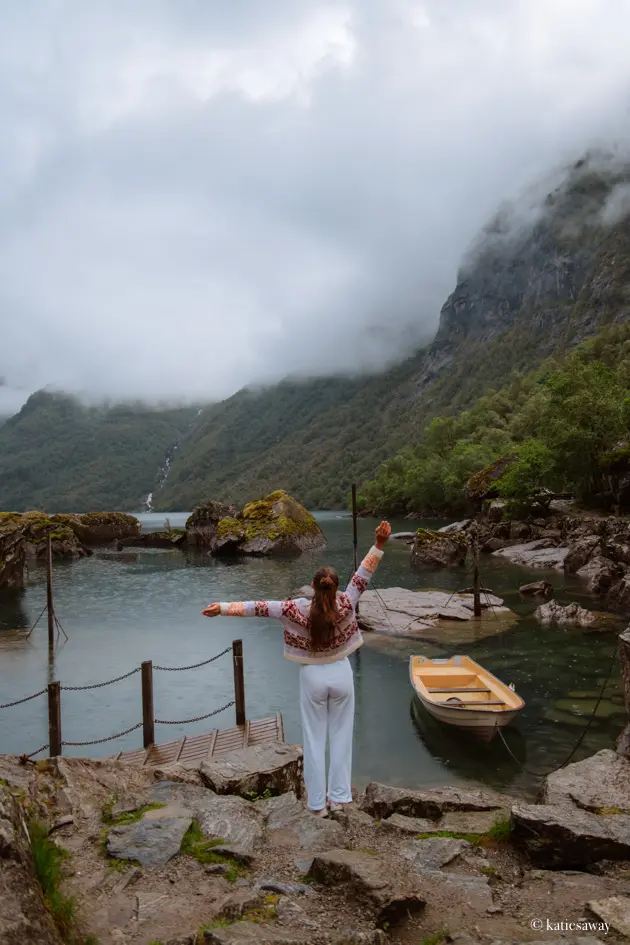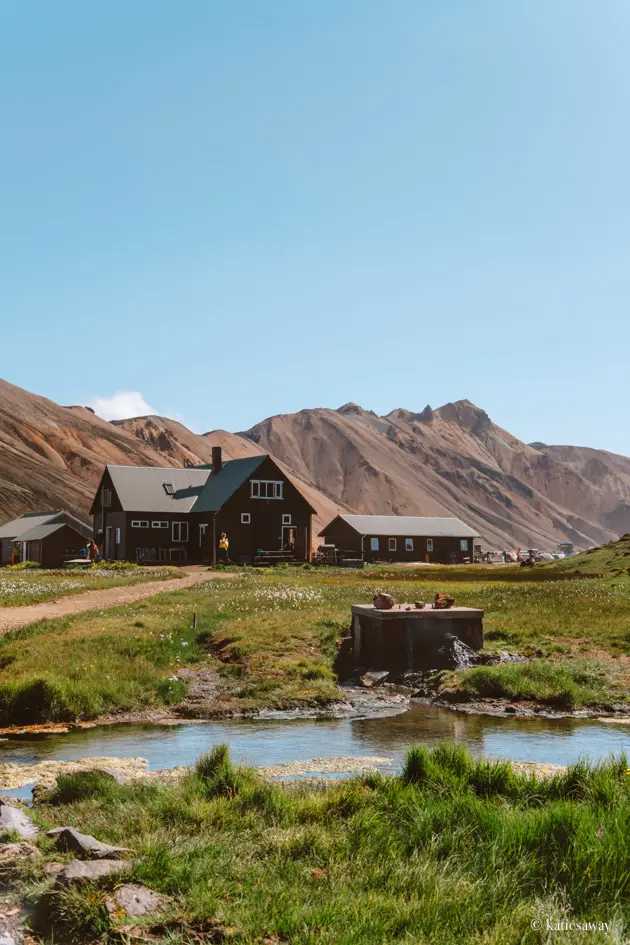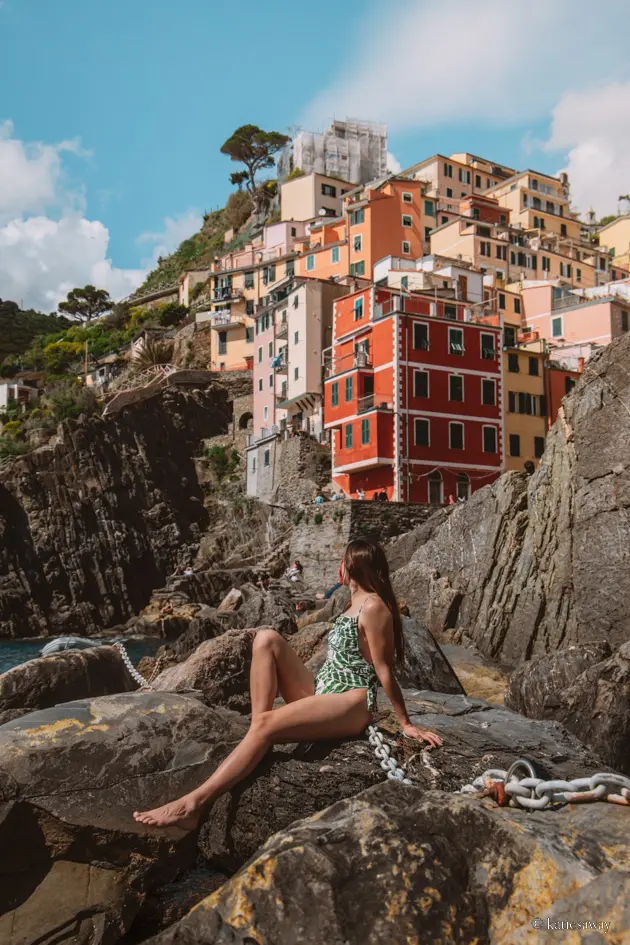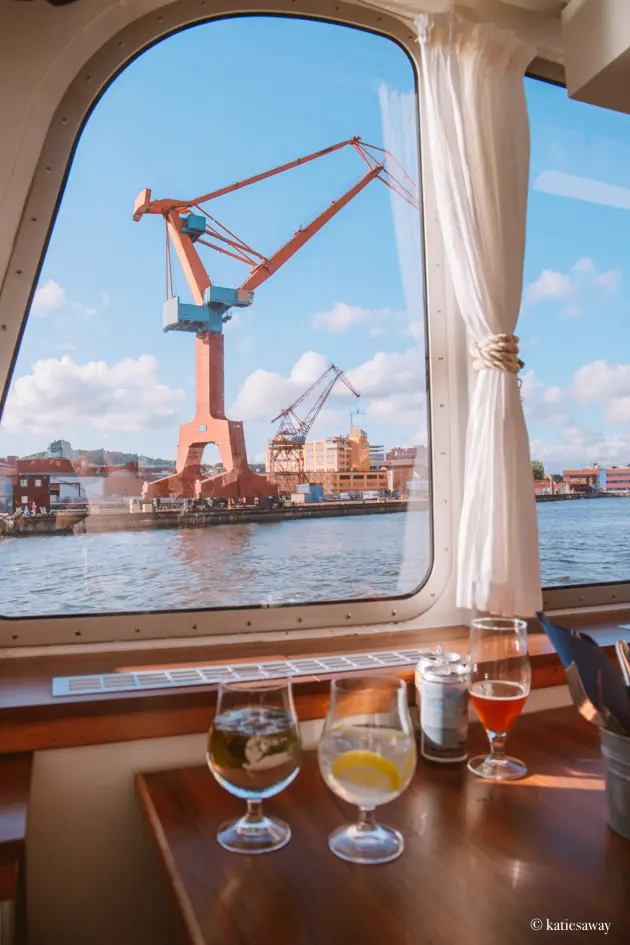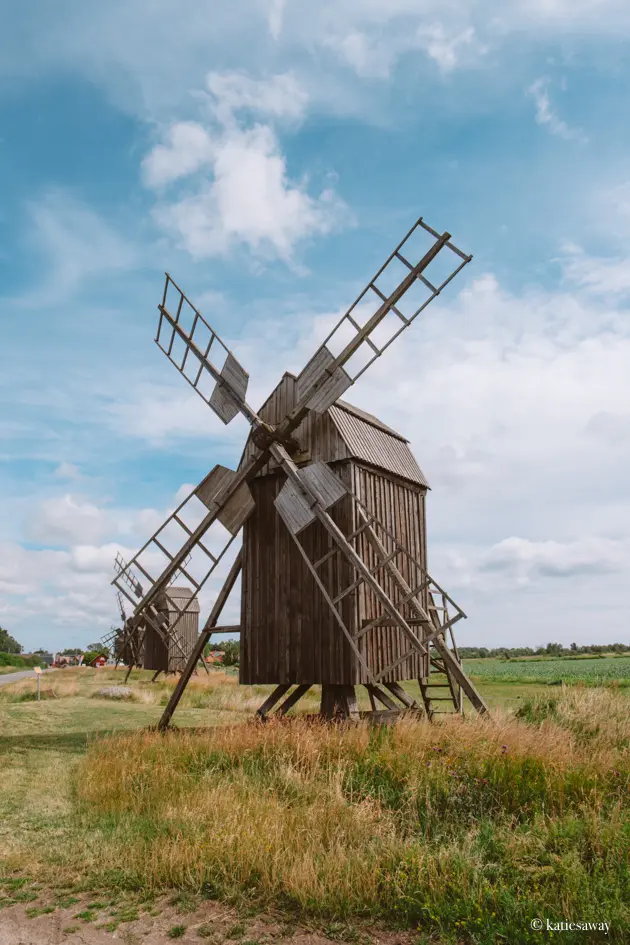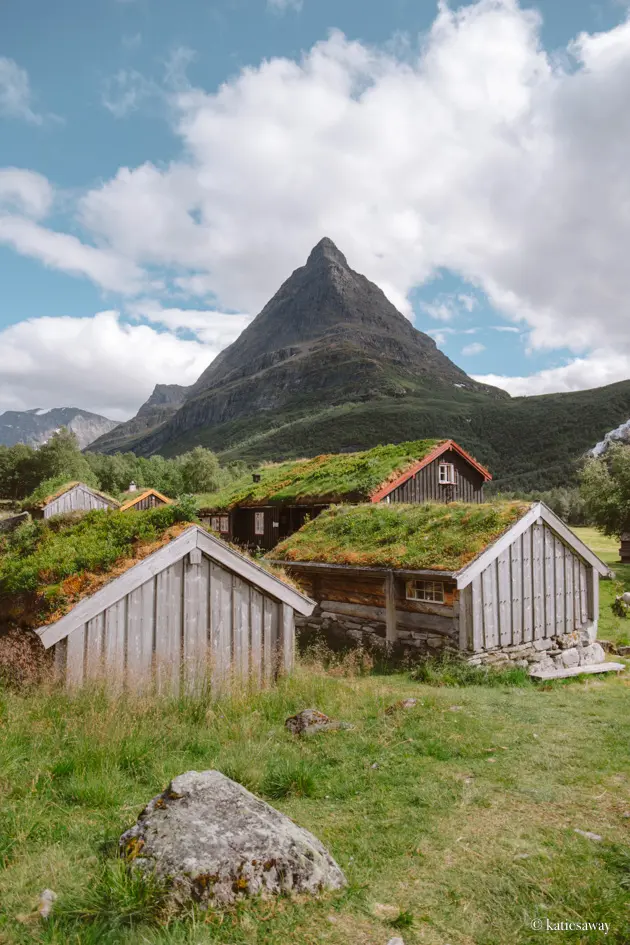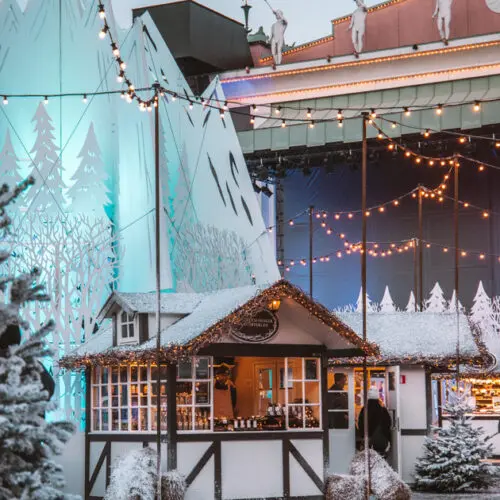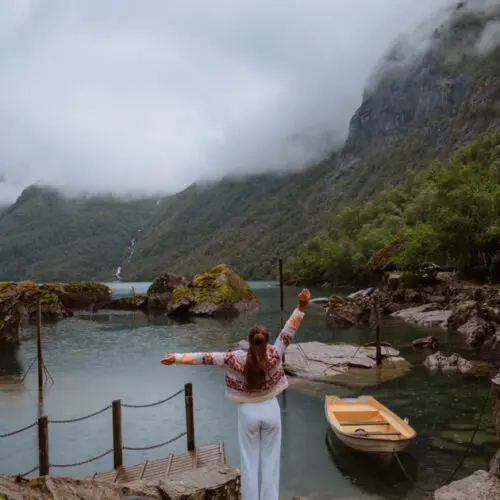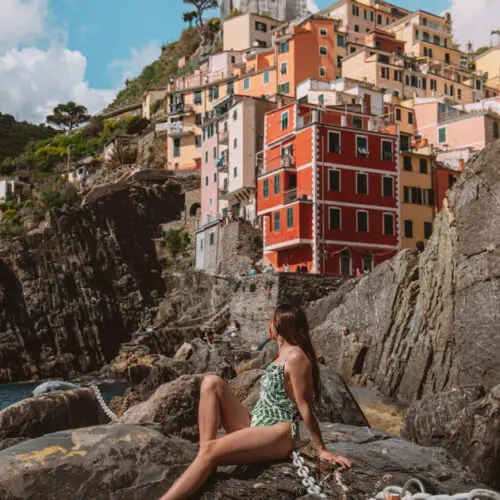A road trip to Germany is the ultimate way to experience this beautiful country. Spend a few days in bigger cities and then head into the countryside to visit some of Germany’s most beautiful villages. This 2-week itinerary for a German road trip takes you away from the more popular places in Germany, to discover the culture in the small valleys and wine regions. Stopping at villages along the Rhine and Mosel rivers, tasting wines in the Ahr Valley, while also stopping in bustling cities such as Hamburg and Cologne.
Planning a road trip in Germany or looking for ideas for a two week itinerary? This two week Germany road trip in Northern Germany as we started our journey from Sweden! As it is a loop you can definitely start your trip from anywhere along the route! Lübeck and Northern Germany is a beautiful place definitely worth visiting in the summer! However, if you wanted to do a 10-day road trip through Germany you could leave this out! Otherwise, you could replace 4 days with spending more time in one of the below locations or visiting some other bigger cities.
So, here is everything you need to know about spending 2 weeks in Germany with a 10 – 14 day road trip itinerary!
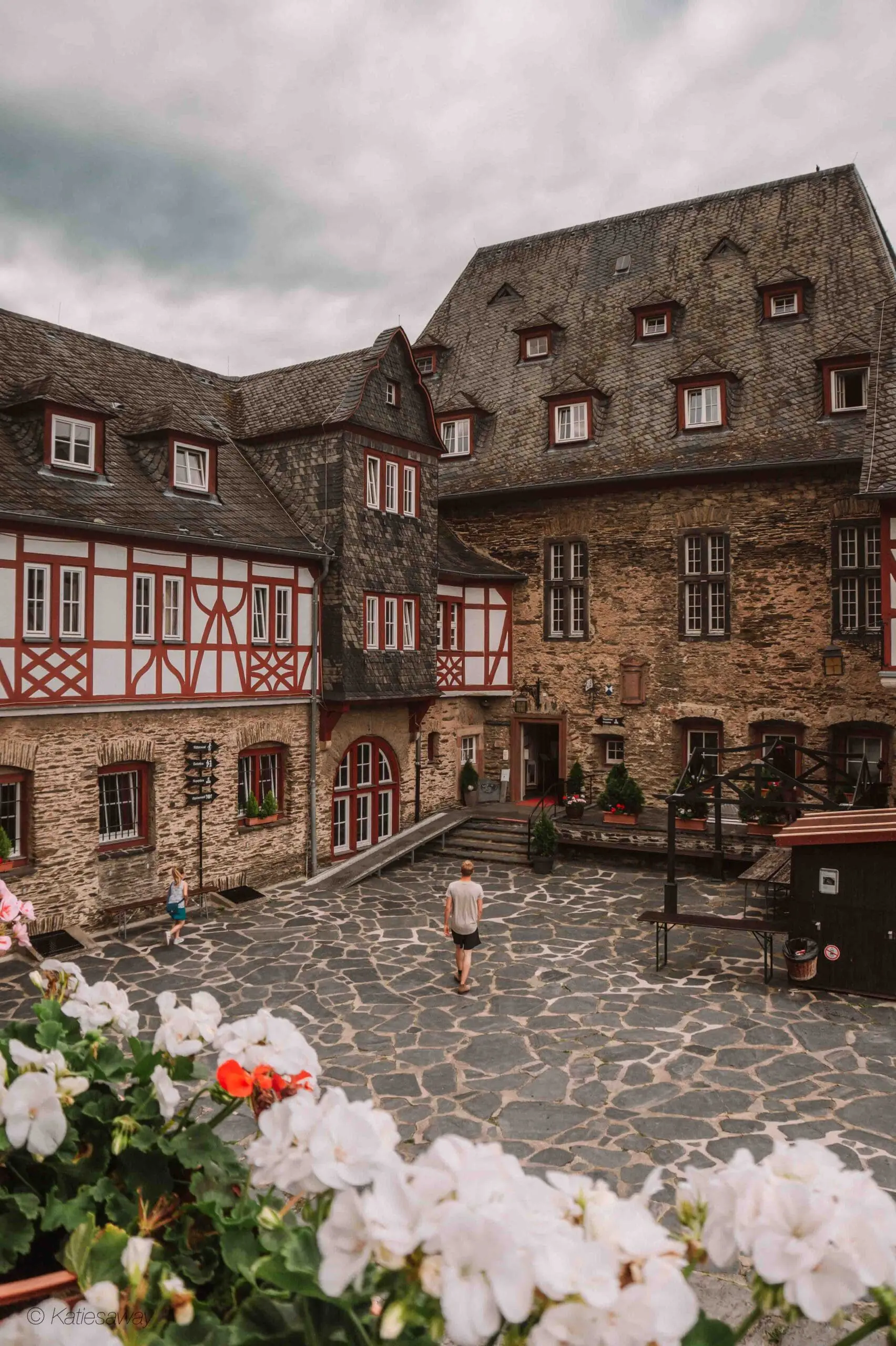
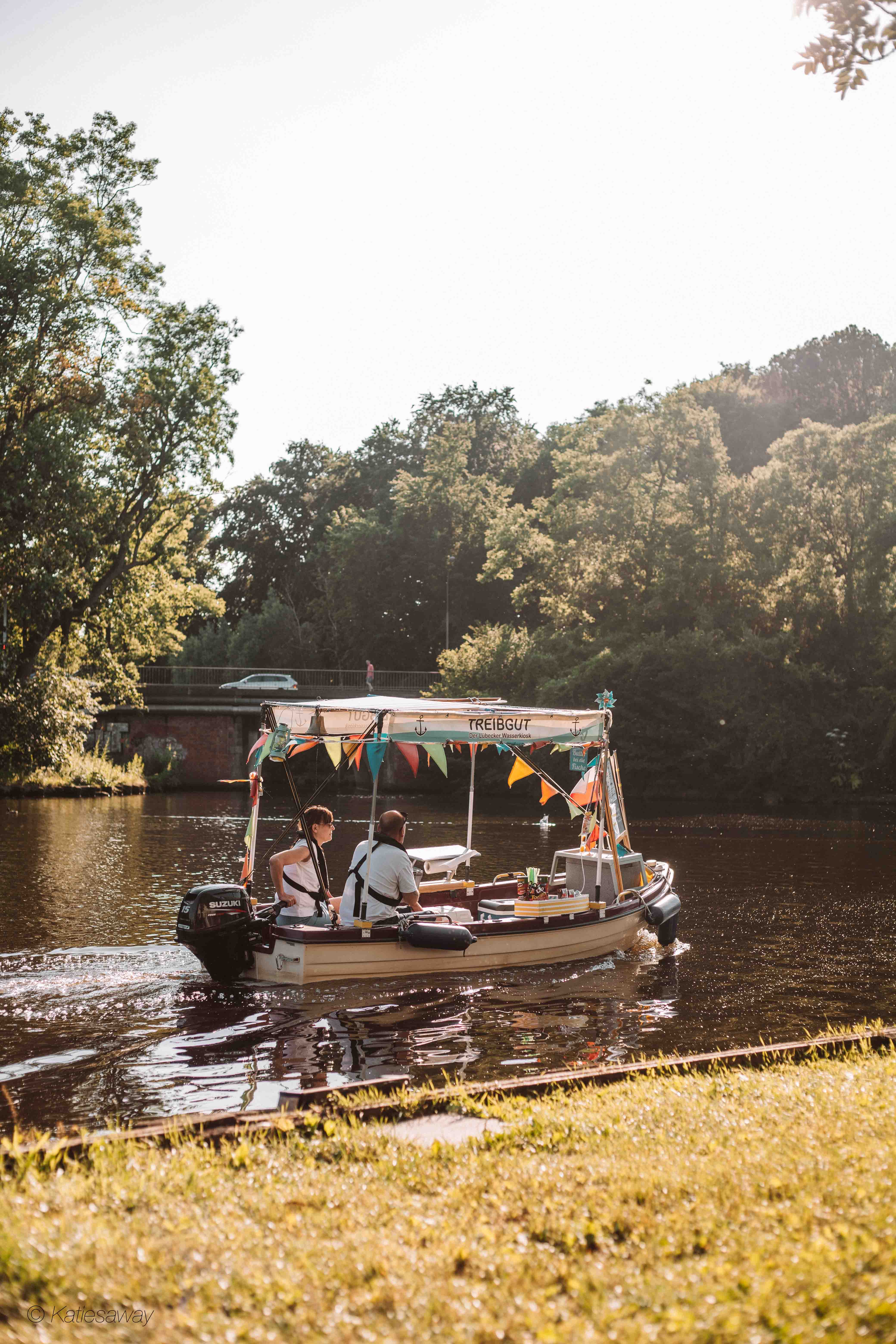
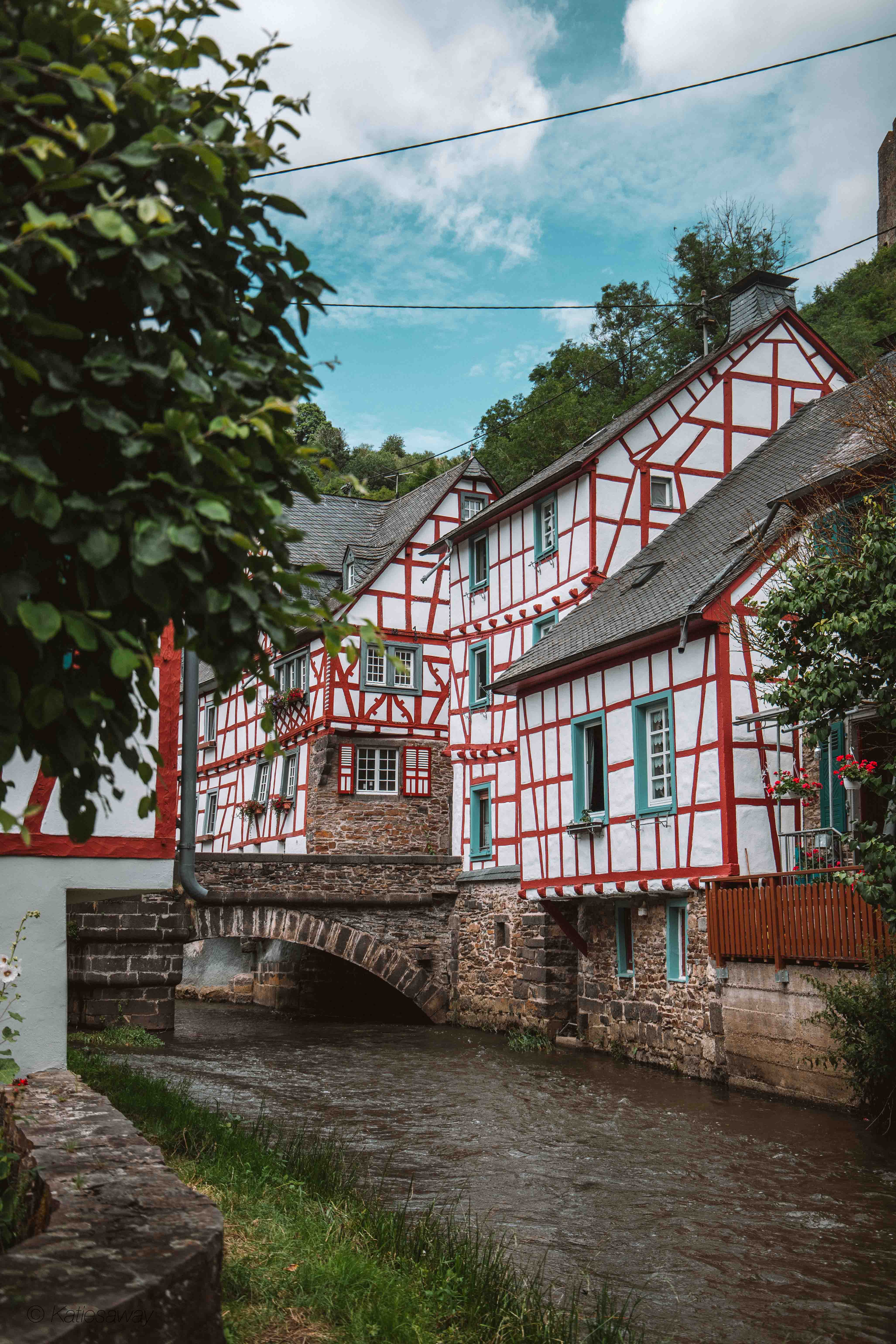
Please note that this post contains affiliate links meaning that if you make a purchase through the link, I receive a small commission at no additional cost to you. I make sure to only ever promote products and brands I have used and like, and that all links are to trusted websites.
General information about travelling to Germany
When to visit Germany
Germany is a great place to visit all your round! If you want to enjoy snowy mountains in Bavaria or wander through Christmas markets, then winter is the time to visit, but if you want to hike through vineyards, or enjoy the beaches, then spring to autumn suits you better!
This two week road trip itinerary through Germany is aimed at being done in the summer! It would also work well in the spring or autumn, but just make sure everything (such as the castles) is open when you plan to visit!
How to get to Germany
Germany is easily accessible from most countries! They have direct flights internationally to the bigger cities such as Berlin and Frankfurt. If you are travelling from Europe, Germany has great train and bus connections locally and internationally! Flixbus runs to the country, as well as the state-run Deutsche Bahn.
How to rent a car in Germany
Renting a car is quite easy in Germany! To rent the car you need a valid drivers’ license which is accepted by the German transport authority. You may wish to get an international drivers’ license. These are easily obtained from your local transport authority and usually cost no more than $20.
Where to rent a car in Germany
There are rental car companies in all major cities and at airports. A tool I recommend for renting a car is Rentalcars.com. They have a great comparison tool where you can find the cheapest rates for your destination! Sometimes, it is worth looking up smaller cities, or car counters in the city centre rather than the airport, to find cheaper options!
About this two week Germany itinerary
As I said before, this German itinerary can be done in 7 – 14 days depending on your preferences! The driving times between places vary from 1 to 4 hours, so it is easy to skip places or add in extras along the way. The itinerary focuses on finding the “local” in Germany, visiting smaller villages and exploring nature with day hikes.
The guide is written with the main titles being the city where we ended up sleeping, and subtitles being the road trip stops we saw between towns.
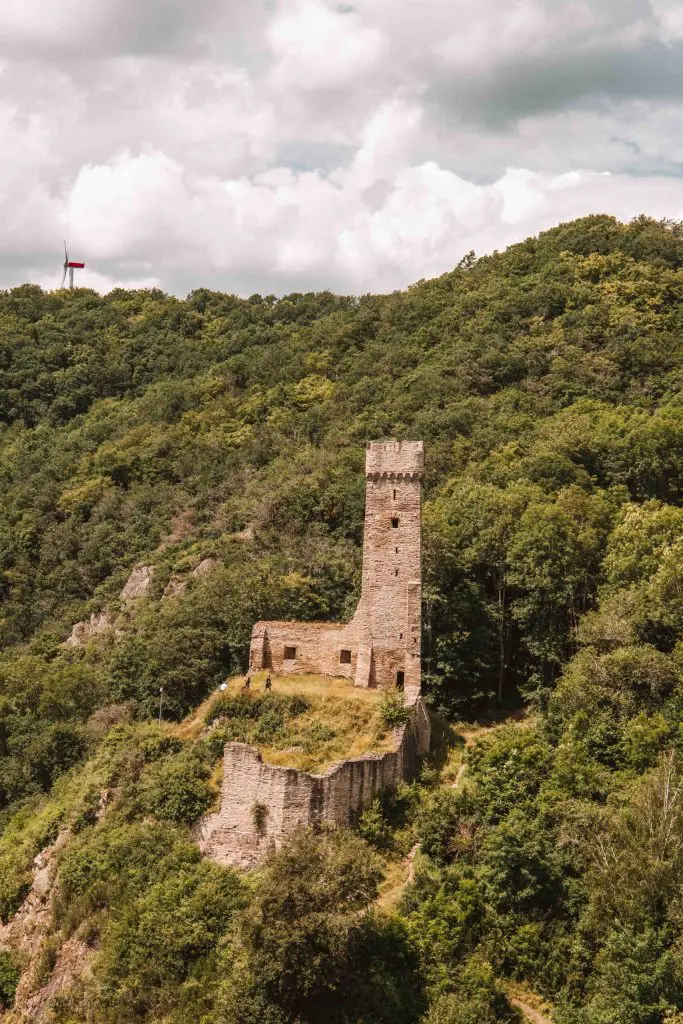
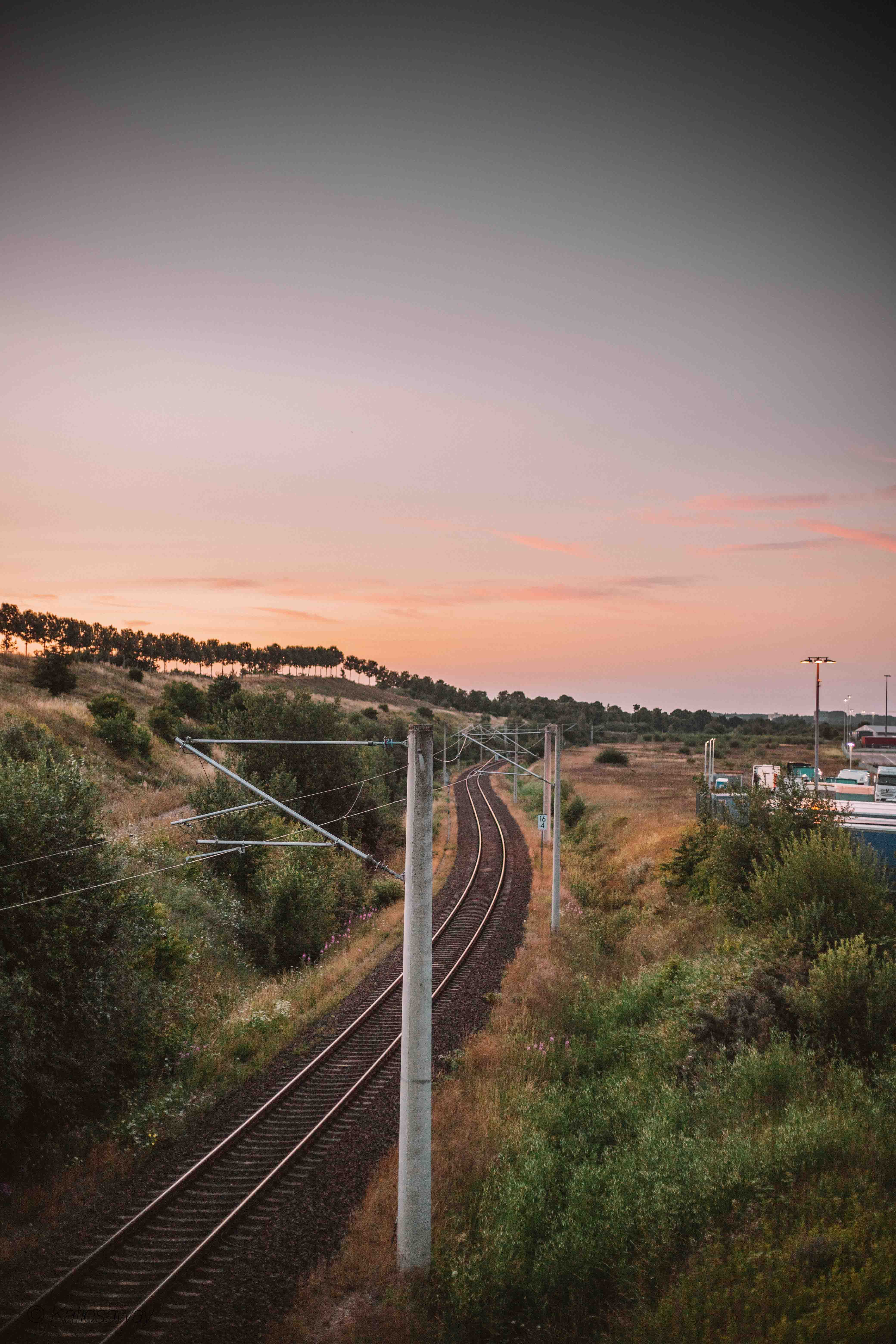
2 Week Germany Road Trip Itinerary
Lübeck (2 Days)
This road trip in Germany begins in the city of Lübeck. Located in Northern Germany, the city was once the head of a significant trading route, which is reflected today in its impressive brick gothic architecture. Just north of Lübeck is Travemünde, a lovely coastal village perfect for a beach holiday on the Baltic sea.
Day 1: Lübeck
Start your road trip in Lübeck. Spend your first day walking around the city, taking in the rich history and visiting the Altstadt (Old Town). Make sure to stop at Holstentor, Salzspeicher and the Hospital of the Holy Spirit. If you want an activity, visit the Lübeck Museum of Theater Puppets, Günter Grass Haus, or the European Hansemuseum. If you want to learn a little more about the history of the city then there are some great walking tours you can do! My personal recommendations are this tour of Lübecks architecture and local crafts or this tour which dives into the history of the Hanseatic city!
Lübeck is known as the city of Seven Towers, due to the seven different churches in the city centre that tower over the skyline. Make sure to add these to your walking tour! If you want a little bit of fun, sign up for this scavenger hunt which takes you to some really cool spots around the city!
In sunny weather, walk down to Mühlenteich and take a walk around the canal, or take a drink at one of the bars along with An d. Obertrave. Alternatively, sit by the canal and buy a drink from one of the boat bars that circle around the water. In the summertime, you can also hire a boat by the canal and explore the city from the water yourself!
Make sure to read this post if you want a more detailed guide to Lübeck!
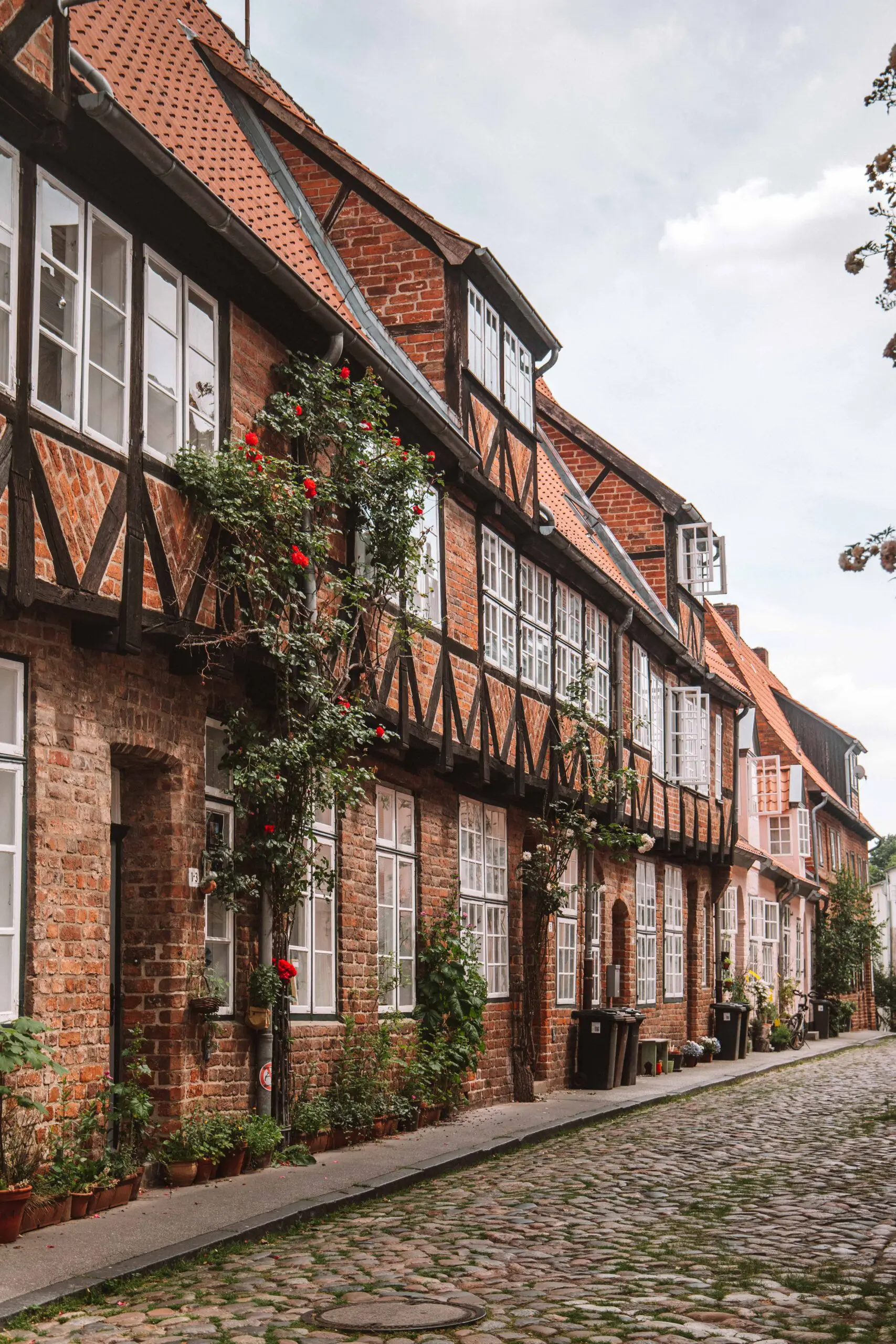
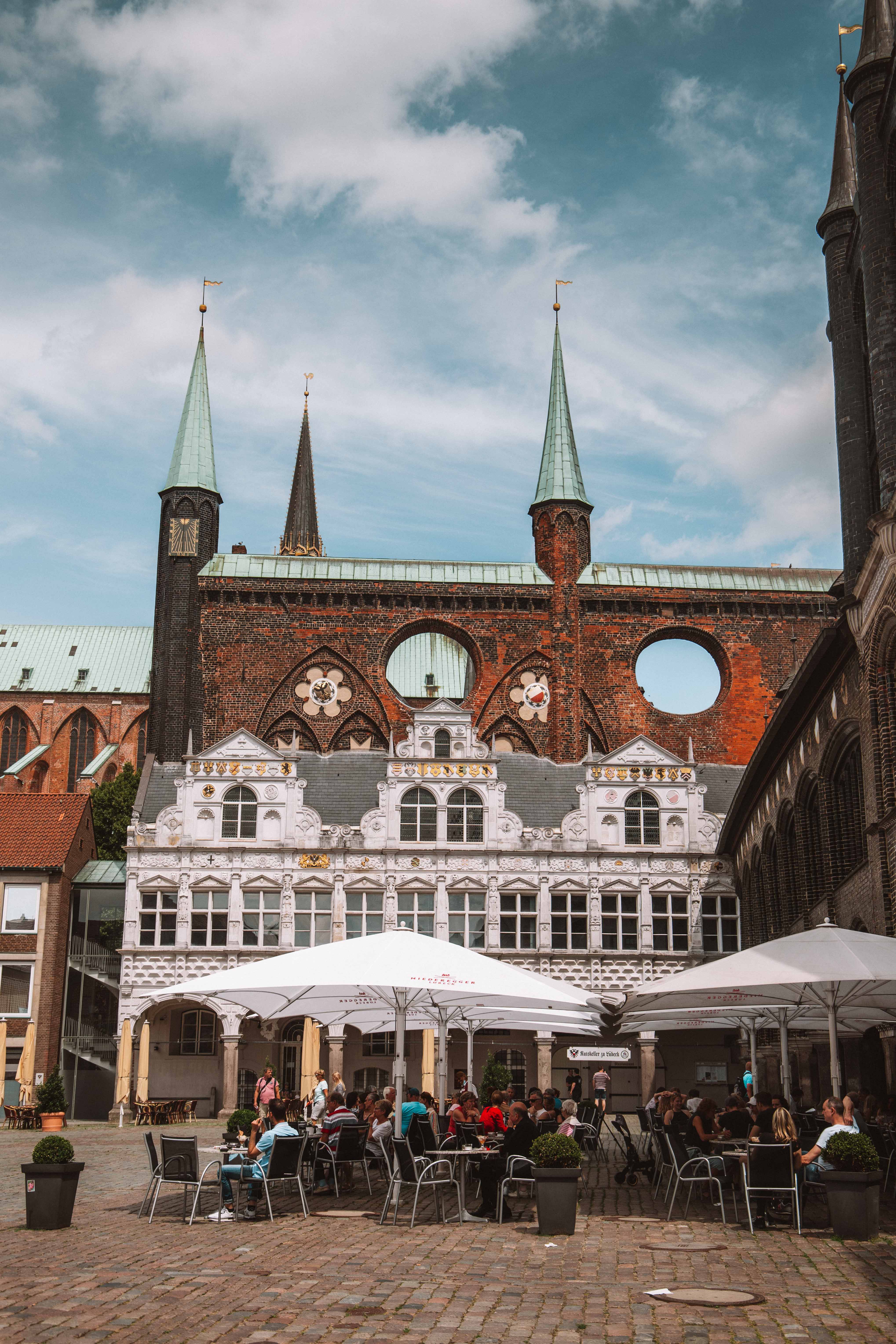
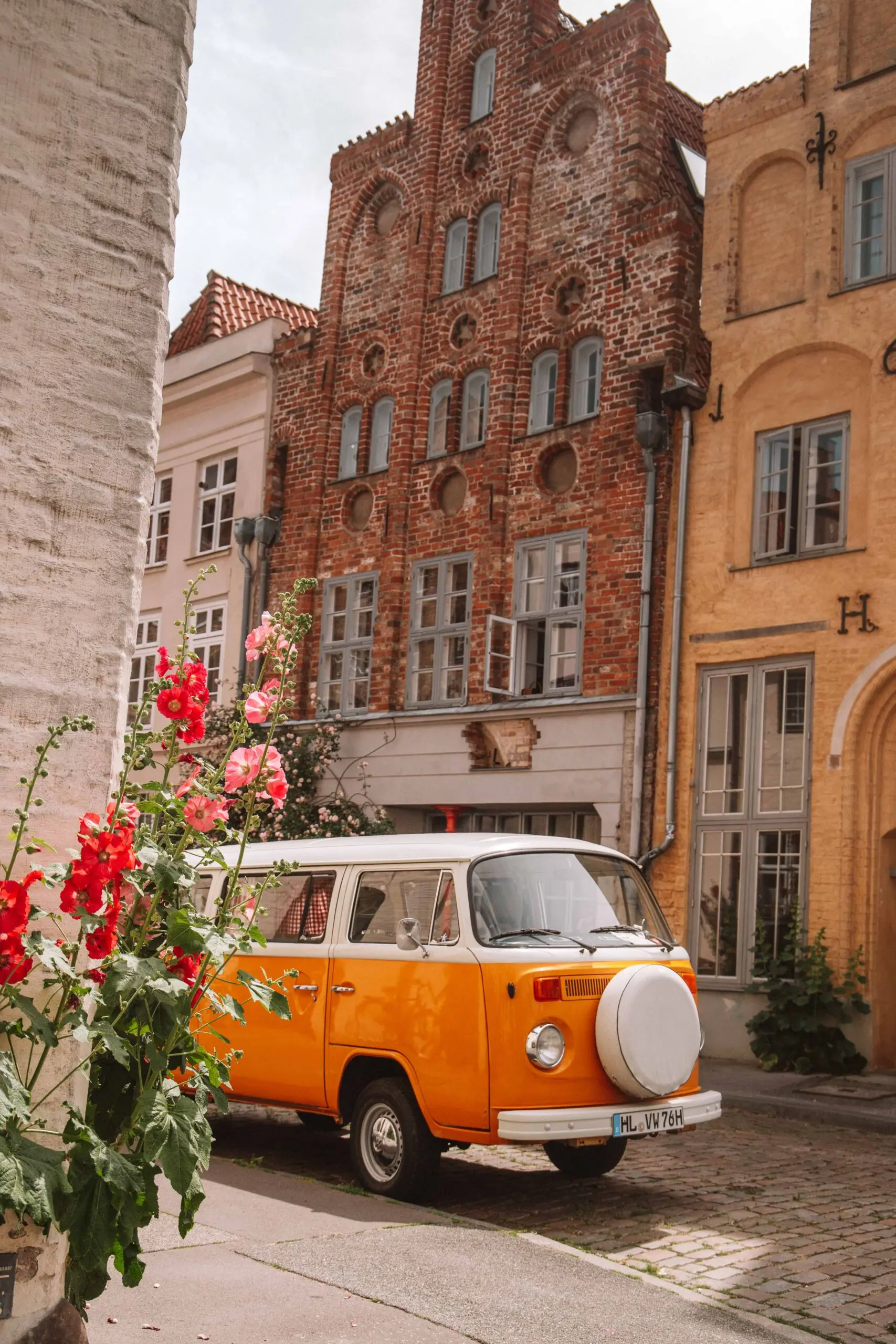
Day 2: Travemünde
On your second day, take a day trip north to the town of Travemünde. In this seaside town, you can really feel the summer vibes. Start down by the beach at Travemünde Strand, hire one of the beach huts for the day, and spend the afternoon wandering around the town.
Head back to Lübeck in the evening for a nice dinner in the city and get ready to really begin your two week road trip through Germany tomorrow!
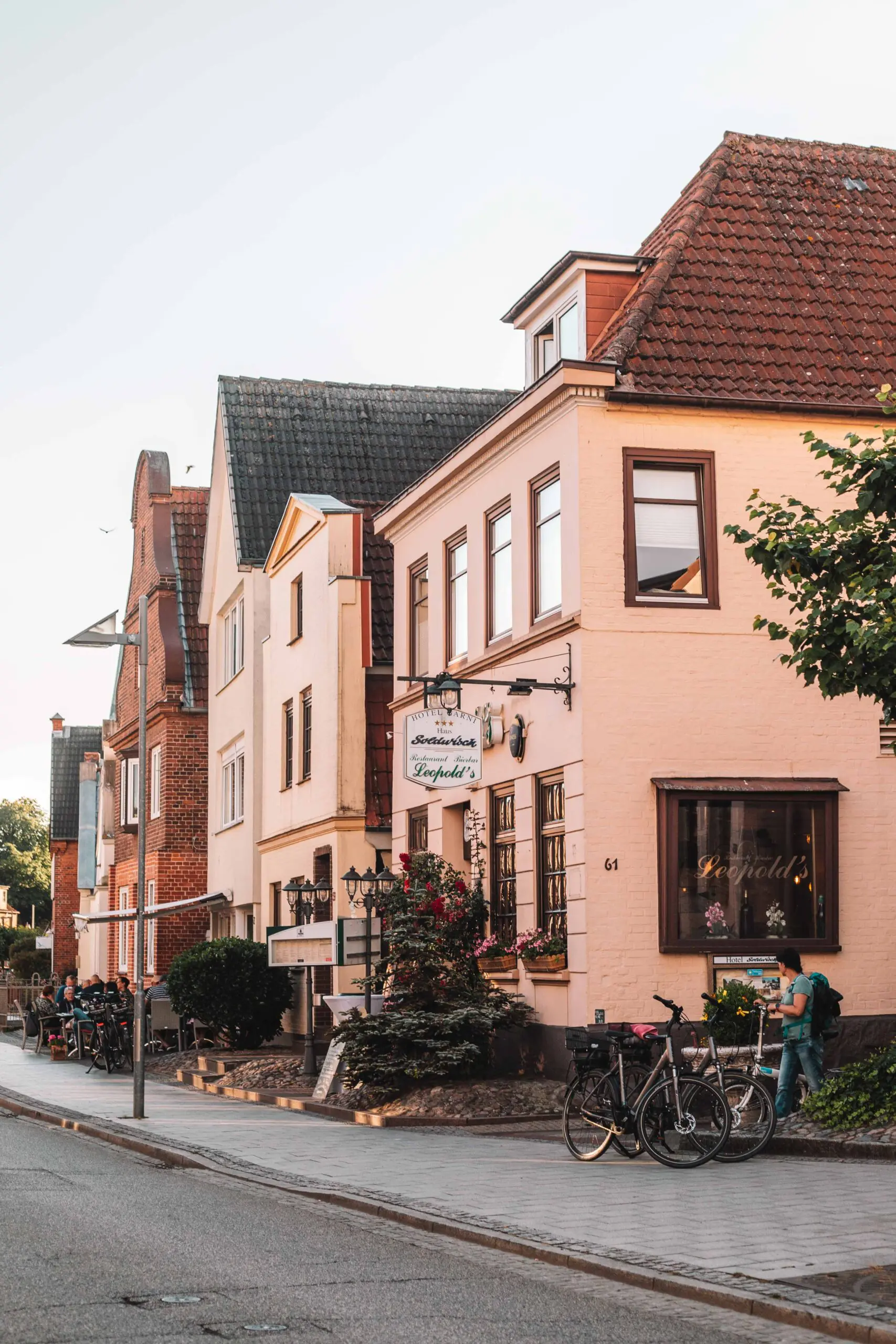
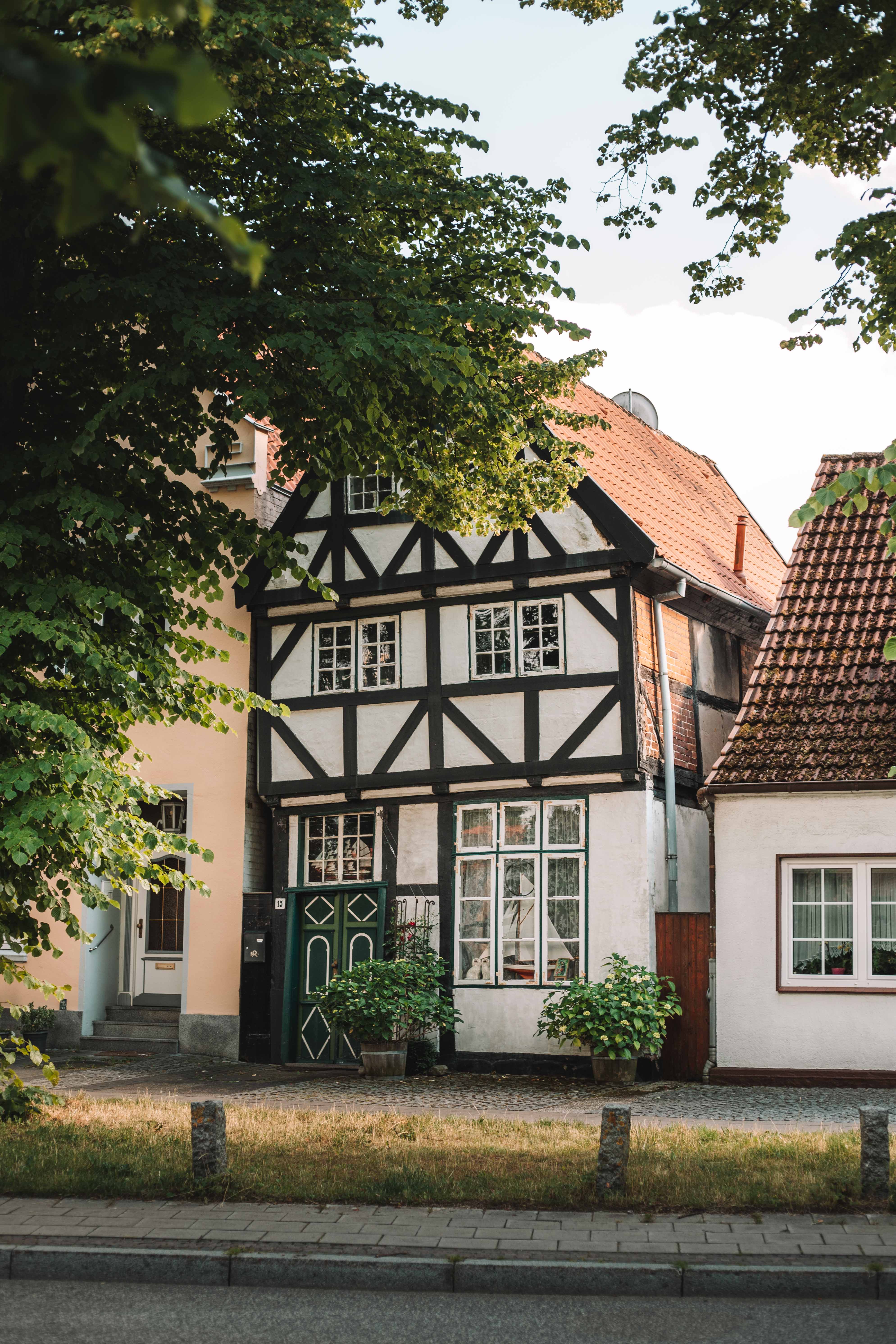
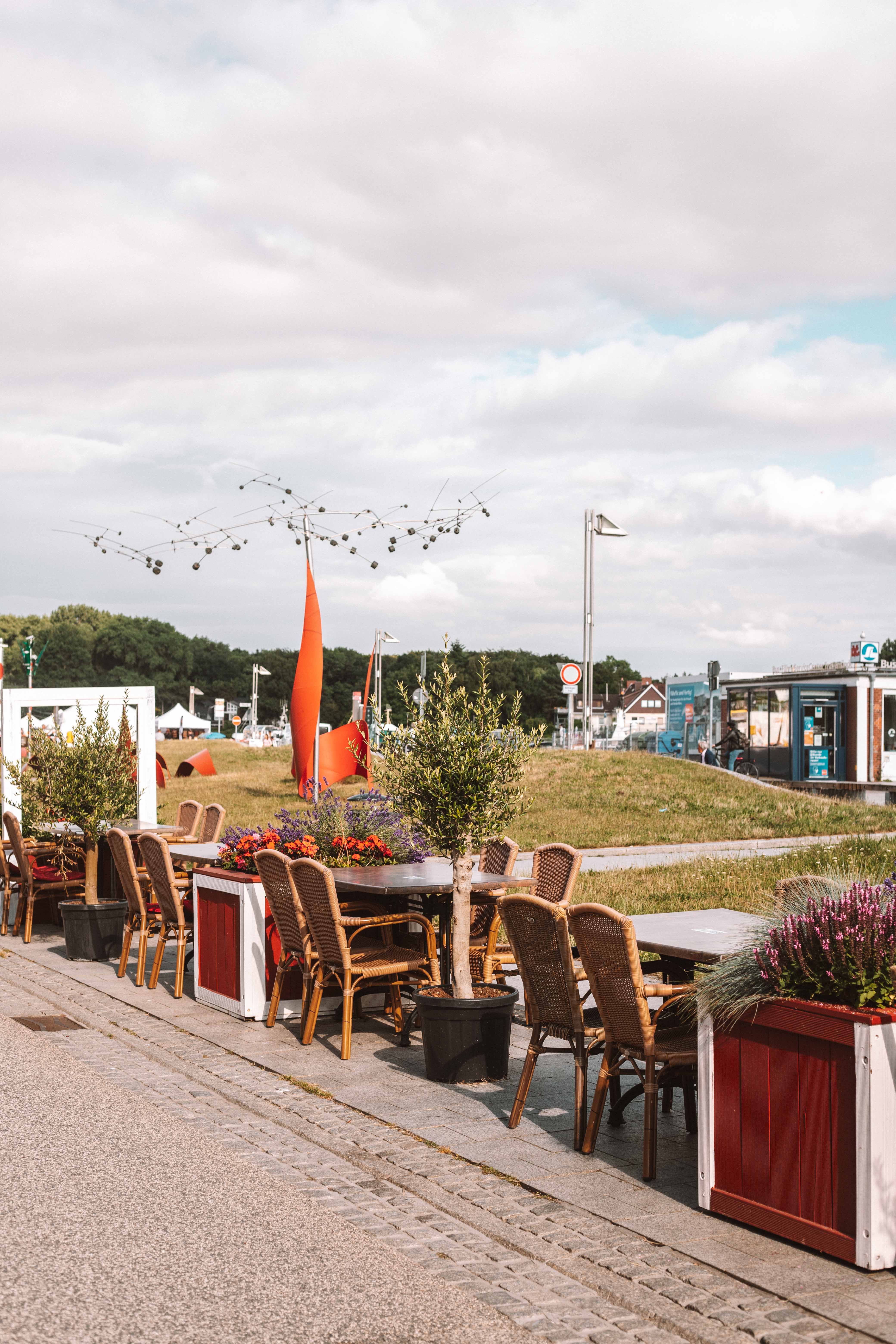
Celle (1 Day)
Day 3: Lübeck to Celle
Start the third day of your road trip early, driving from Lübeck to Lüneburg. It takes 1 hour and 20 minutes to get from Lübeck to Lüneburg, driving mostly along the highway. If you are doing this 2 week Germany itinerary using public transport then the best way to travel is to take the train from Lübeck to Hamburg () and then take the train from Hamburg to Lüneburg (36 minutes).
First Stop: Lüneburg
Lüneberg is another fairytale village, filled with cobbled streets and unusual stone cottages. This was a city we were recommended to add to our Germany itinerary by so many different people! I am glad we did as it ended up being one of my favourites along the trip! Make sure to walk down
Stintmarkt, the medieval fishing harbour once filled with traders unloading salt and pickled herring. If you fancy a walk, head to Lüneburg heath, a beautiful meadow covered in purple heath. There are lots of different walking and cycling paths here to enjoy! Alternatively, head to Lüne Abbey, a benedictine monastery dating back to the 12th century. Inside you can take a guided tour or visit the textile museum which gives great insight into the history of the village.
Second Stop: Celle
From Lüneburg to Celle is a 1 hour and 20-minute drive. If you are taking public transport, there is a direct train from Lüneburg to Celle which takes 36 minutes.
Celle is a beautiful town, its streets lined with traditional German timber houses. In fact, it is the place with the most concentrated collection of half-timbered houses in the world! It is amazing to see, you definitely feel transported back in time when wandering around the streets of Celle! Celle is also home to Ducal Palace, one of the most beautiful castles in northern Germany! It is a must on your Celle itinerary!
Spend the evening in Celle, soaking in the small town and trying some local cuisine.
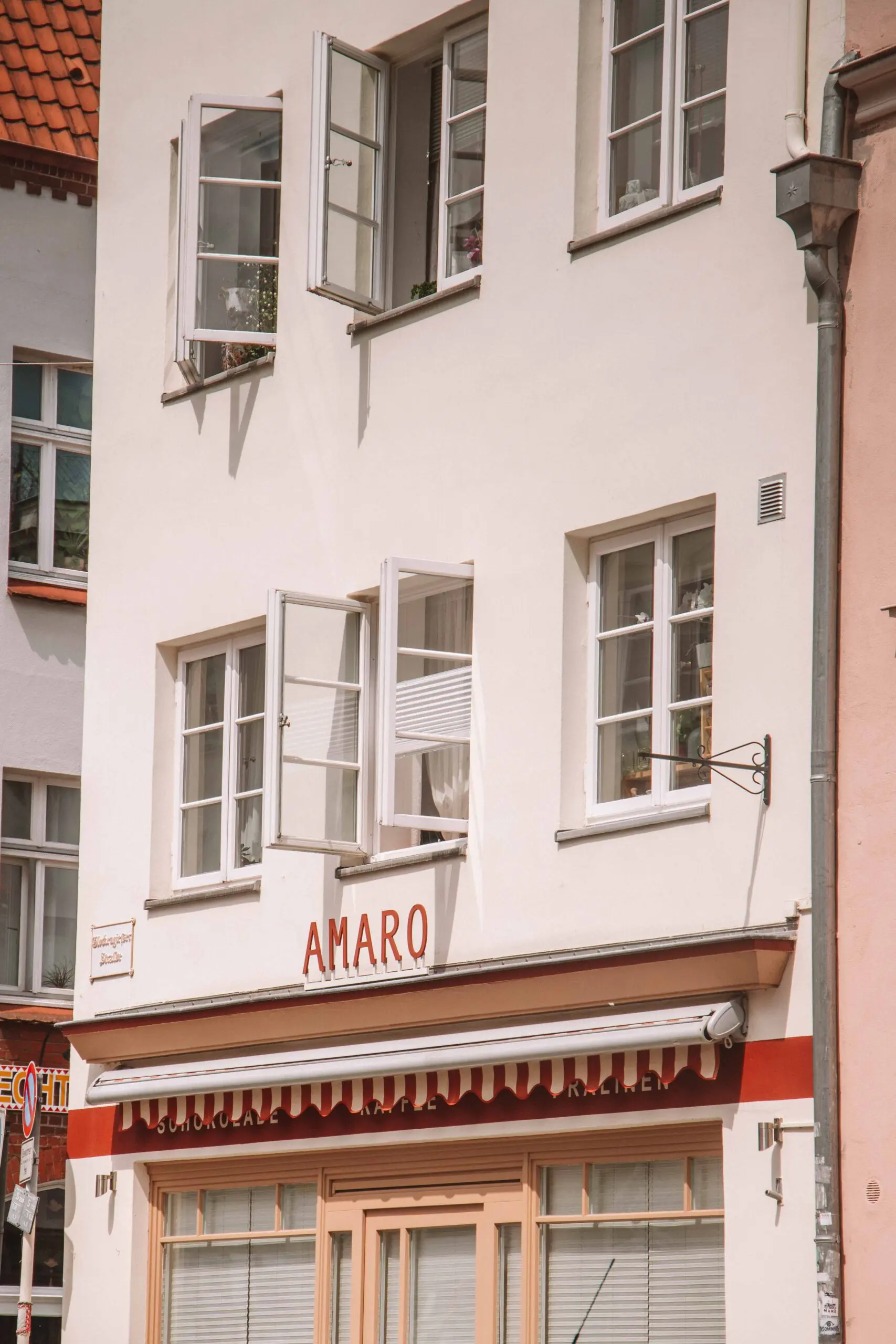
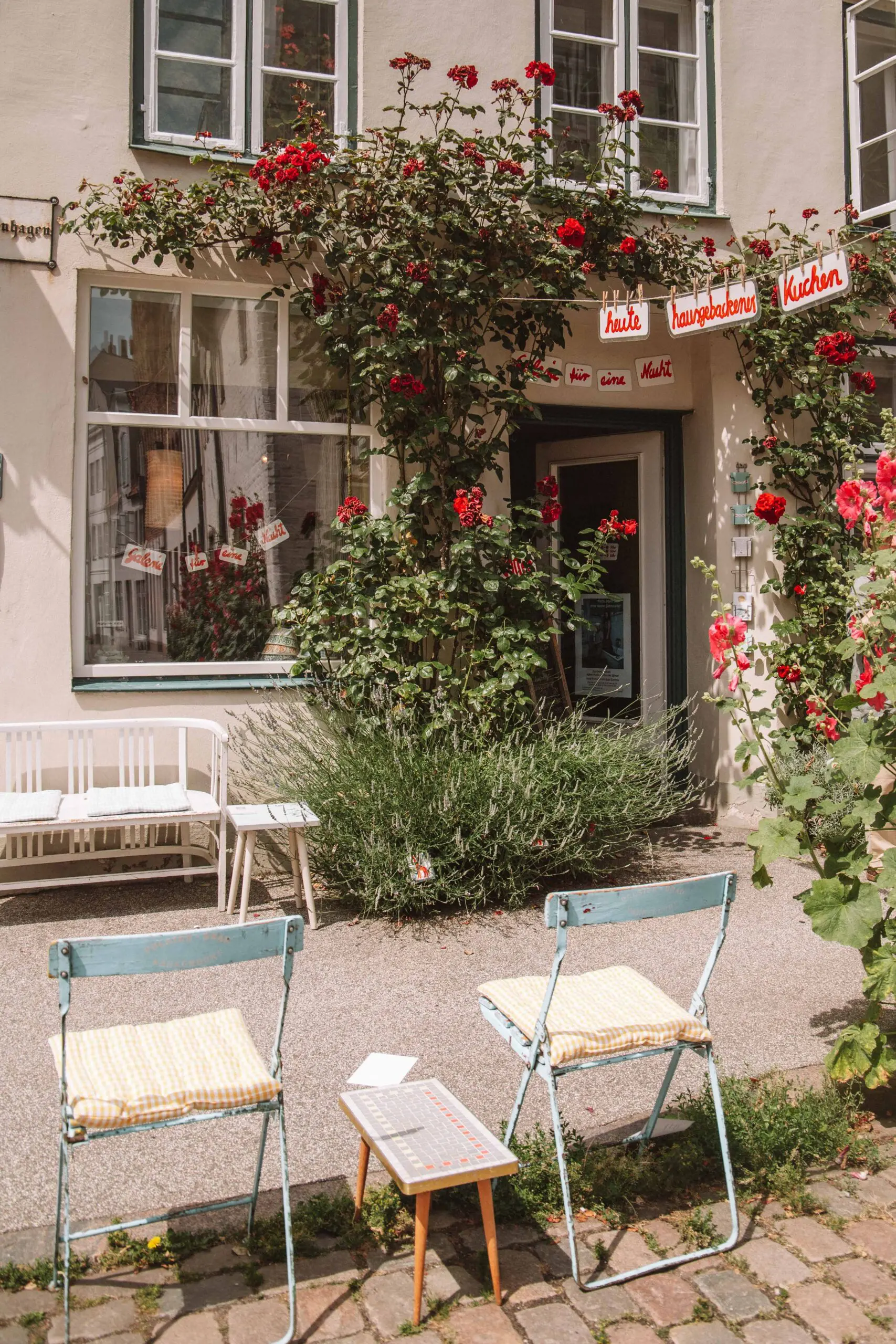
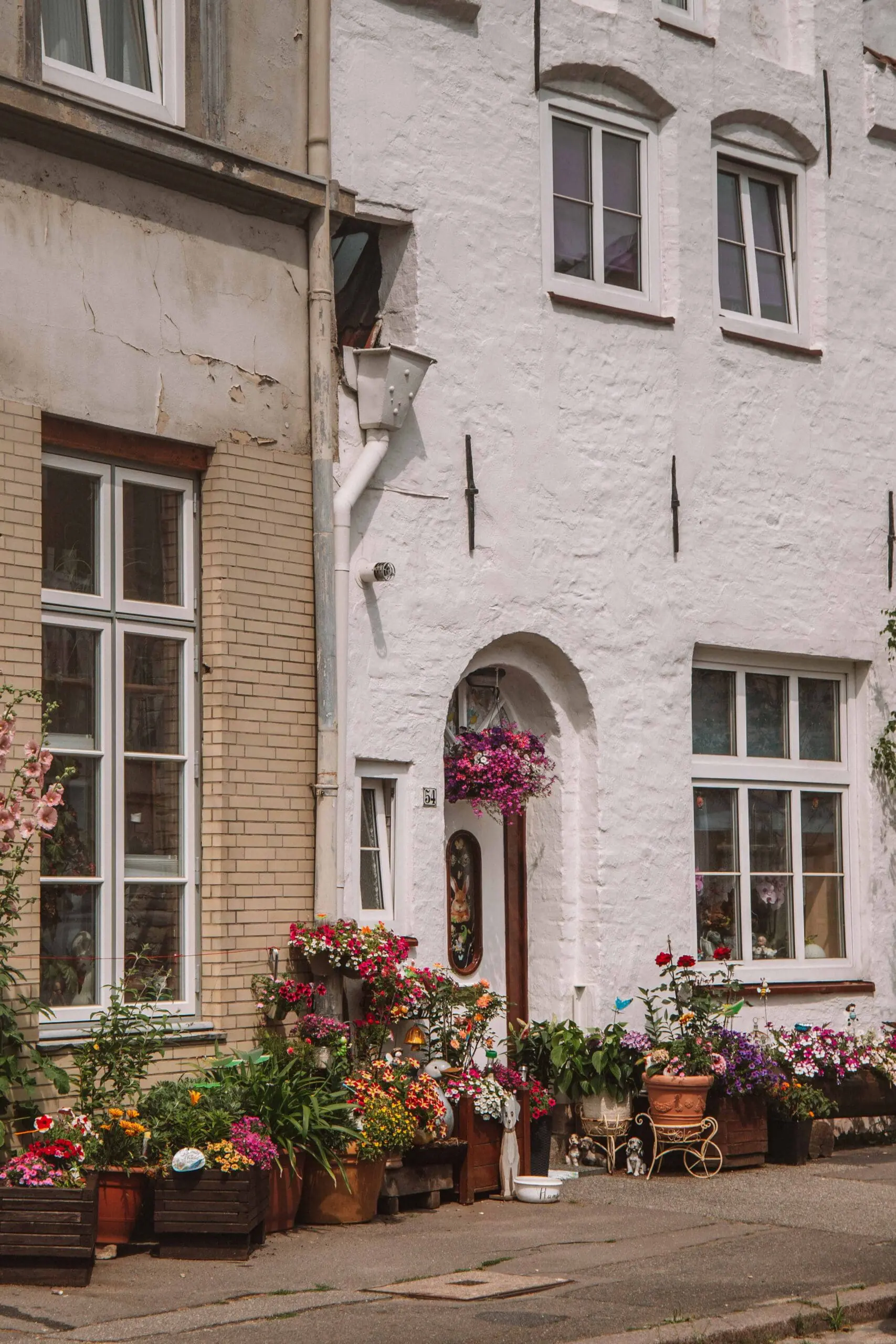
Cologne (2 Days)
Day 4: Celle to Cologne
The next day starts in Celle, driving down towards Cologne. In total, this drive takes 3 hours and 40 minutes, however, we make a stop along the way to break it up!
The first stop on day 4 of this road trip itinerary is Externsteine Straße. It takes 2 hours to drive from Celle. Unfortunately, this stop is not possible with public transport as it involves too many changes in buses and trains. Instead, you could swap it out for a stop in Hanover, a quite beautiful big city. The train takes 18 minutes to Hanover, and a further 2 hours and 40 minutes to Cologne.
First Stop: Externsteine Straße
Externsteine Straße is a fascinating place. It is home to a natural rock formation, located in the middle of a beautiful forest. These rocks have a very special cultural and historical relevance in Germany, used for many different purposes over the years, with a history dating back to 1093. There is little scientific evidence for what these stones were used for, only myths and legends that circle around the area. However, it is known that they were used as a place of worship, almost Germany’s version of Stonehenge.
Today, you can stroll around the woodland, and climb the stones themselves. On each rock, a staircase is carved out, with a bridge linking the two larger. You will want to spend 1 – 2 hours exploring this area.
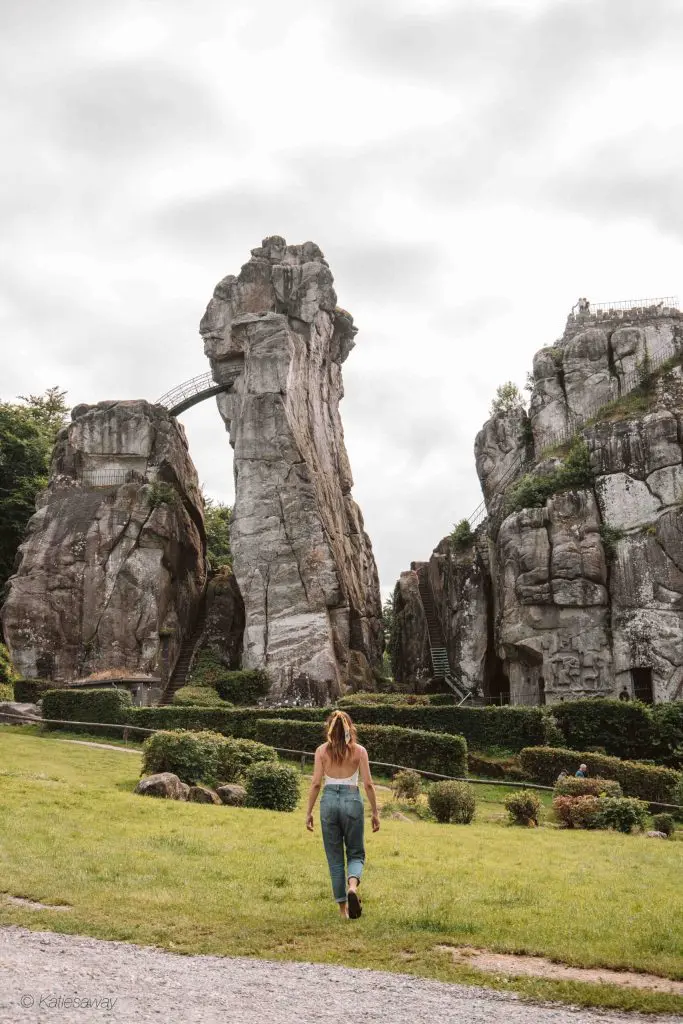
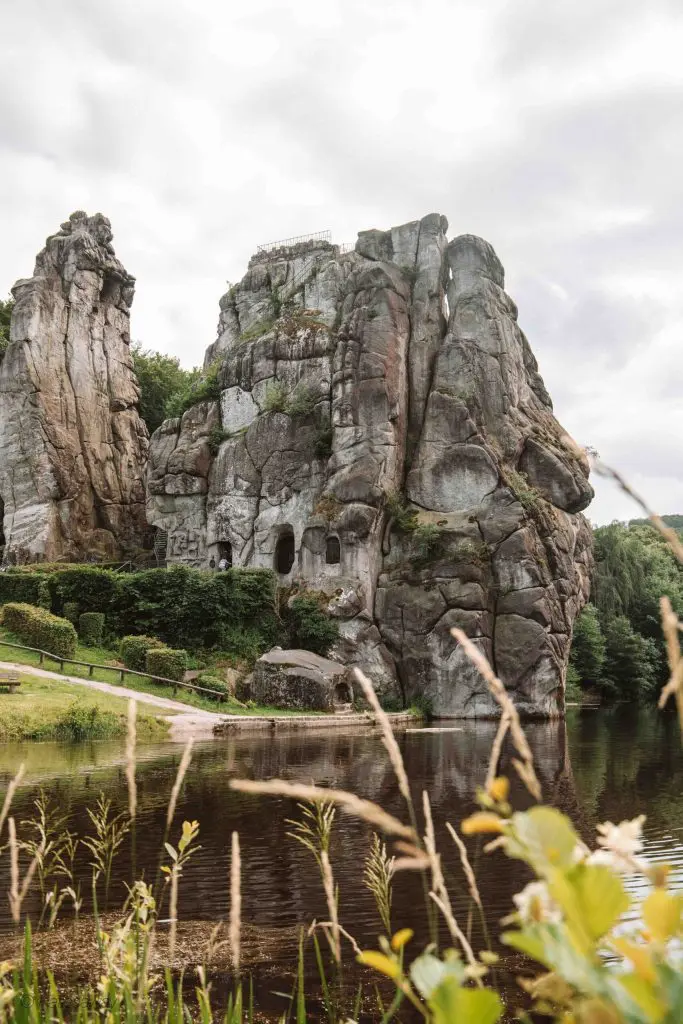
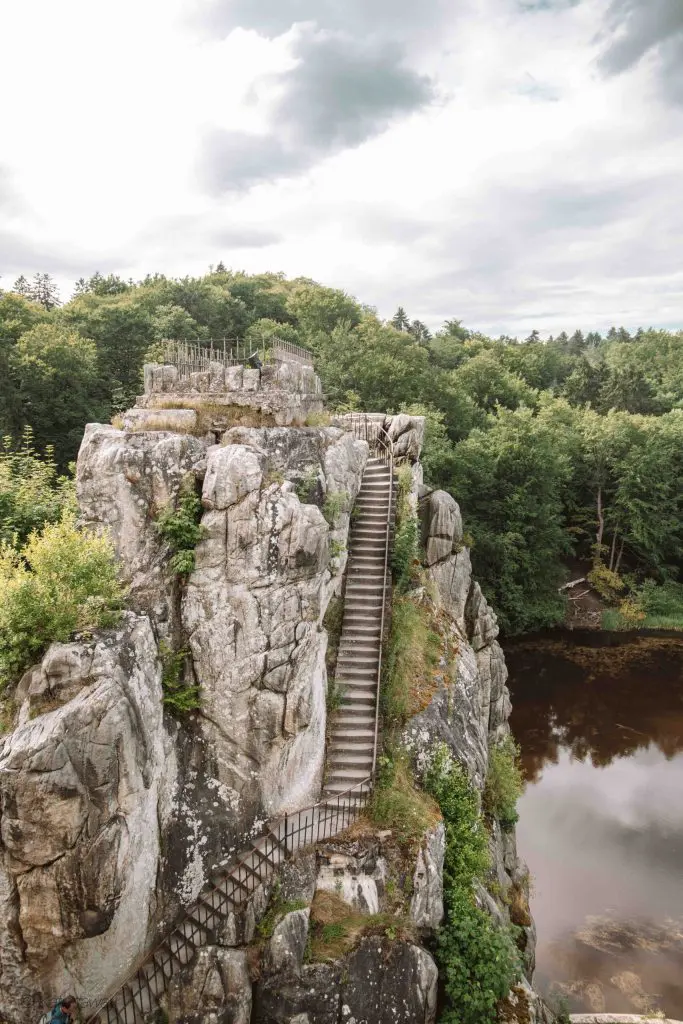
Second Stop: Cologne
In the afternoon, start the drive down to Cologne. This takes around 2 and a half hours. Once in Cologne, spend this first evening wandering around the city. Make sure to visit the famous Cologne Cathedral, a gothic church that has held the reliquary of the three kings since the 12th century. If you are feeling up to it, climb up the tower to get amazing views over the city! Another fun way to spend the afternoon is by doing a historical tour of Cologne which takes you to the Cathedral and other important sites in the city! This is a great way to learn more about Cologne before a day of exploring tomorrow! You can find my personal recommendation here!
Head into Cologne’s old town for a dinner in the heart of this fairytale city.
Day 5: Cologne
Spend day 5 exploring Cologne! A great way to travel around Cologne is to purchase the Cologne card! This costs €9 per person and gives you free transport around the city and discounts on most attractions! You can buy it in advance here to save you time later!
The best things to do in Cologne
There is so much to see and do in Cologne that it can be hard to fit it all into one day! If you enjoy walking around and looking at the sights, then make sure to wander past Groß St. Martin (Great St Martin Church). This beautiful building was built in the 12th century and is spectacular to see, towering above the colourful houses at Fischmarkt (Fish Market).
Another thing you can’t miss is Cologne Cable Car (Rhein-Seilbahn). This runs from Cologne Zoo and Botanical Gardens in the North, to Rhein Park in the south. The views here are amazing as you pass over the Rhein River. Rhein Park is a great place for a picnic, with a big grass meadow and beach that looks back towards the Cologne skyline.
Another great activity is taking a boat trip down the Rhine. This is an amazing way to see the city from a different angle and start your journey on the Rhine, a river that we will follow for the next week of this road trip in Germany. We took this 3-hour river cruise which was the perfect way to see the city!
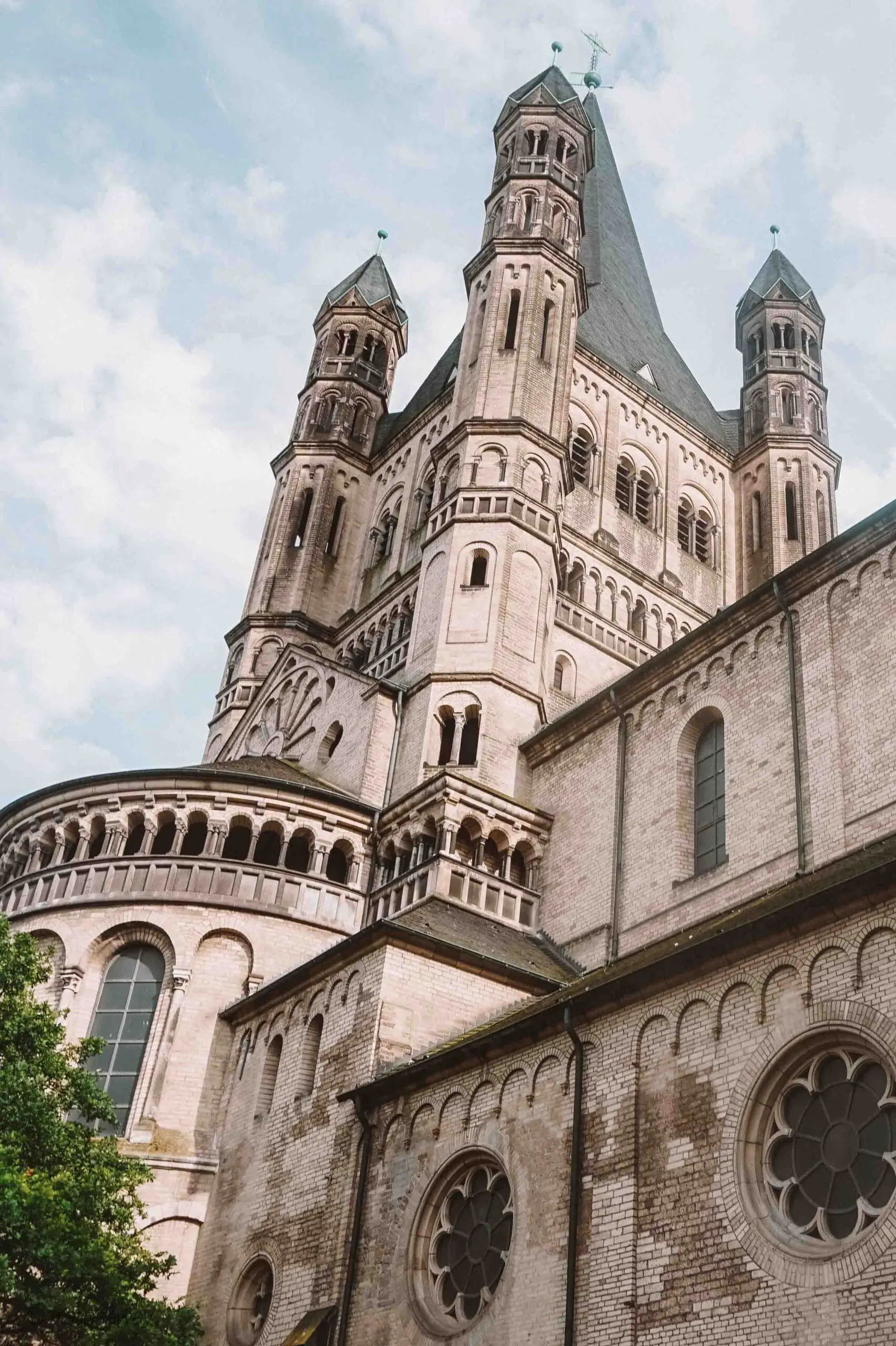
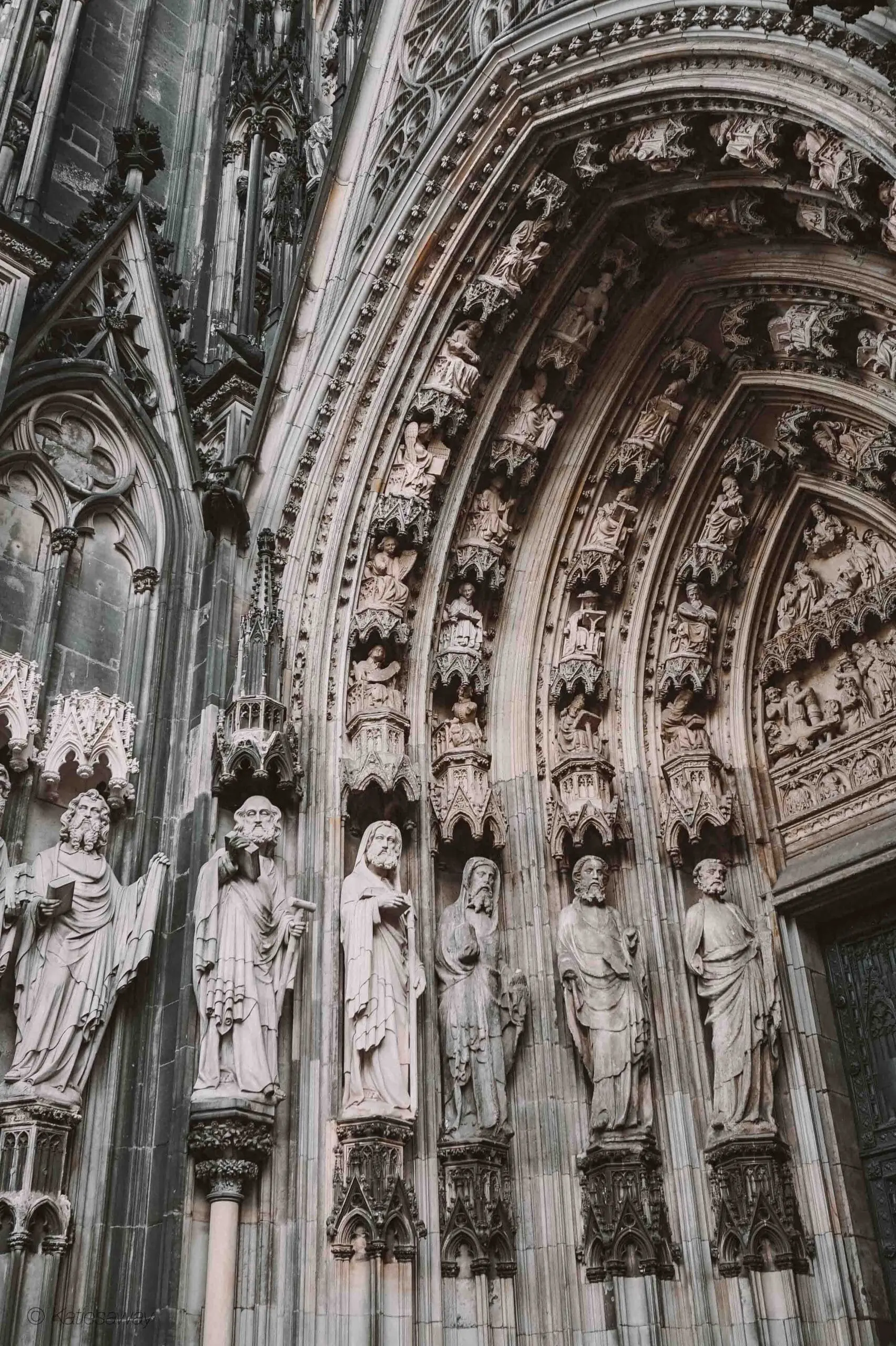
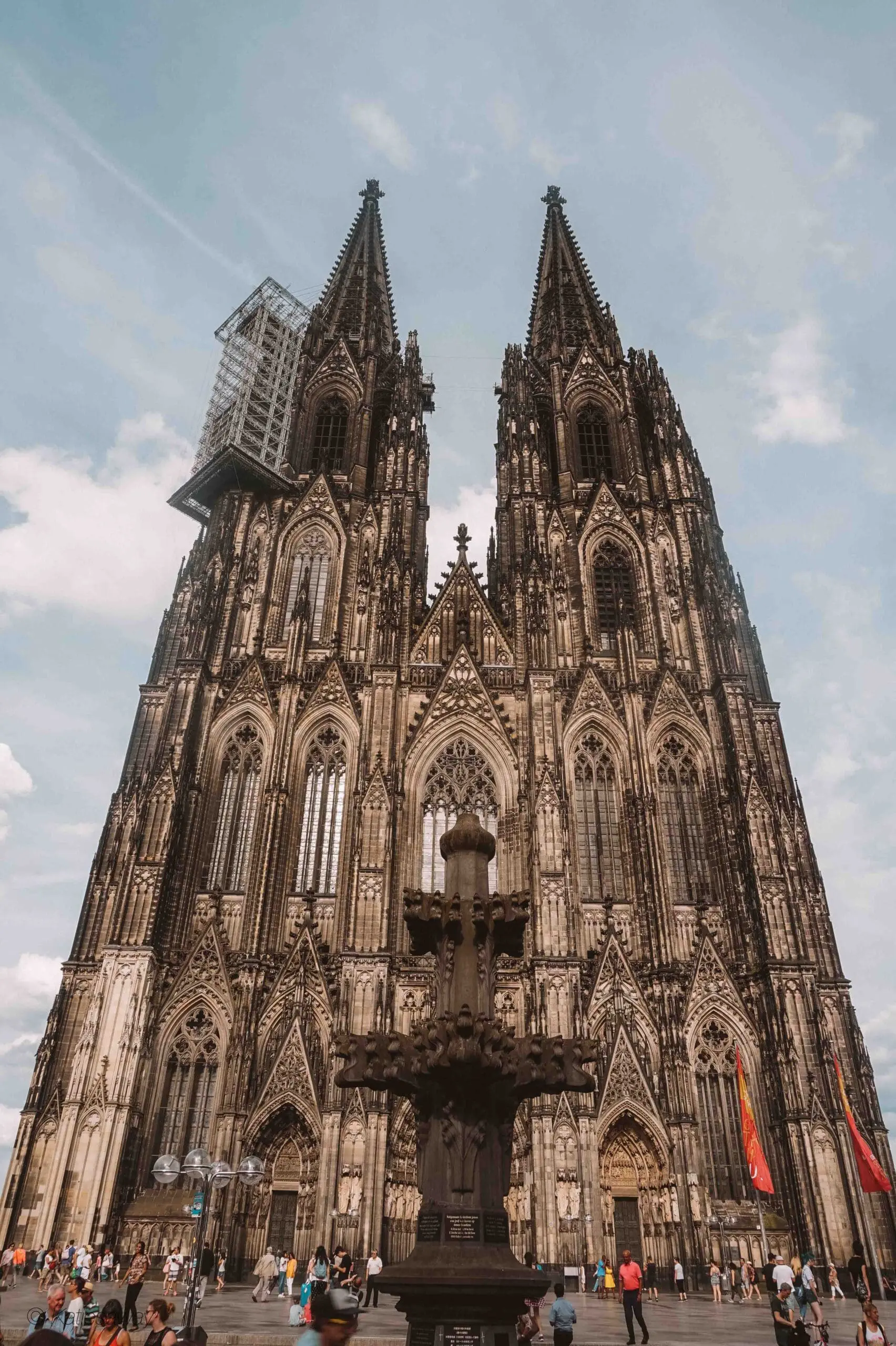
The best museums in Cologne
If you enjoy museums, then make sure to visit The Cologne Chocolate Museum (Schokoladenmuseum Köln). This is a great museum that takes you through the process of making chocolate, with exhibitions about where the beans are grown as well as speciality exhibitions about sustainable, ecological farming of other products such as coffee. You can skip the queue and buy your ticket in advance through Get Your Guide!
Another great museum to visit is the Farina Fragrance Museum (Duftmuseum im Farina Haus). This delves into the history of the famous perfume industry in Cologne, where “cologne” itself originates. Entry to this museum is free when you have the Köln card!
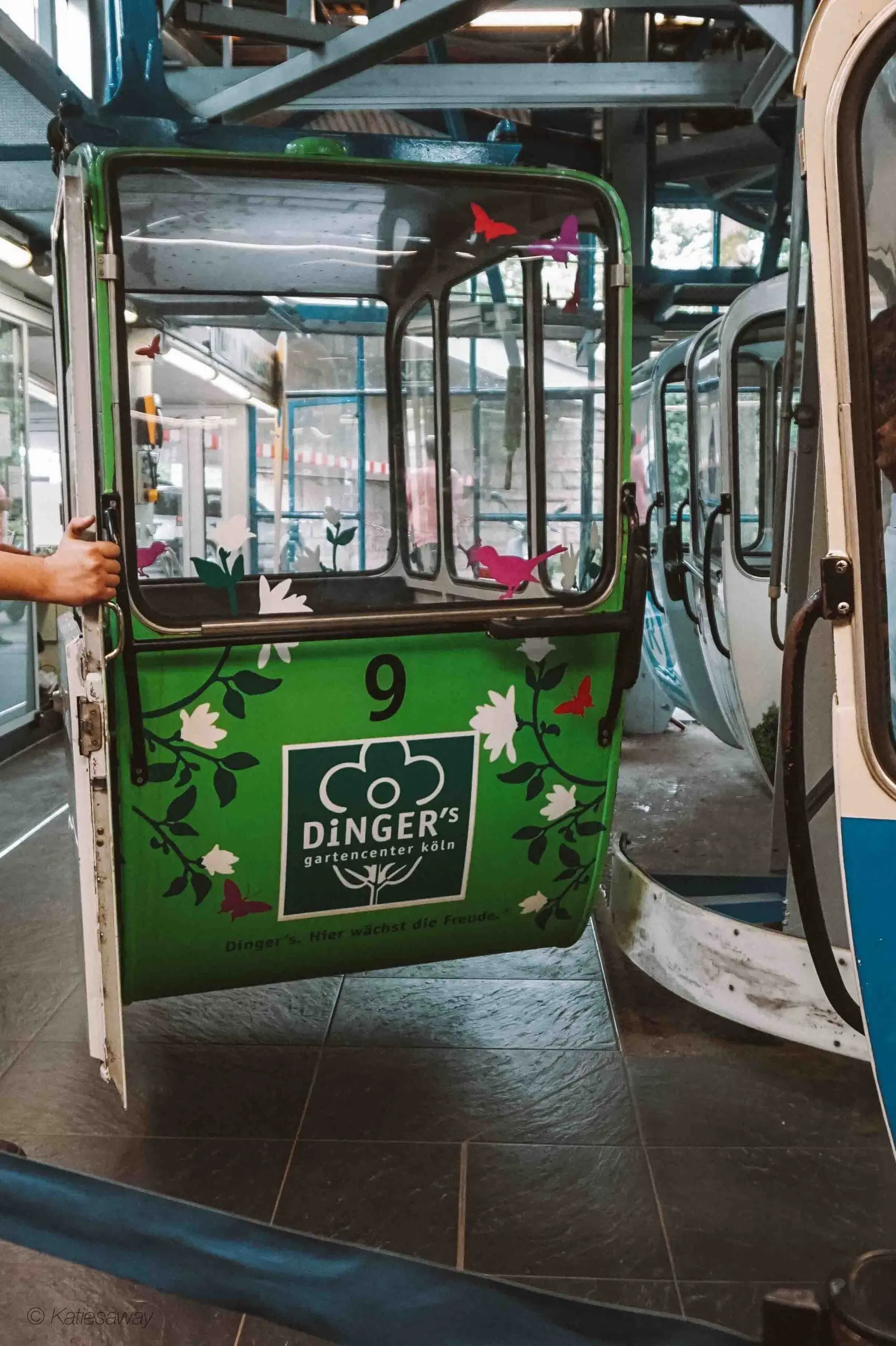
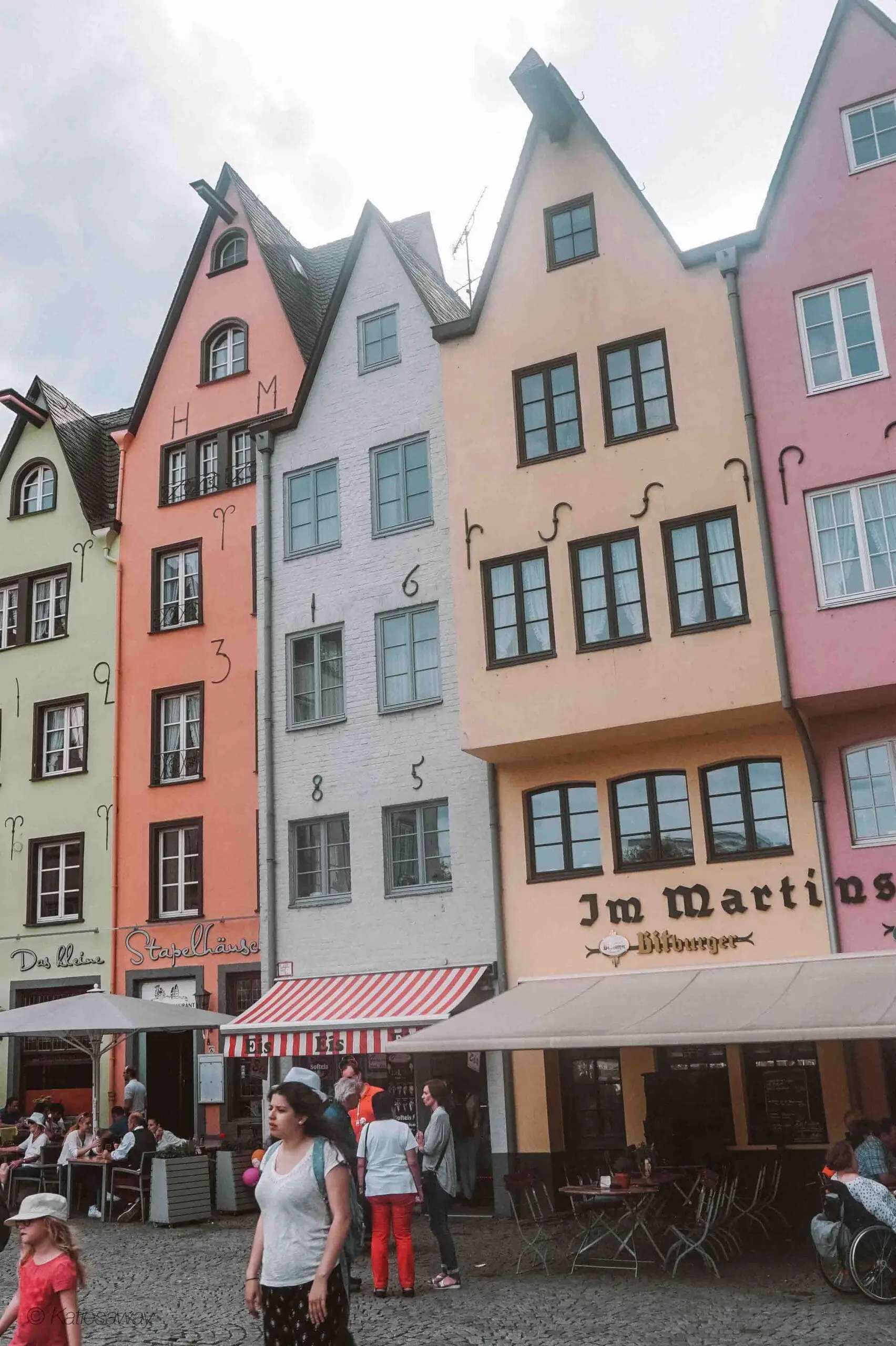
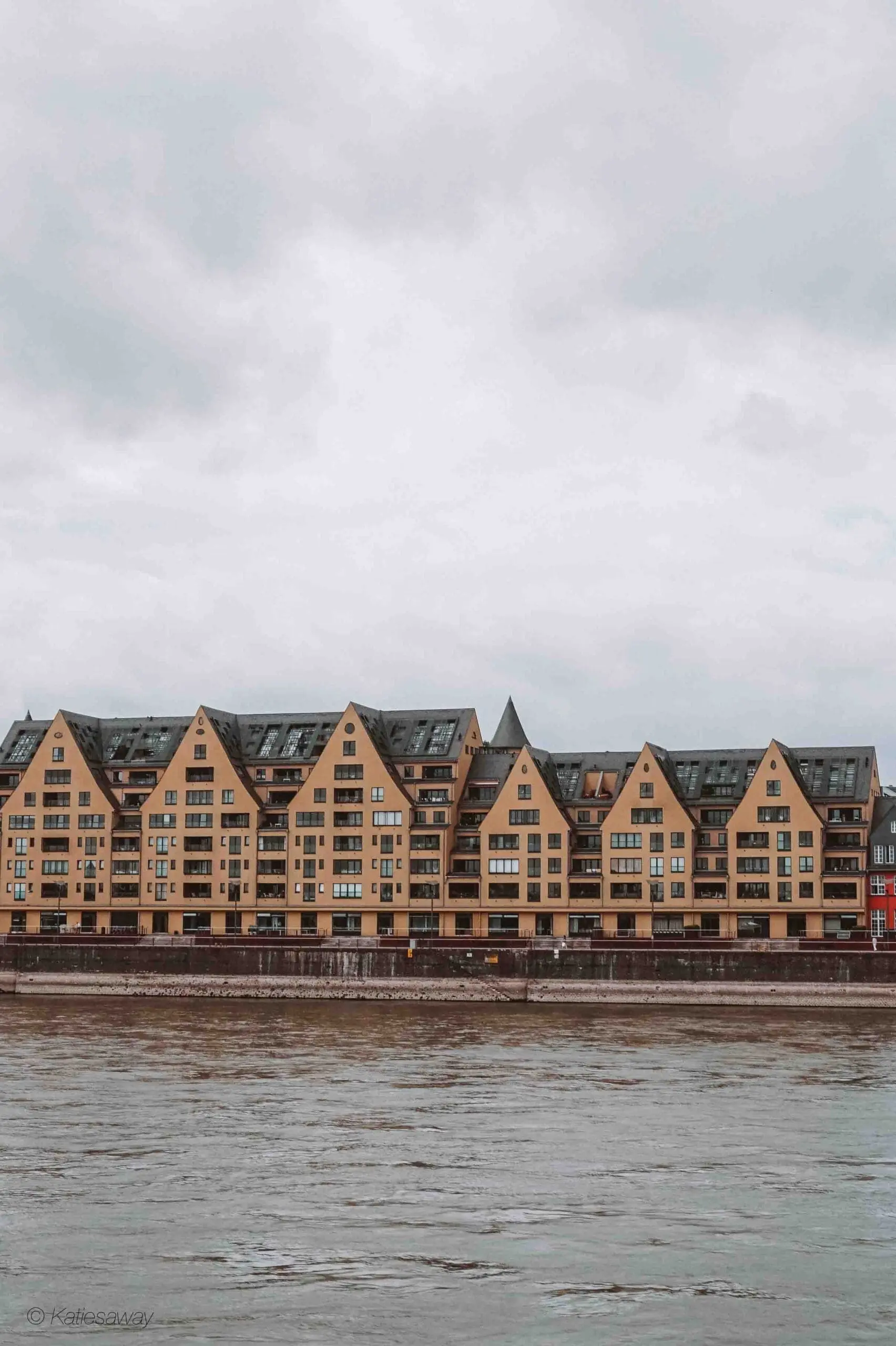
Ahr Valley (3 Days)
Day 6: Cologne to Ahrweiler
On day 6 we head from Cologne to the famous German wine region of Ahrtal, or the Ahr Valley. This was my personal favourite stop on our road trip. This beautiful little valley is home to some of the most beautiful walks through the vineyards, with some really unique wineries and castles along the way.
Start the day by driving from Cologne to Ahrweiler. I recommend booking accommodation either here or in Altenahr as these are the two biggest towns in the area. You want to make the most of your time in the Ahr Valley so try and get here early so you have the whole day to explore! This is a 50 minute drive! Alternatively, the train takes 1 hour and 25 minutes. We stayed at Hotel Rodderhof in Ahrweiler and has a lovely experience!
In the Ahr Valley, it is super easy to get around using public transport! Although we had a car we still chose to take the train every day. Upon arrival, our hotel gave us an Ahr Valley tourist card which meant that the public transport was free.
What to do in the Ahr Valley
The best things to do in the Ahr Valley are hiking, wine tasting, and simply enjoying the scenery. On your first day in the Ahr Valley, I recommend walking along the Ahrsteig track. This leads from Mayschoß to Rech via the beautiful, hilltop Saffenburg castle ruin. The best thing about this hike is the amazing scenery in combination with the wine vending machine just outside the castle ruin! If you do this walk in the late afternoon, you can sit with a glass of wine, watching the sunset over the valley.
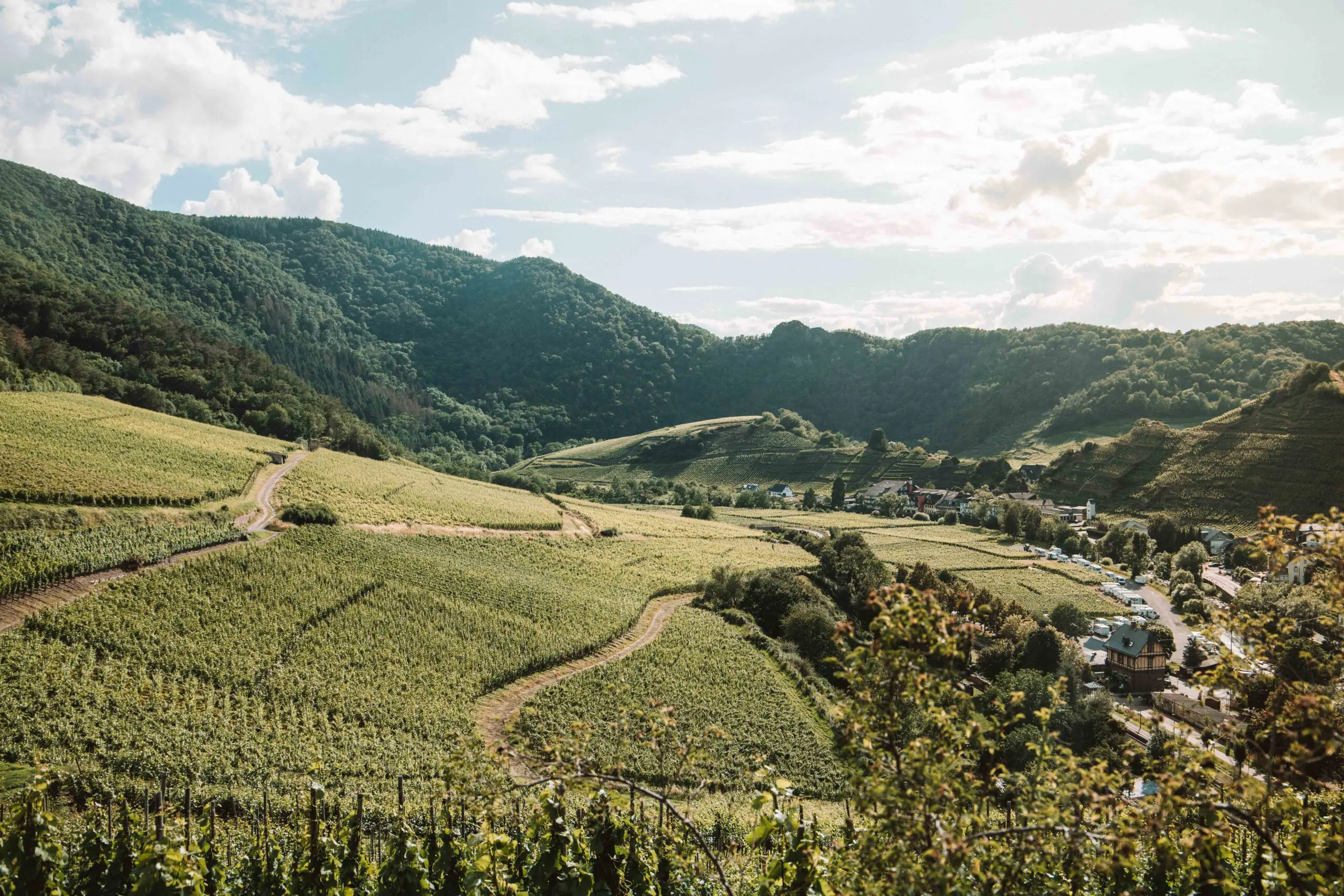
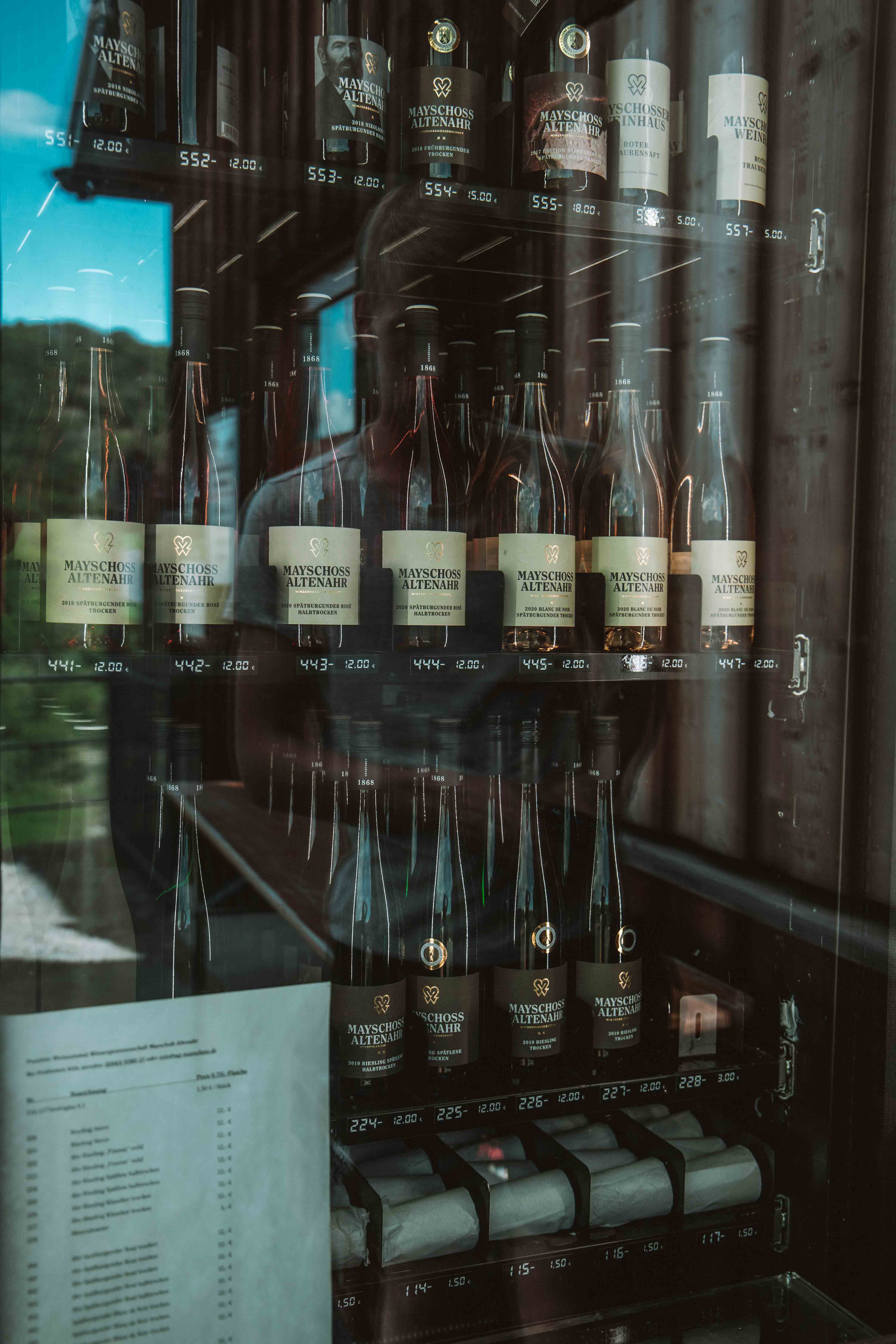
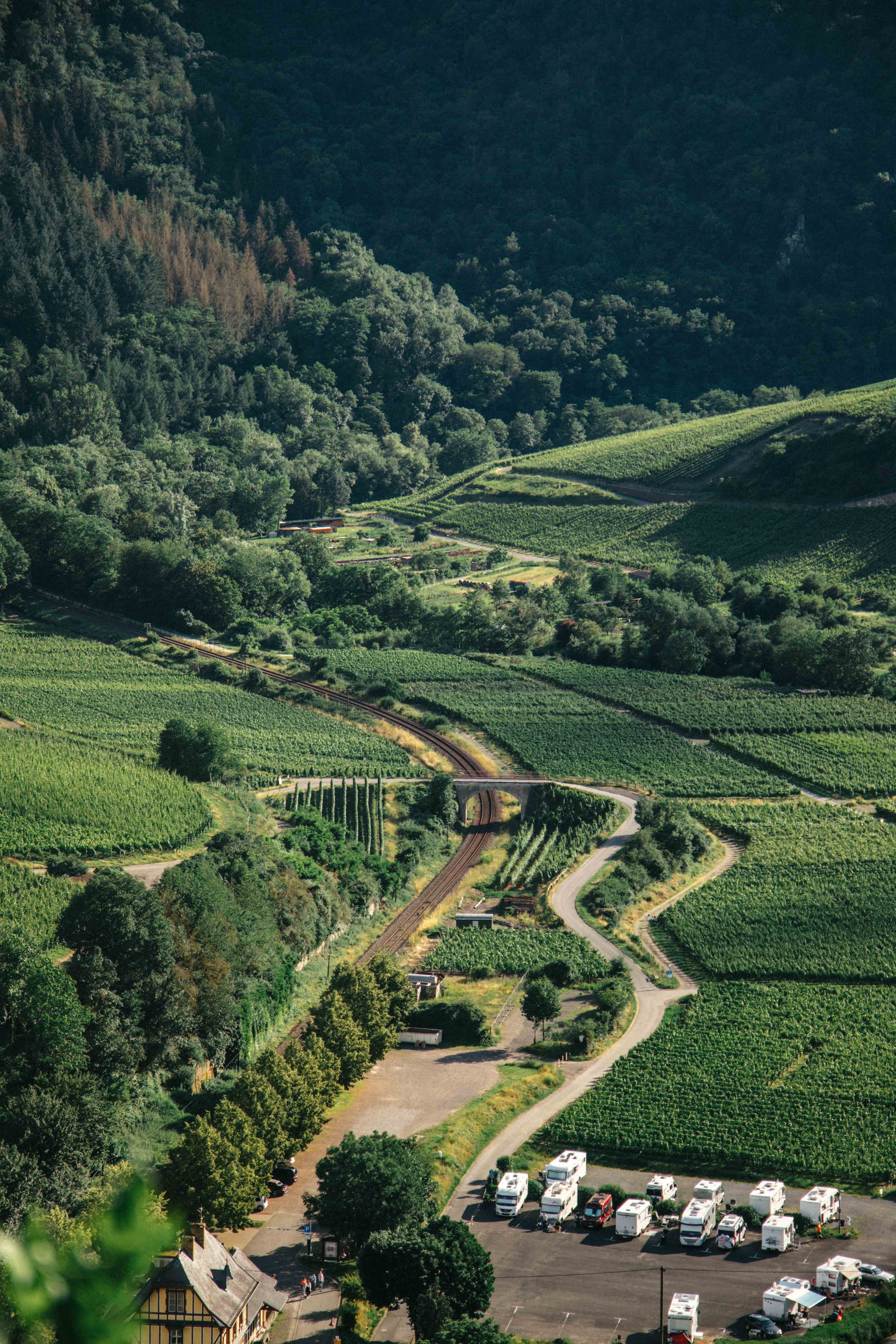
Day 7 and 8: Ahr Valley
My top recommendation for the Ahr Valley is to hike the Red Wine Trail (or the Rodvin Wanderweg). The Red Wine Trail is a 53km walking track that runs down the Ahr Valley, passing through vineyards and some beautiful and unique wineries! Spend days 7 and 8 of this road trip hiking this trail. The best way is to split it up into two sections – the first day hiking from Ahrweiler to Maysloß and the second from Altenahr to Maysloß. Make sure to visit Weingut Kloster Marienthal, a wine cellar in a converted monastery ruin, and Hofgarten-Restaurant for good food and wine in a hidden oasis.
Read this post for a more comprehensive guide to the Red Wine Trail and the Ahr valley!
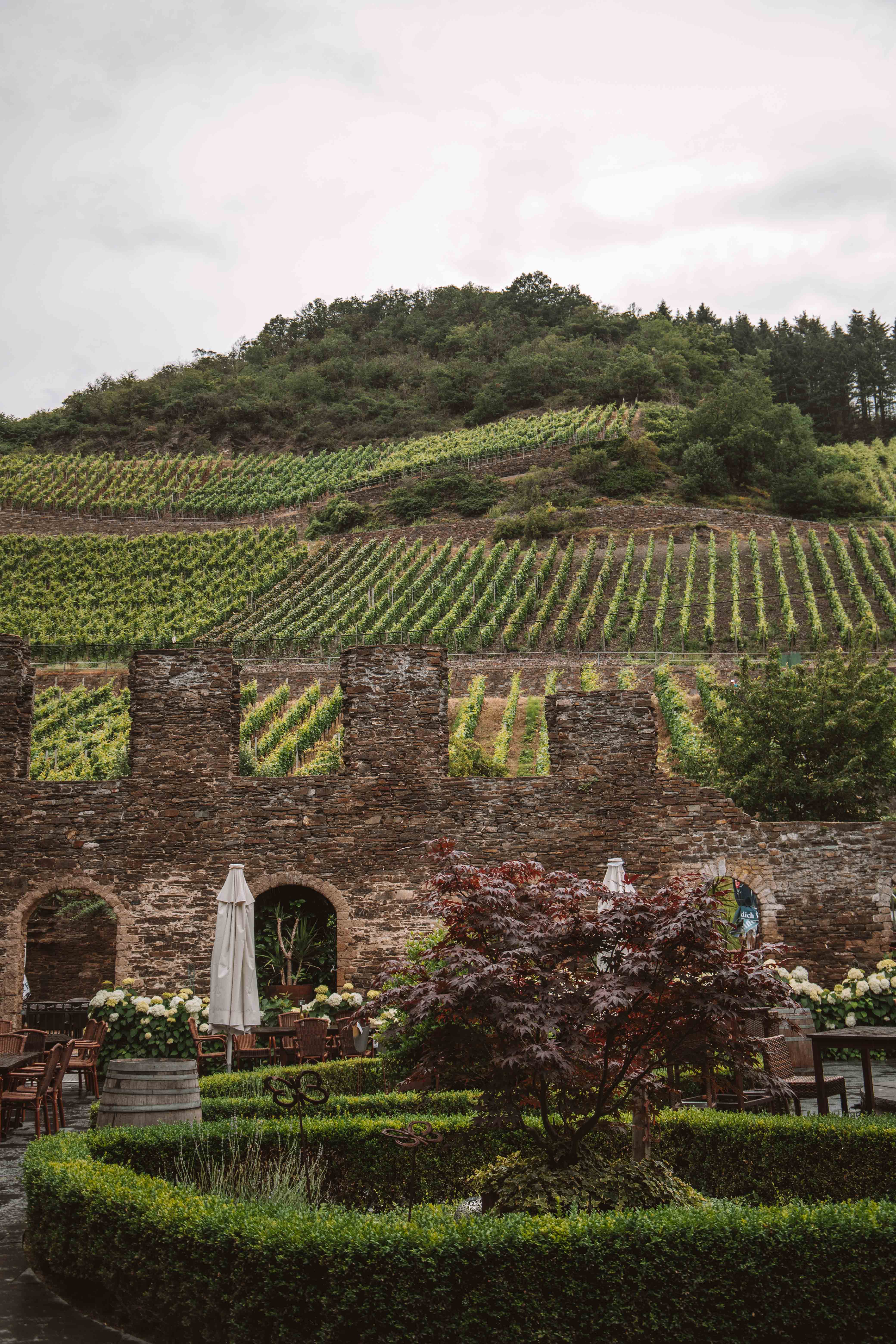
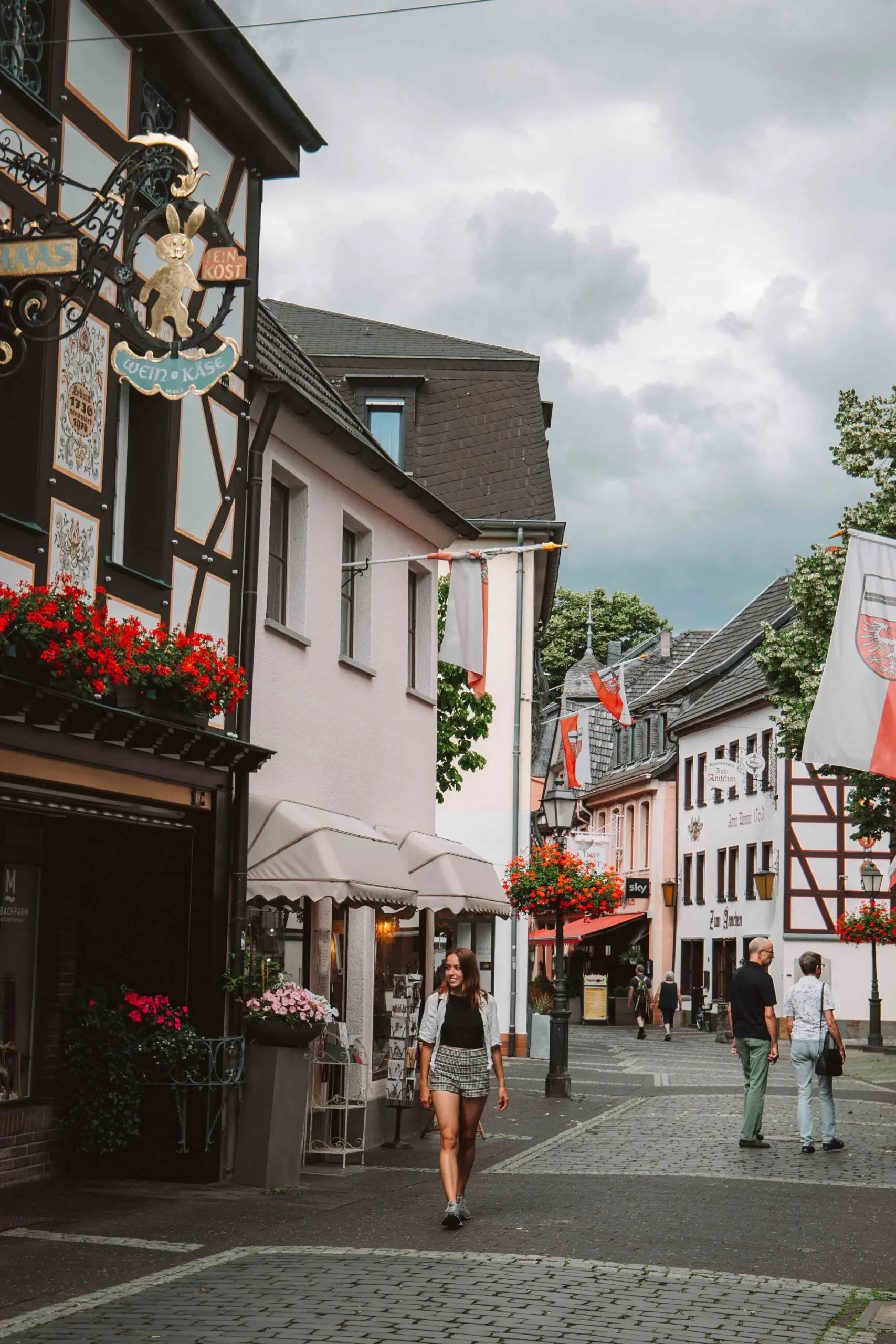
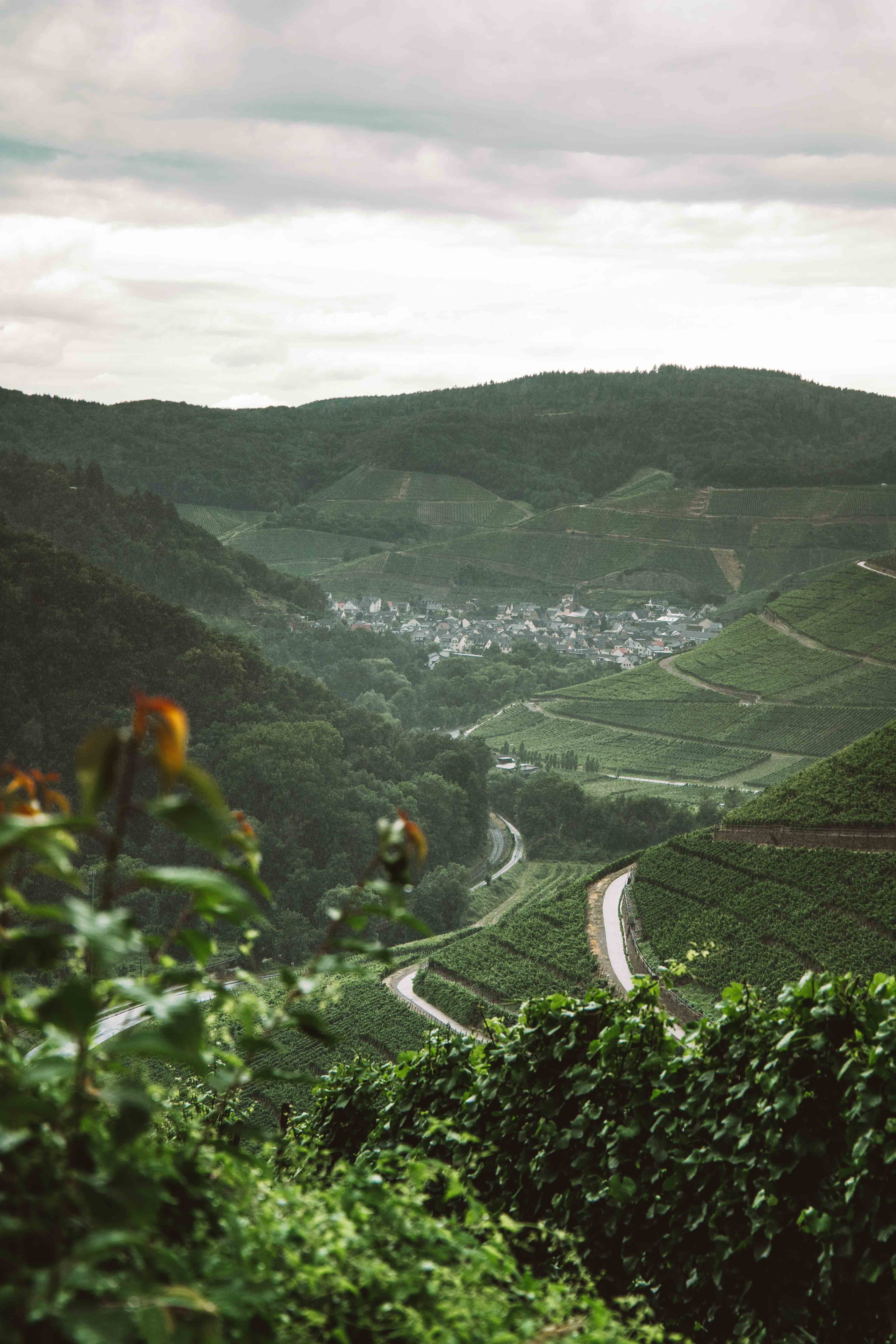
Mosel Valley (3 Days)
Day 9: Ahrweiler to The Mosel Valley
This next part of this road trip was my favourite drive during our two weeks in Germany. This part of Germany is called the Eifel region, known for its beautiful fairy tale villages and some of the best medieval castles in Germany! However, this is a very infrequently visited destination for most international tourists, making it a real hidden gem is hidden in the German countryside.
The drive from Ahrweiler to the first stop of the day, Castle Bürreshei, takes around 30 minutes. Unfortunately, this trip is not possible using public transport. However, it is definitely possible to travel from Ahrweiler to Monreal (this takes 2 hours by train or 36 minutes by car). This train trip is sort of out of the way to end up in the Mosel valley later in the day. If you are travelling by public transport I would instead suggest visiting Monreal on day 9, and adding an extra day to make your way down to Cochem. Alternatively, swap days 9 and 10 with 11 and 12 and base yourself in Koblenz with a day trip to Monreal.
Stop 1: Castle Bürreshei
The first stop on day 9 of this two week itinerary is Castle Büreeshei, a beautiful, medieval castle nestled in the valley. Along with Lissingen Castle and Burg Eltz (which this itinerary stops at on day 11), Castle Büreeshei is one of the only three castles along the left bank of the Rhine River to never have been destroyed. The tour here takes you around the inside of the castle, where much of the original furniture still exists today.
Unfortunately, the tour is only given in German. However, they do have English fact sheets you can follow in each room and the guide was kind enough to speak slowly in case we could pick anything up with our mix of English and Swedish. The tickets were quite cheap and the tour was definitely worth it to see this beautiful castle!
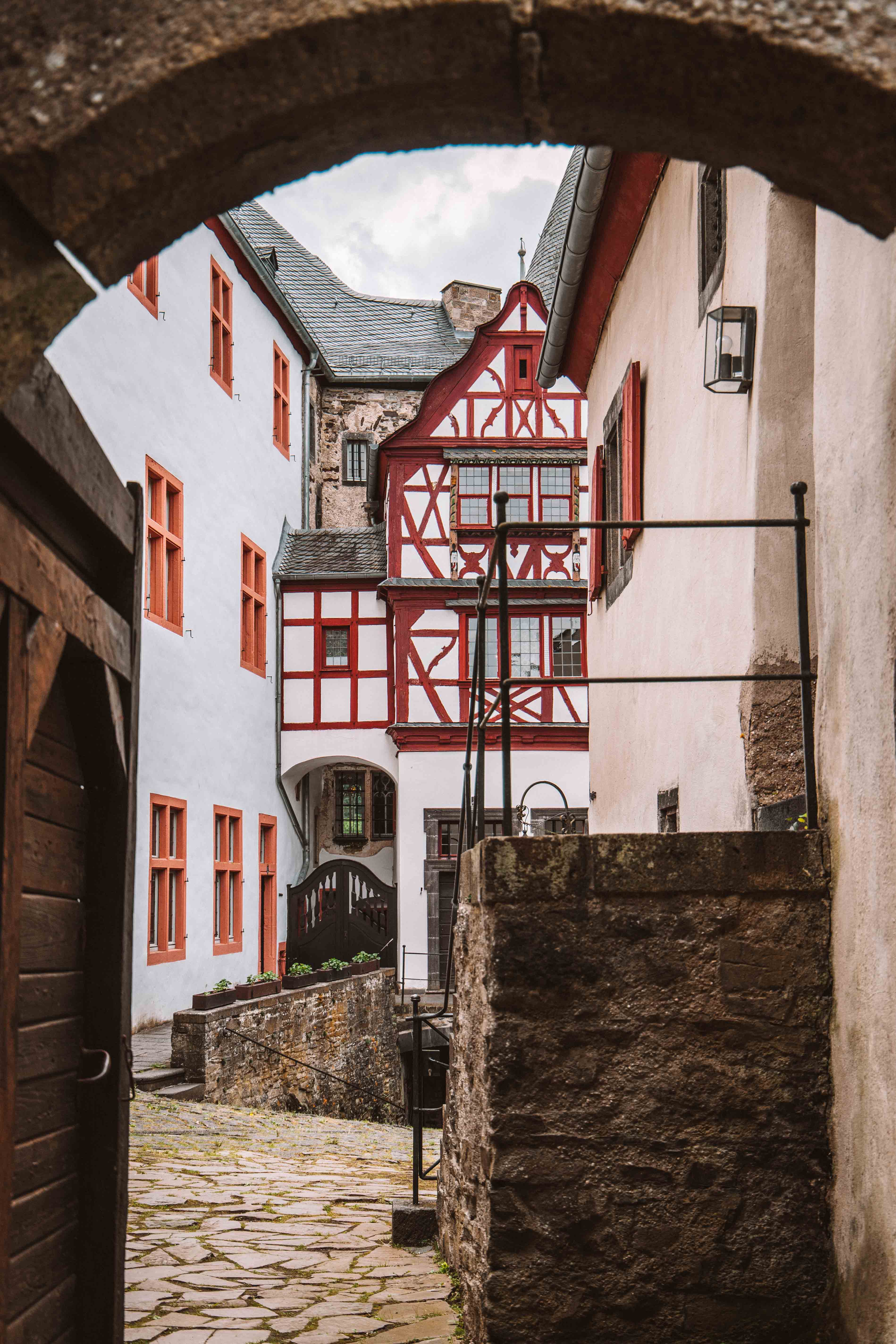
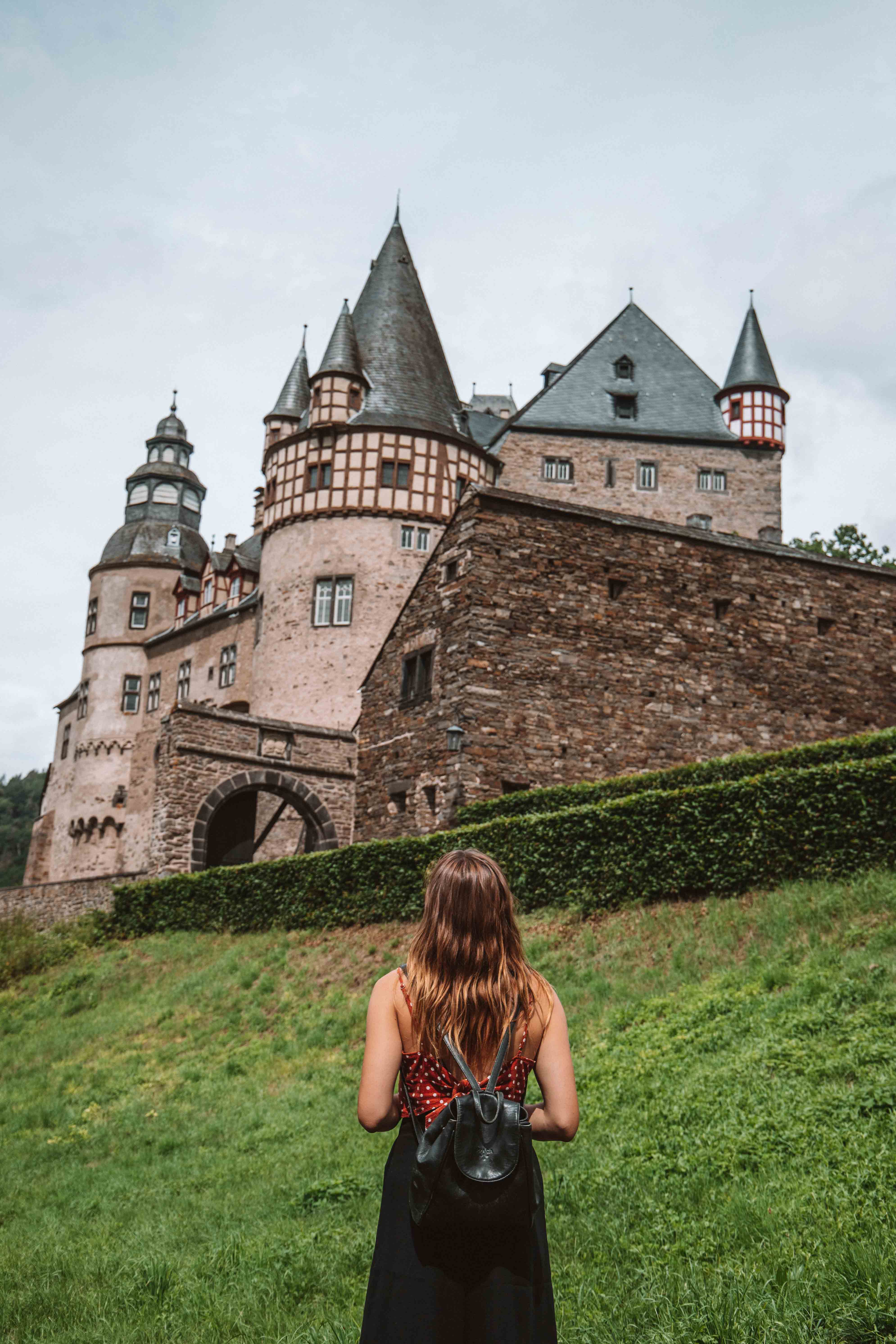
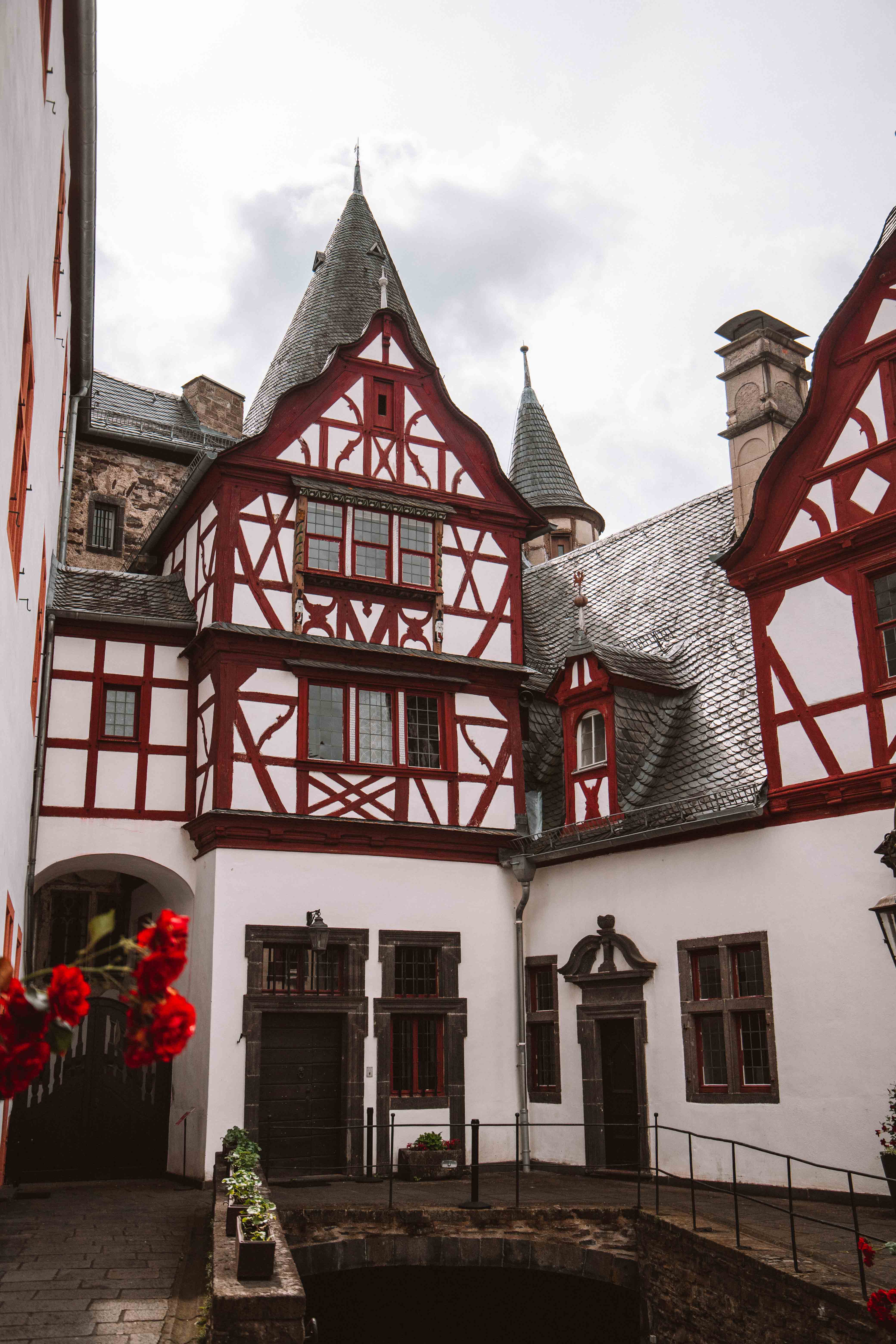
Stop 2: Monreal
The next stop of the day is Monreal. This town is really magical. If you were only going to pick one place from this itinerary to include in your Germany road trip, I would hope it is this one!
The town itself is quite small, however, it captures so much beauty. The old town centre is built on two sides of the Elzbach river, and below the Löwenburg and Philippsburg castle ruins. The 14th century, green, red and white half-timber houses contrast with the water and the castles make for the perfect fairytale scene.
Make sure to walk down Untertorstraße for the best view of the town, and head up to Löwenburg to see some amazing history! Here, there are no information signs or tours so it can be really valuable to do a little reading about the village and the two brothers who built the castles before you visit!
Read my full guide to Monreal here!
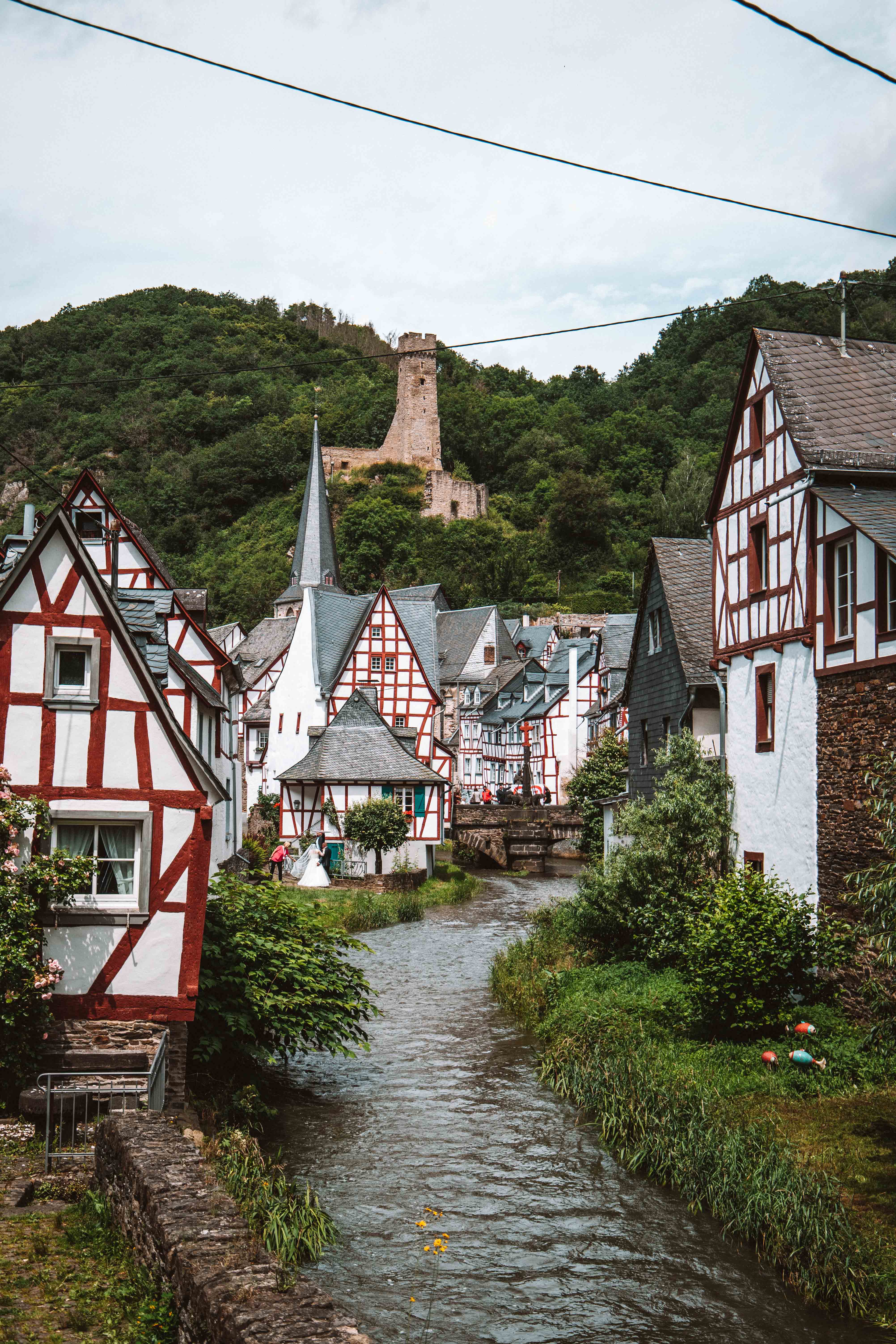
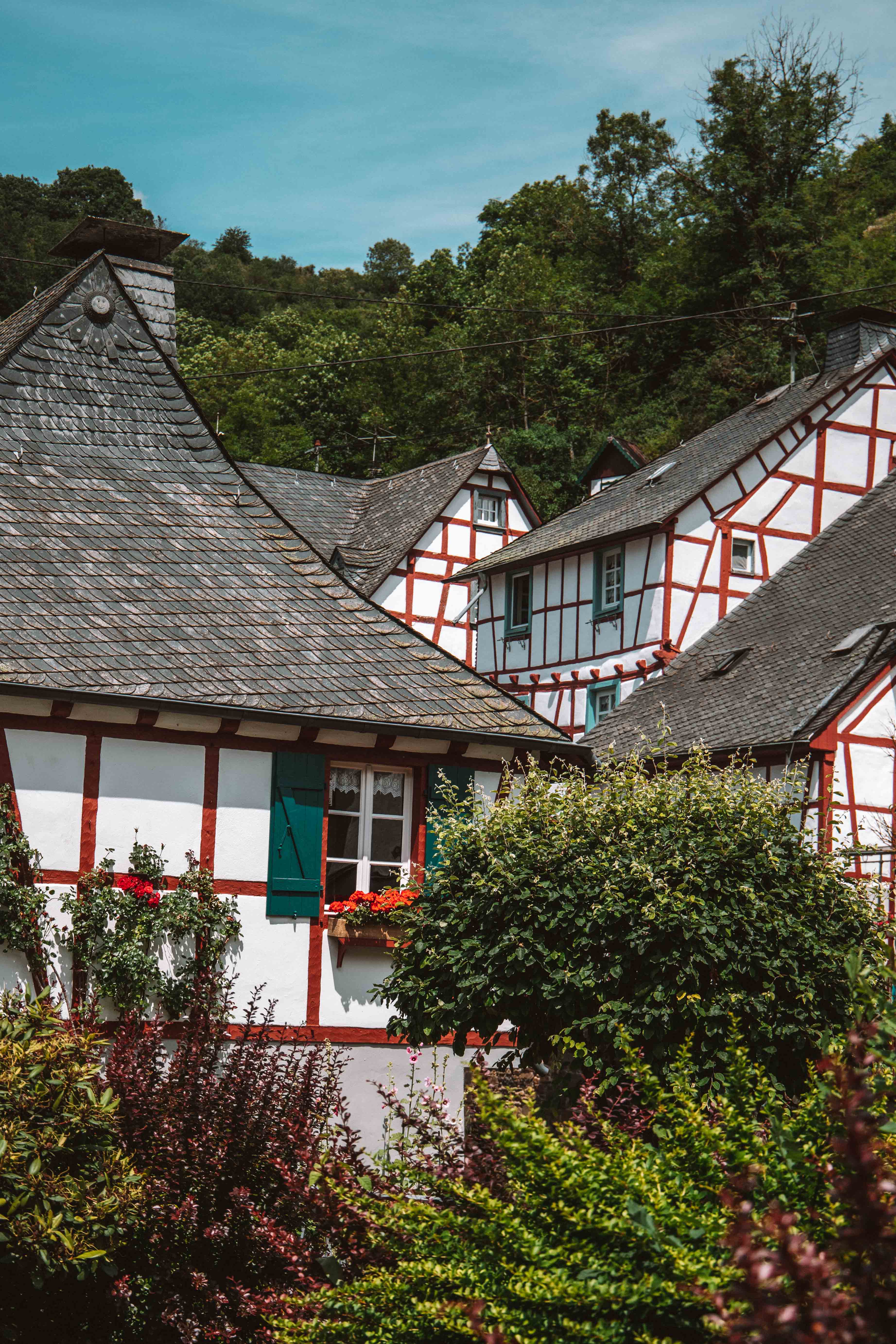
Stop 3: The Mosel Valley
After spending an hour or so in Monreal, start driving towards the Mosel Valley. This is another sleepy wine region, however, it is definitely one of the more popular tourist destinations in the Eifel region!
Cochem is the largest of the towns here and the best place to base yourself if you want to stay somewhere lively, with many restaurants, and day trip options! We were camping so chose to base ourselves a little further down the Moselle river in the town of Ediger-Eller. It was a much quieter village but the views were amazing!
By the time you arrive here on day 9, it is probably getting into the late afternoon/evening! Spend a few hours in Cochem, enjoying a drink at one of the bars nestled in between the colourful half-timber houses. I would use this day to explore Cochem, maybe take a walk through the narrow alleyways of the town, visit Cochem Castle, or take a cruise down the river.
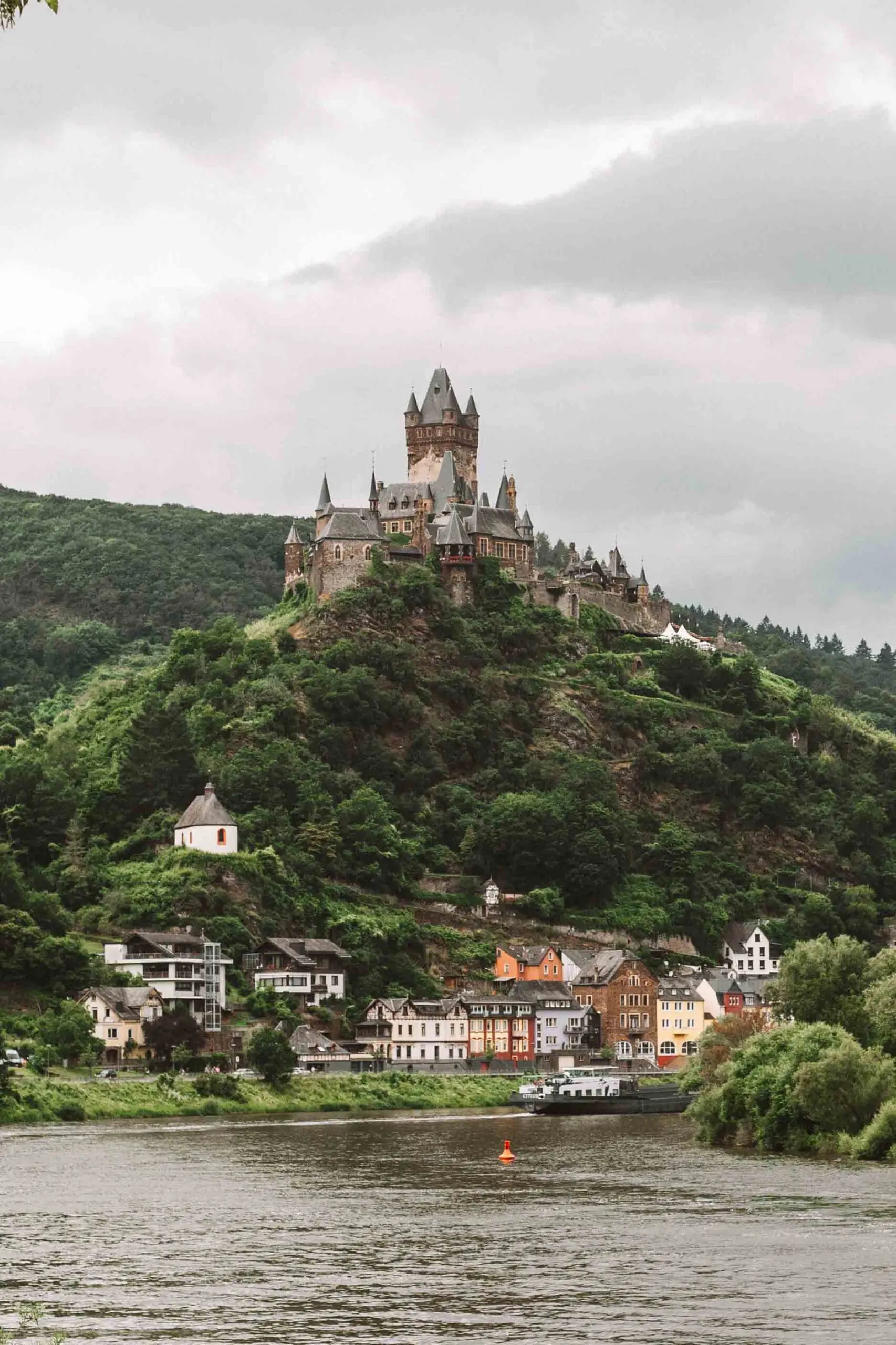
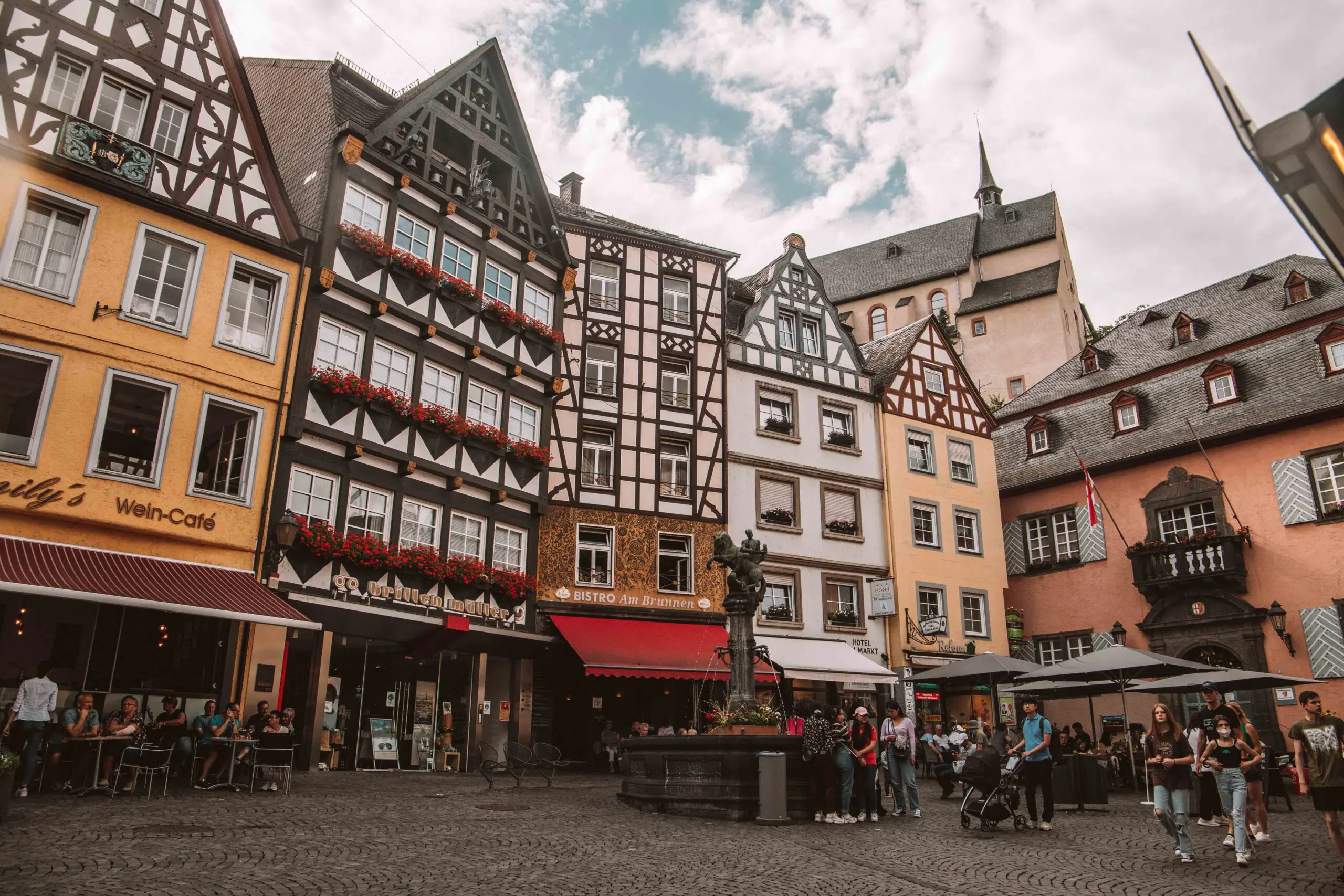
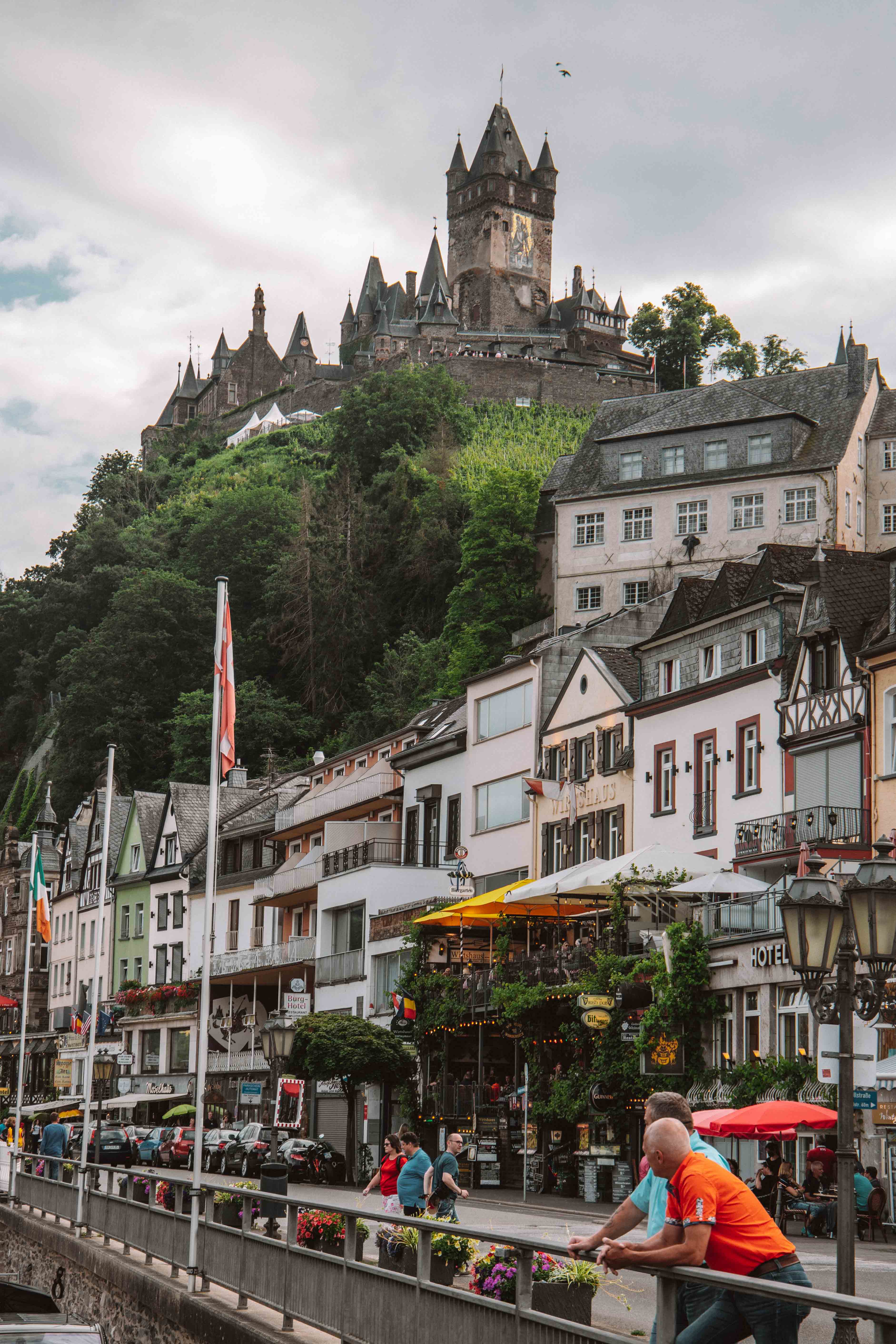
Day 10: Cycling the Mosel Valley
Day 10 can be spent slowly exploring the different villages that make up the Mosel Valley. We found the best way was to hire bikes and cycle from our base in Ediger Eller, down the river past the towns of Nehren and Ellenz-Poltersdorf, and Ernst. We had a good lunch in Cochem and then headed back down the other side past Bruttig-Fankel, Beilstein and Senheim.
We found cycling around the Mosel Valley was the perfect way to explore the villages and also stop at a few wine cellars and try the local wines along the way! It took us about 8 hours to cycle this route. Alternatively, you can cycle one way and take the bike bus back. If you choose this option, then I definitely recommend planning your trip so you can stop and enjoy Beilstein and perhaps take a drink at Pier 58 in Bruttig Fankel.
Alternatively, you can take a tour of the Moselle Valley wineries. Here you can really appreciate this world-renowned wine region and the people who live there!
Beilstein is by far the prettiest village on this route and deserves a few hours. You can walk around the town, get an ice cream by the water, and walk up to Metternich Castle, a ruin dating back to 1268.
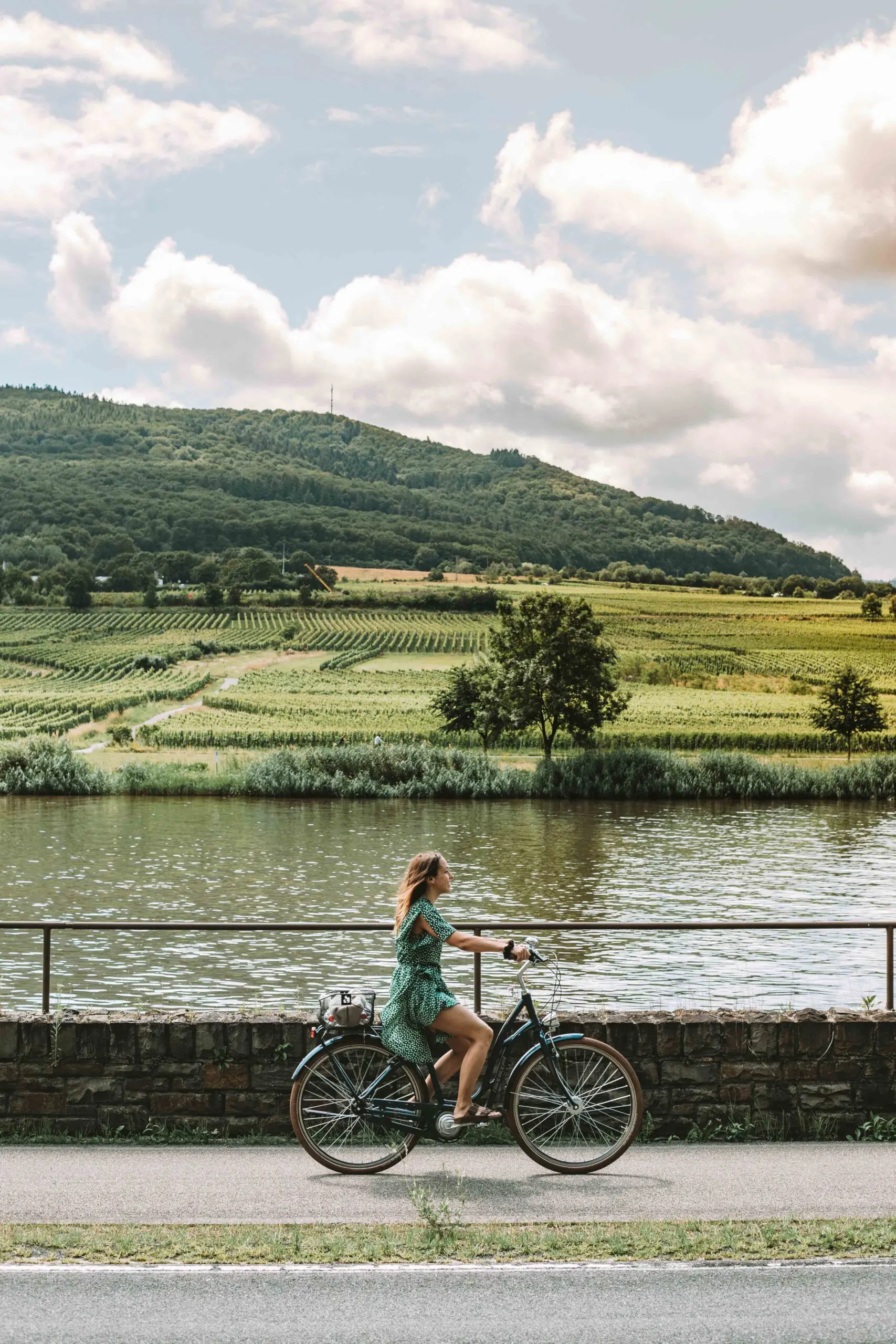
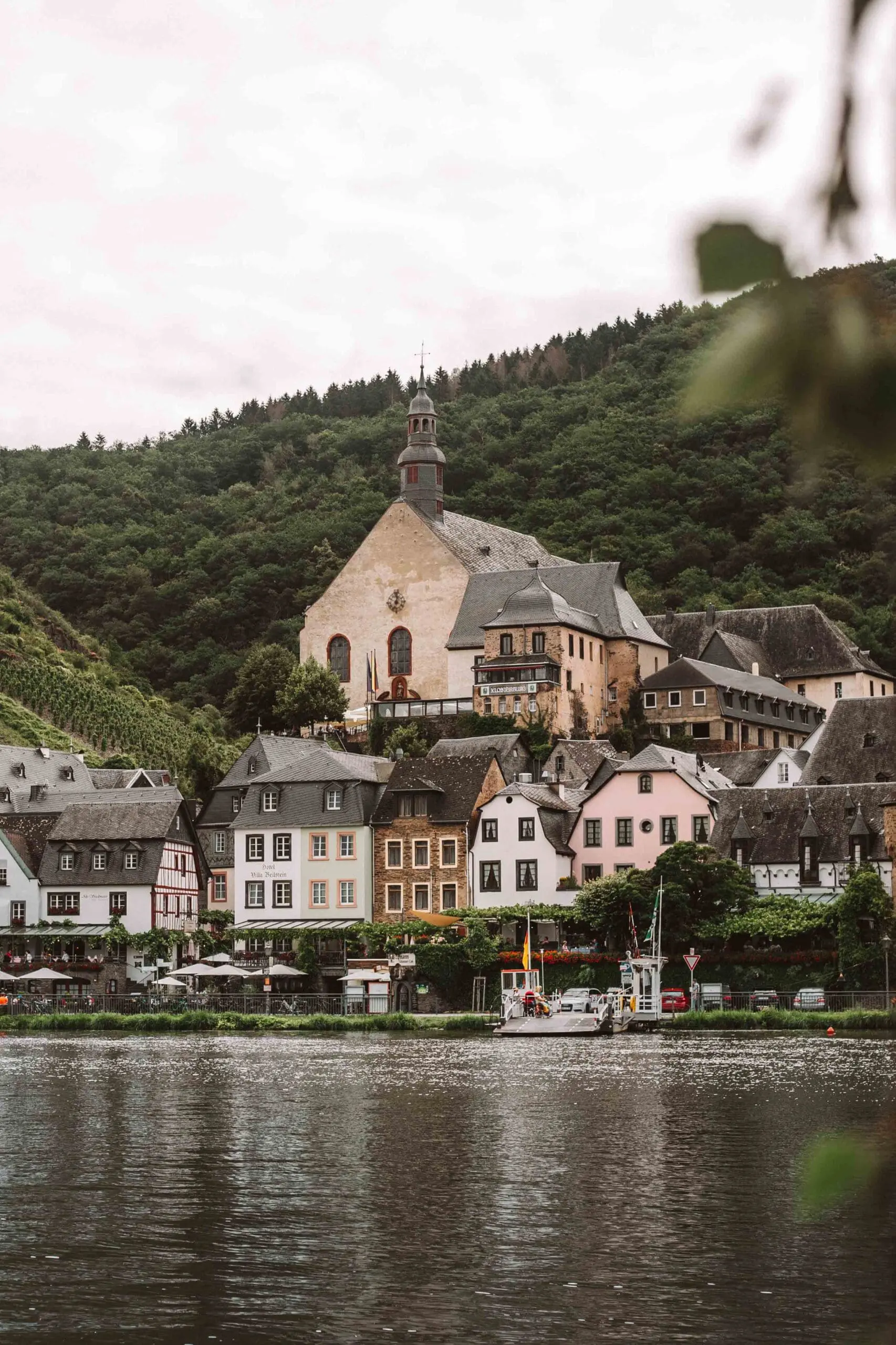
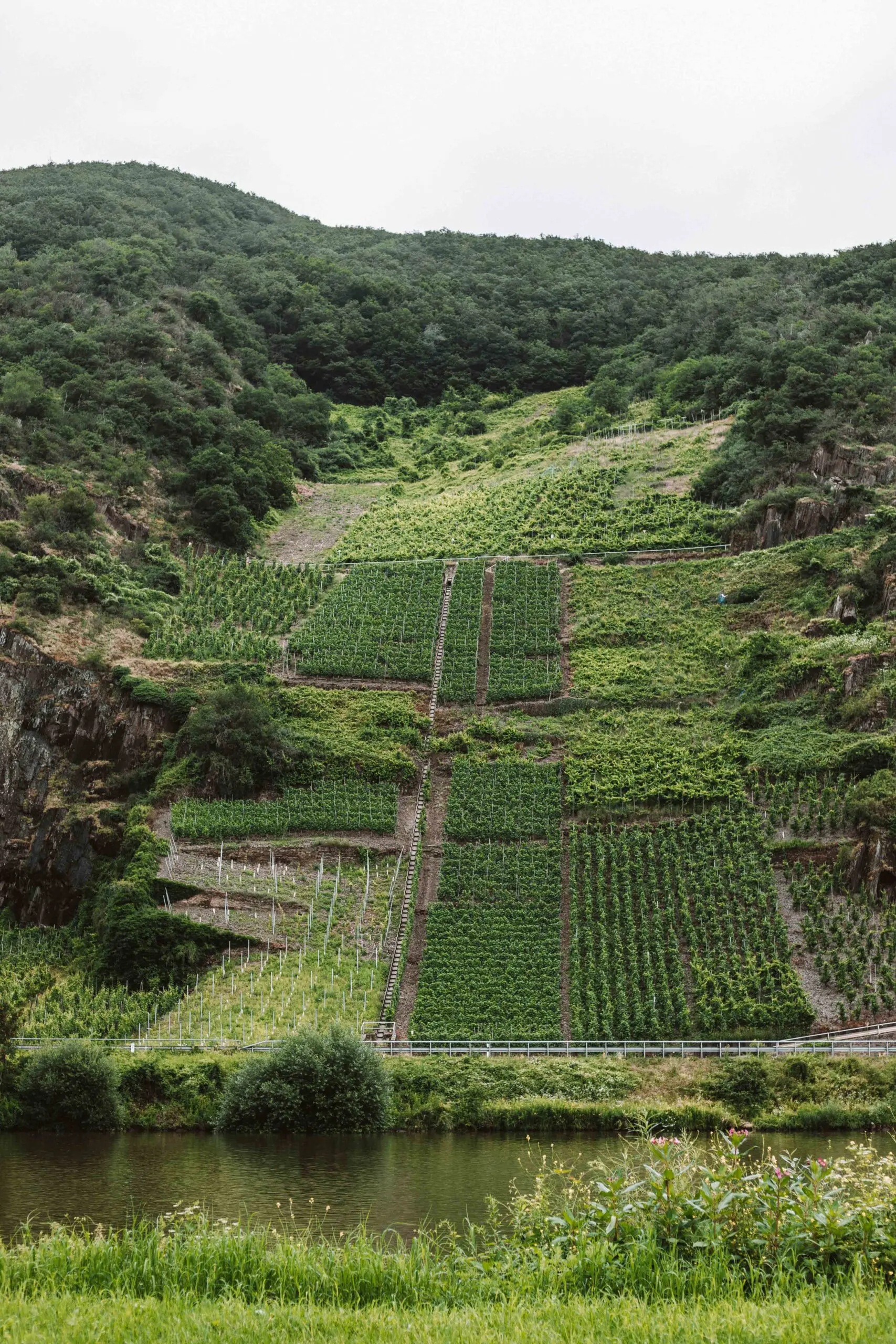
Day 11: Mosel Valley to Koblenz
Stop 1: Moselle River Views
Spend the morning exploring the opposite side of the Mosel Valley. Start by taking an early morning hike (or drive) up to the amazing viewpoints Moselschleife Bremm Aussichtspunkt and Bremmer Gipfelkreuz. Then head down the river to the town of Zell for a walk and some breakfast.
Here, you can read my complete guide to exploring the Mosel Valley!
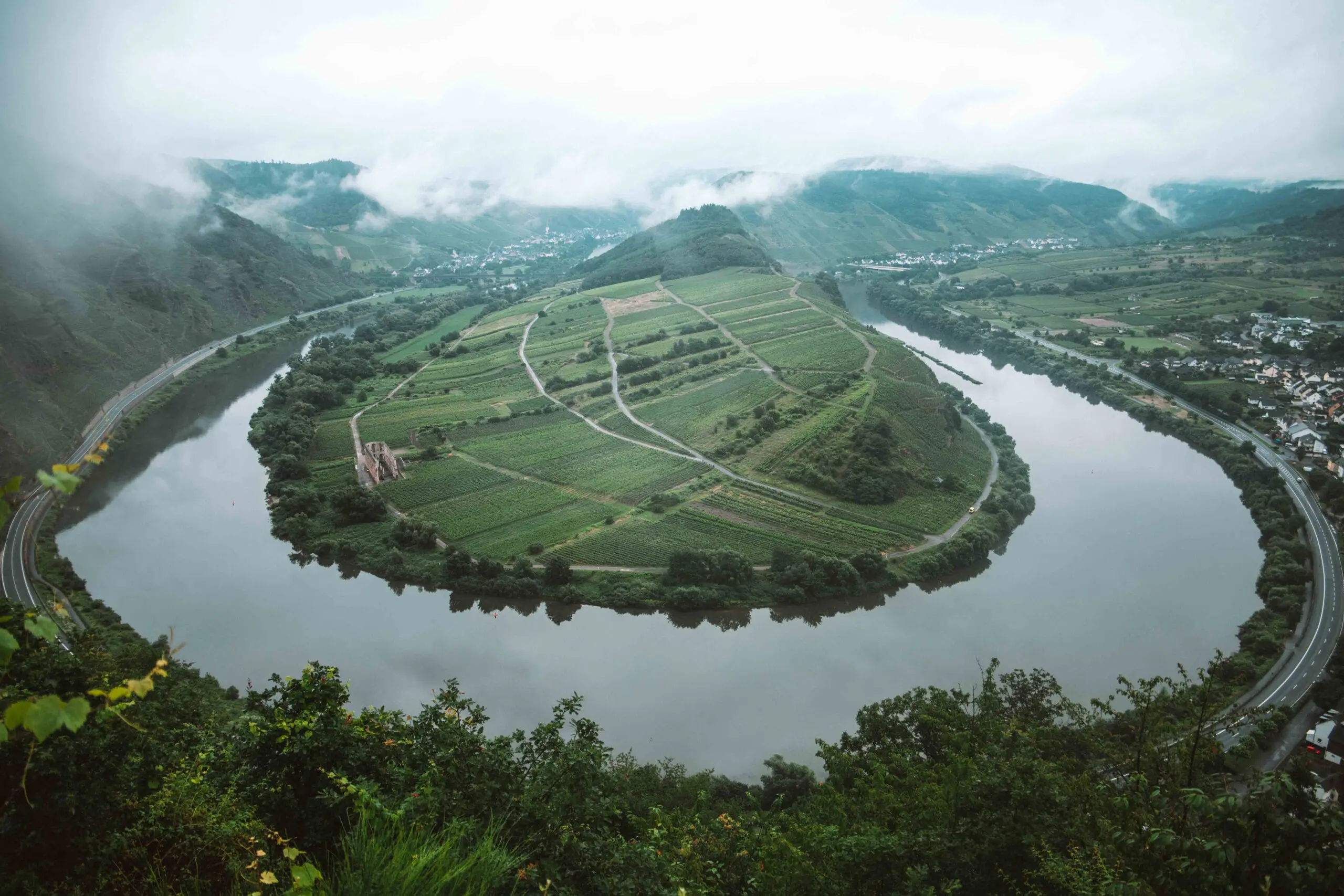
Stop 2: Burg Eltz
Burg Eltz is one of the most known castles in Germany thanks to its beautiful design which comes straight out of a storybook. It takes around 28 minutes to get from Cochem to Burg Eltz, and once there you will need several hours to explore! Tours of the castle are run in German, English and Dutch. If you’re lucky and arrive early, you may be the only people on your tour!
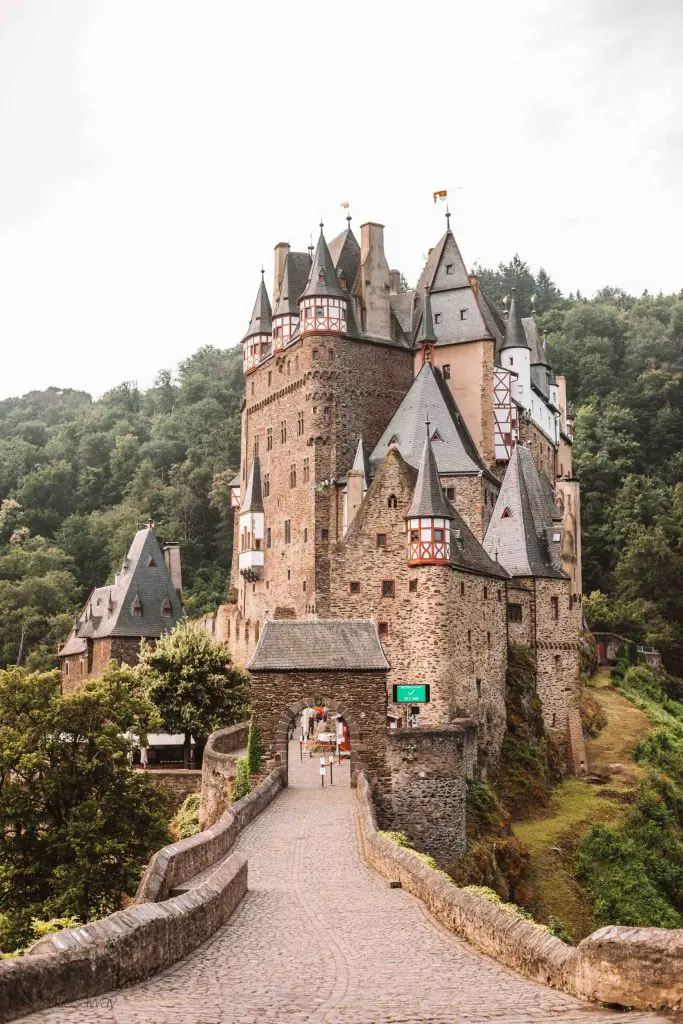
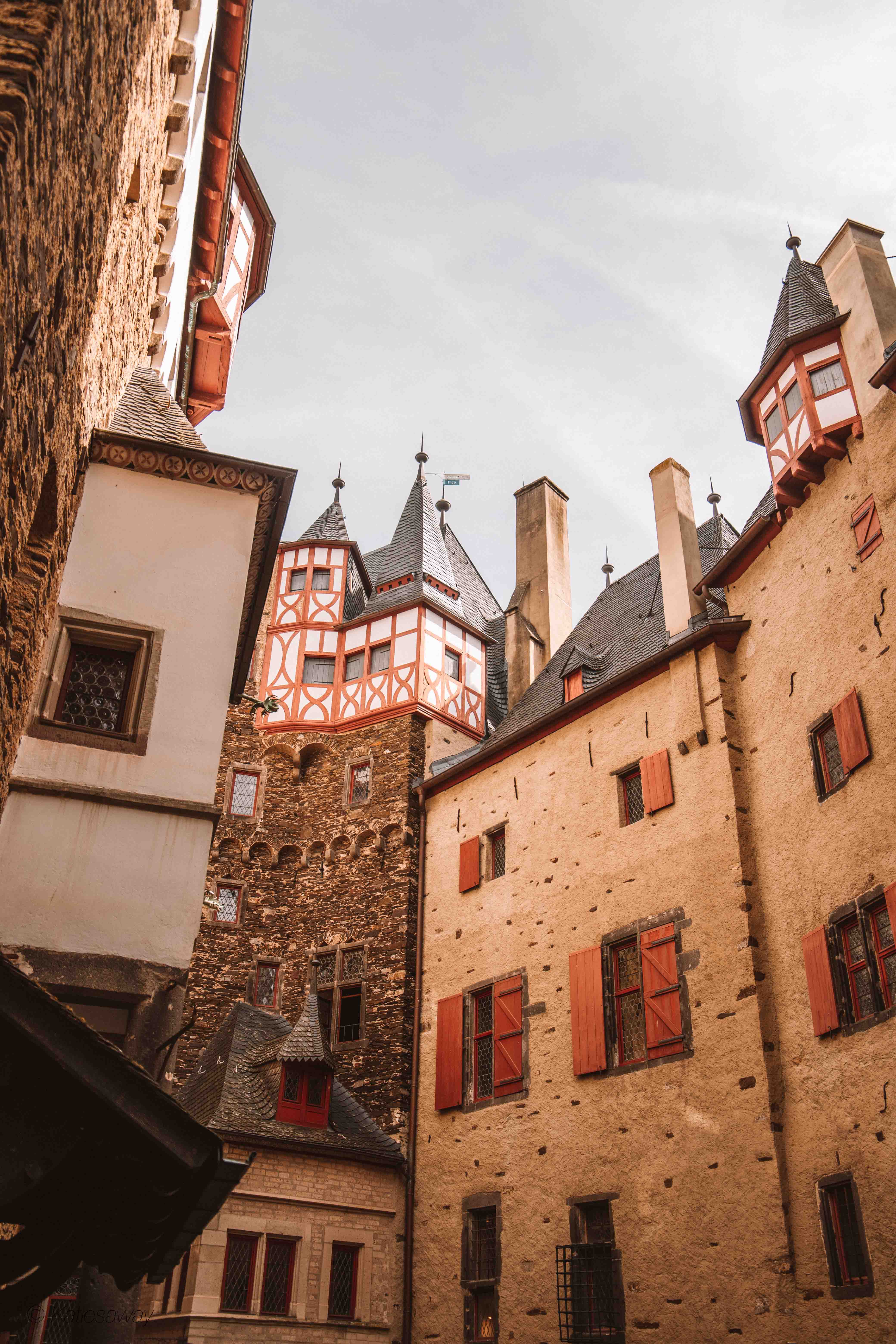
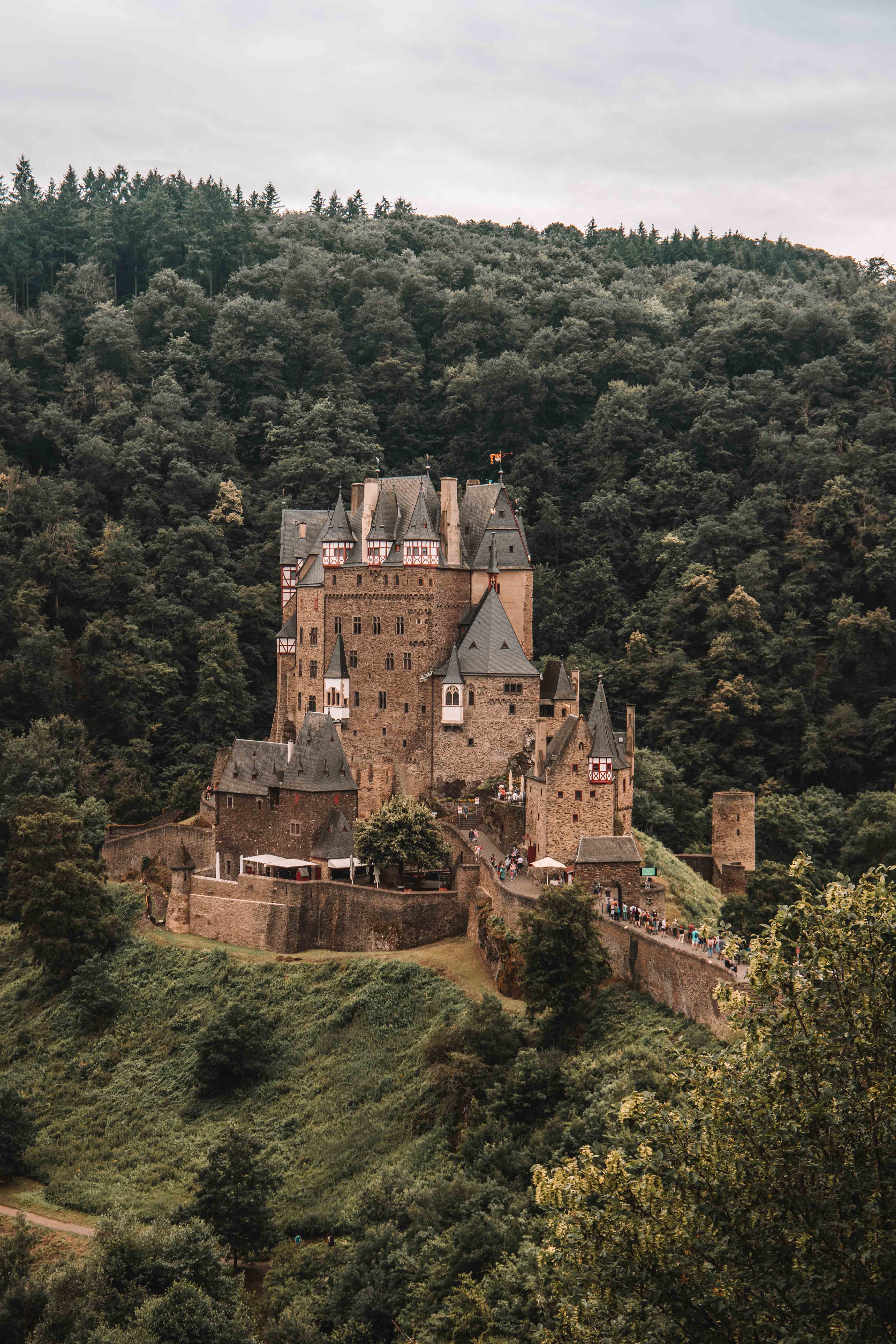
Stop 3: Koblenz
Next, we leave the Mosel Valley and head back to Koblenz. This is a 59 minute drive. If you are travelling by public transport then the best way to travel is from Cochem. This trip takes 35 minutes.
Once in Koblenz, spend the day exploring the city and taking in the history and culture. Tomorrow will be another trip down the Rhein river so make the most of everything there is to do in Koblenz on this day of the itinerary! The old city and town hall are good places to start! This area of Koblenz is filled with many late Renaissance buildings and classic half-timber houses to admire.
If you feel like a bit of sightseeing, head up to the impressive Festung Ehrenbreitstein (Fortress of Ehrenbreitstein). This is one of the main attractions of Koblenz, with amazing views over the city and the Rhein. Alternatively, take the cable car (Seilbahn Koblenz) which runs from Festung Ehrenbreitstein across the Rhein river to the western bank. Here, you can head to Deutsches Eck to see the impressive monument marking the connection of the Rhein and the Moselle rivers.
In the evening you can take a river cruise down the Rhein river, looking out for castles along the way!
Koblenz (1 Day)
Day 12: Koblenz and the Rhein
Day 12 of this 2 week road trip itinerary in Germany takes you to the Rhein River. This is a very important region of Germany, historically owned by princes; there are over 40 castles along its banks. You will find it difficult to find a spot between Koblenz and Bacharach where you can’t see at least one! So, obviously, the best thing to explore on the Rhine river is the castles!
There are so many to explore, that it can be difficult to know where to stop! Here are our suggestions:
The best Rhine River castles to visit:
- Marksburg Castle
- Sooneck Castle
- Stolzenfels
- Rheinfels Castle
- Pfalzgrafenstein Castle
- Burg Stahleck
- Burg Gutenfels
- Burg Katz
- Maus Castle
- Burg Lahneck
End this day of driving in Bacharach in the afternoon! This is a beautiful little town, filled with wonderful wooden houses, little alleyways, and a city wall you can walk around! Make sure to visit the beautiful Kloster ruin at Ruine Wernerkapelle. From here you can continue up the path towards Burg Stahleck. From here you have some amazing views over the Rhine. If you are feeling adventurous, take the klettersteig back, ending at the beautiful viewpoint of Steeger Tor. From here, you can walk up towards Postenturm, a tower with a great view over Bacharach.
Read my full guide to Bacharach, Germany!
End the day driving back to Koblenz for the evening ready for a long day of driving on day 13 of this road trip as we head back to Hamburg in northern Germany.
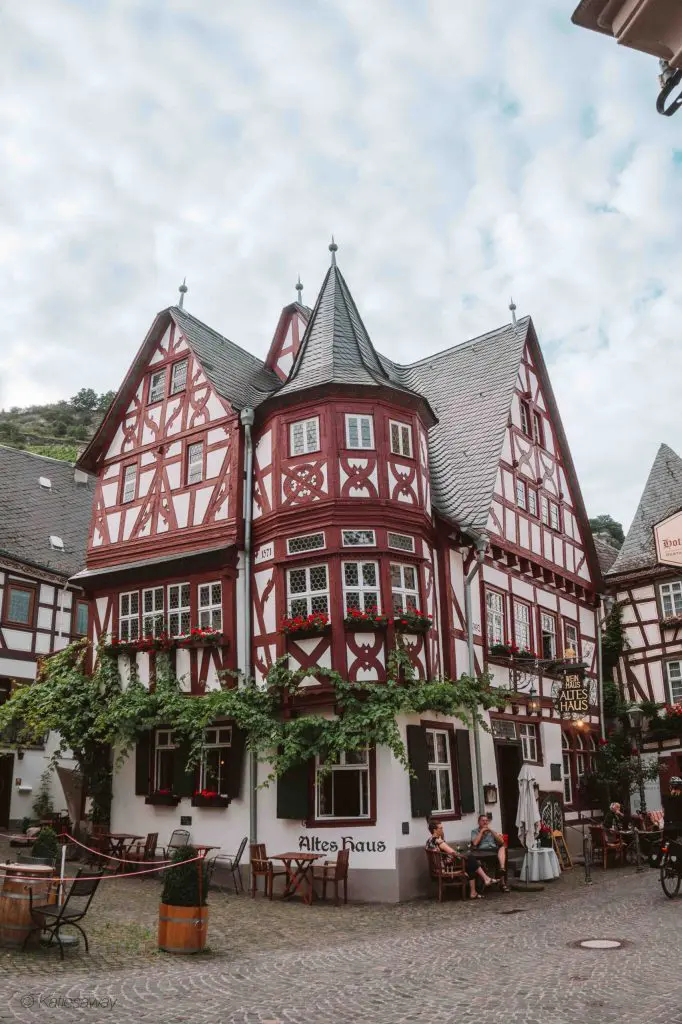
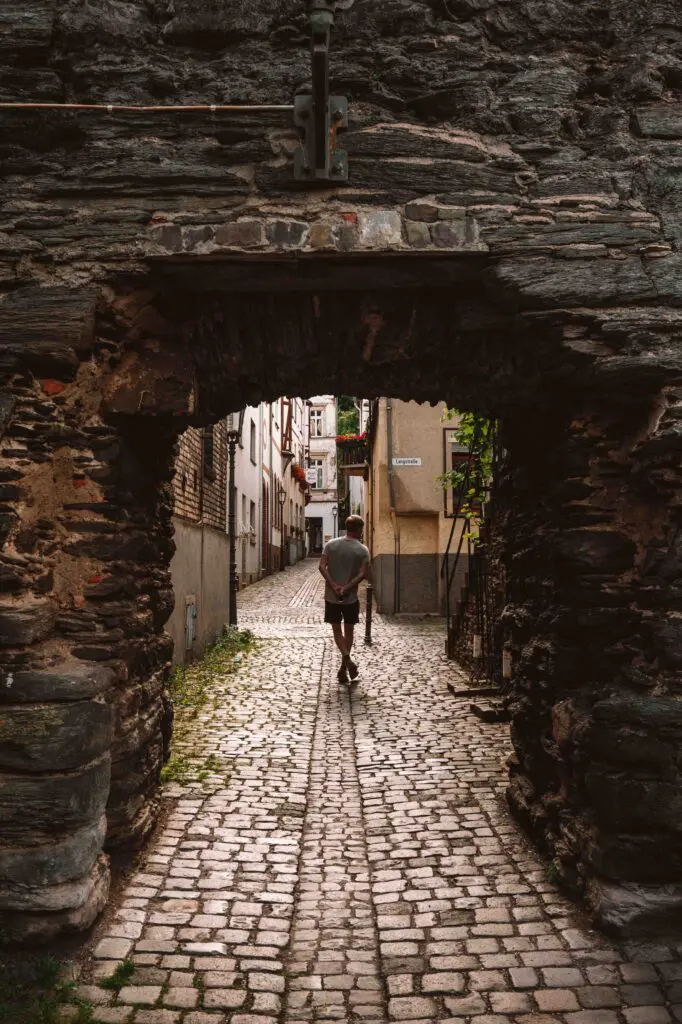
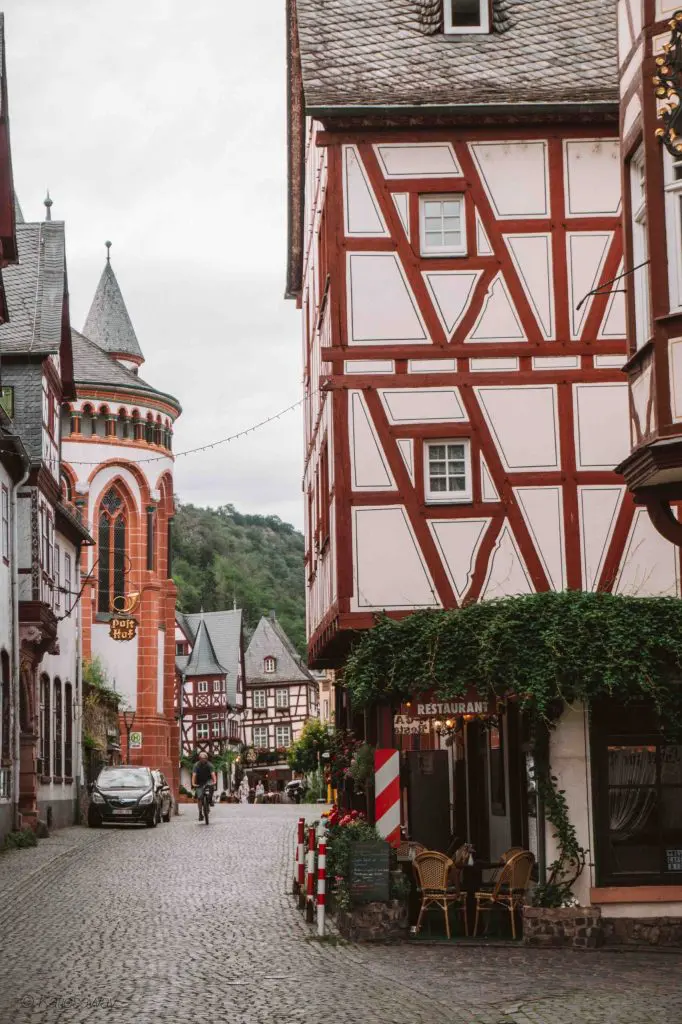
Kassel (1 Day)
Day 13: Koblenz to Kassel
Day 13 of this two week road trip itinerary takes you from Koblenz, on the Rhine river, north towards Kassel. This is the biggest city in the Hesse region of Germany, known for its beautiful parks and the “100 day museum” event which is held every year. Kassel is around 2 hours and 45 minutes drive from Koblenz. If you are taking public transport it takes 3 and a half hours. I recommend doing this trip in the morning so you have the whole afternoon to explore Kassel.
Stop 1: Limburg an der Lahn
Limburg is the last little German town we will be stopping at on this road trip. It is just a 1 hours drive from Koblenz and the perfect stop on the trip towards Kassel. Limburg is a very old town, with the earliest houses dating back to the 800s. Spend a few hours walking around the town, and make sure to visit Limburger Altstadt (the old town), where you will find some incredible half timber buildings. These include Fischmarkt, Domtreppe, and Ritter Hattstein-Brunnen square. If you feel like a snack then head to Café Kolorit for some coffee and cake. Alternatively, head towards Limburg Cathedral and Schloss Limburg, where you will find some of the city’s oldest buildings.
If you feel like extending this stop, then drive a little outside of two and visit the incredible Runkel Castle. This is a very picturesque hilltop castle, with guided tours and a museum.
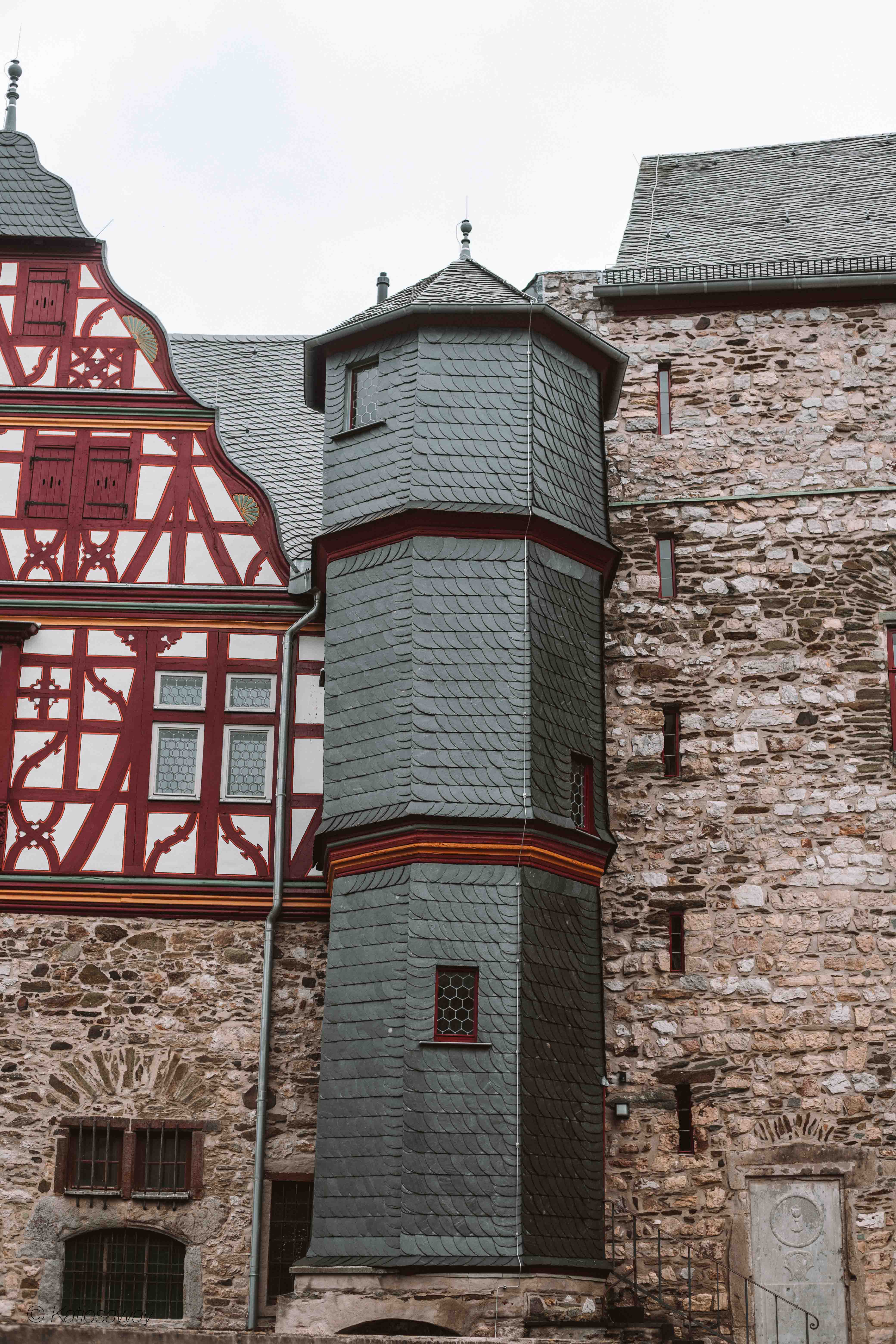
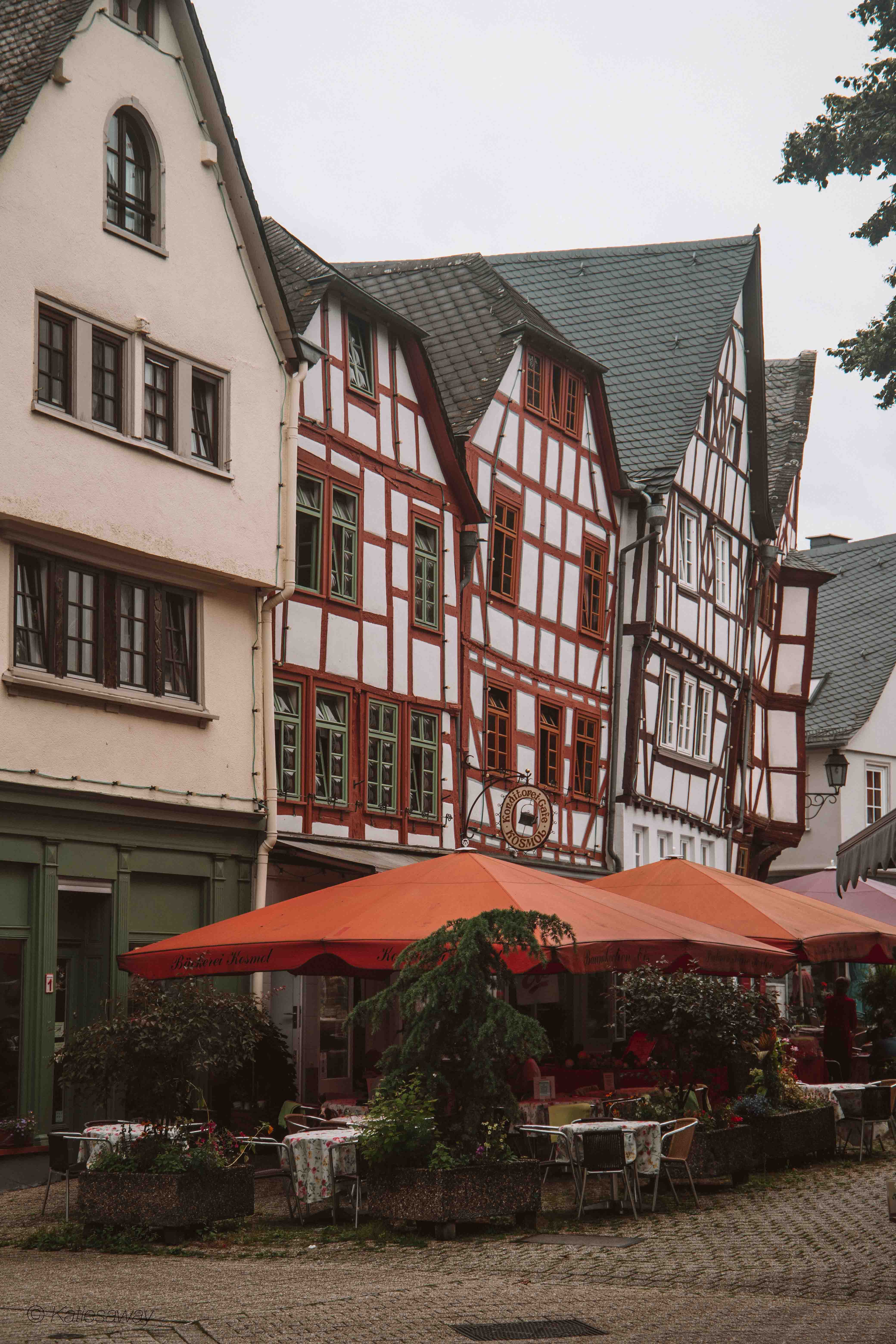
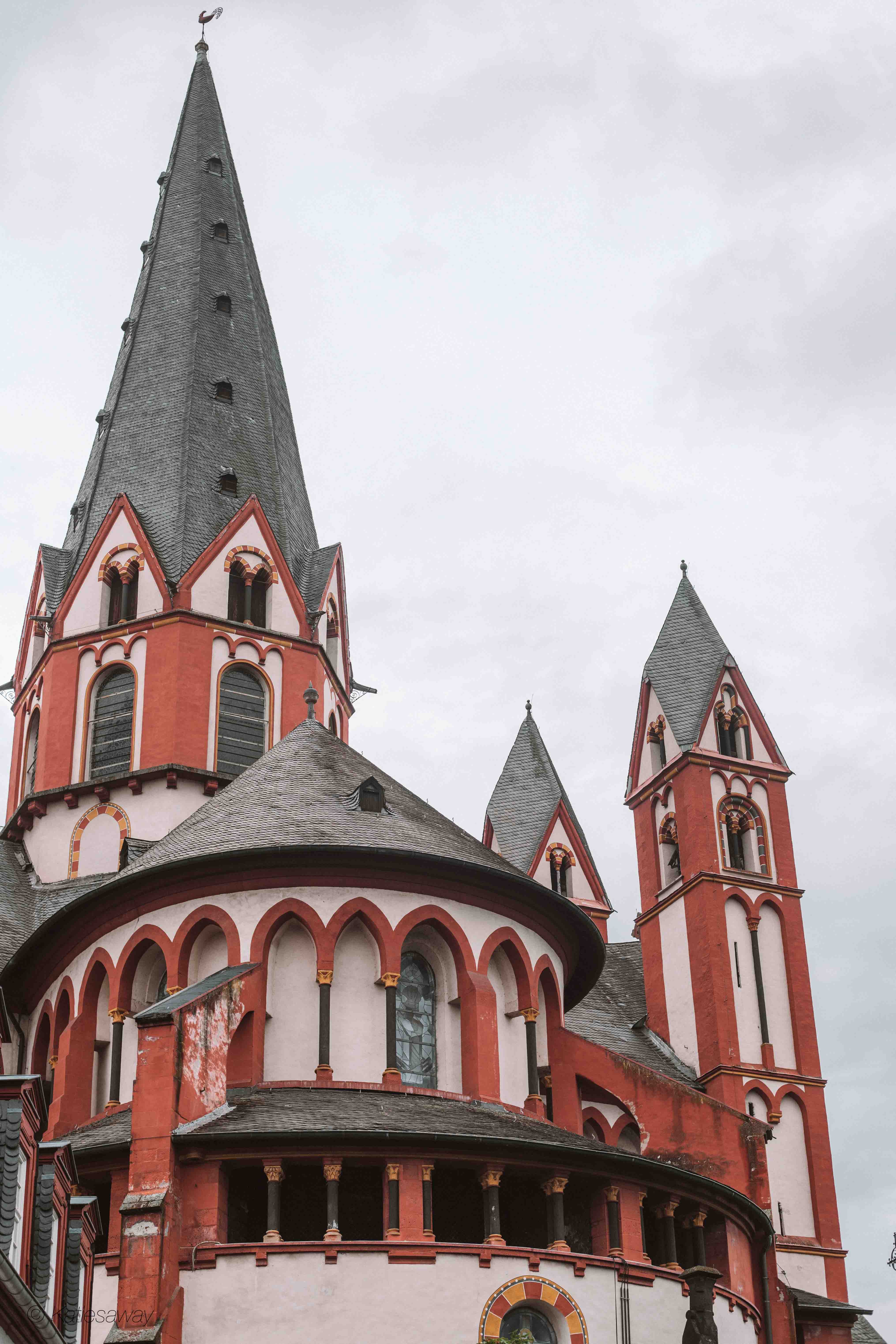
Stop 2: Kassel
Kassel is most well known for Bergpark Wilhelmshöhe, an 18th-century park filled with sculptures and installations. This park was designed in 1689 and took around 150 years to be completed. Today, it is the largest hill park in Europe, and the second-largest hill park in the world, covering 2.4 square kilometres. The residence, Schloss Wilhelmshöhe, was once German Emperor Wilhelm II summer palace, and where Napoleon III was once sent as a prisoner before going into exile in England. This park has much history to uncover and explore, you can spend a whole day wandering around!
We stayed at Hotel Palmenbad, a boutique hotel about 5 minutes walk from the park! It was really lovely and the food was some of the best we had in Germany!
When walking around Wilhelmshöhe, make sure to visit:
- Schloss Wilhelmshöhe
- Halle des Sokrates
- Jussow-Tempel
- Grabmal des Vergil
- Eremitage des Sokrates
- Plutogrotte
- Neptungrotte
- Hercules monument
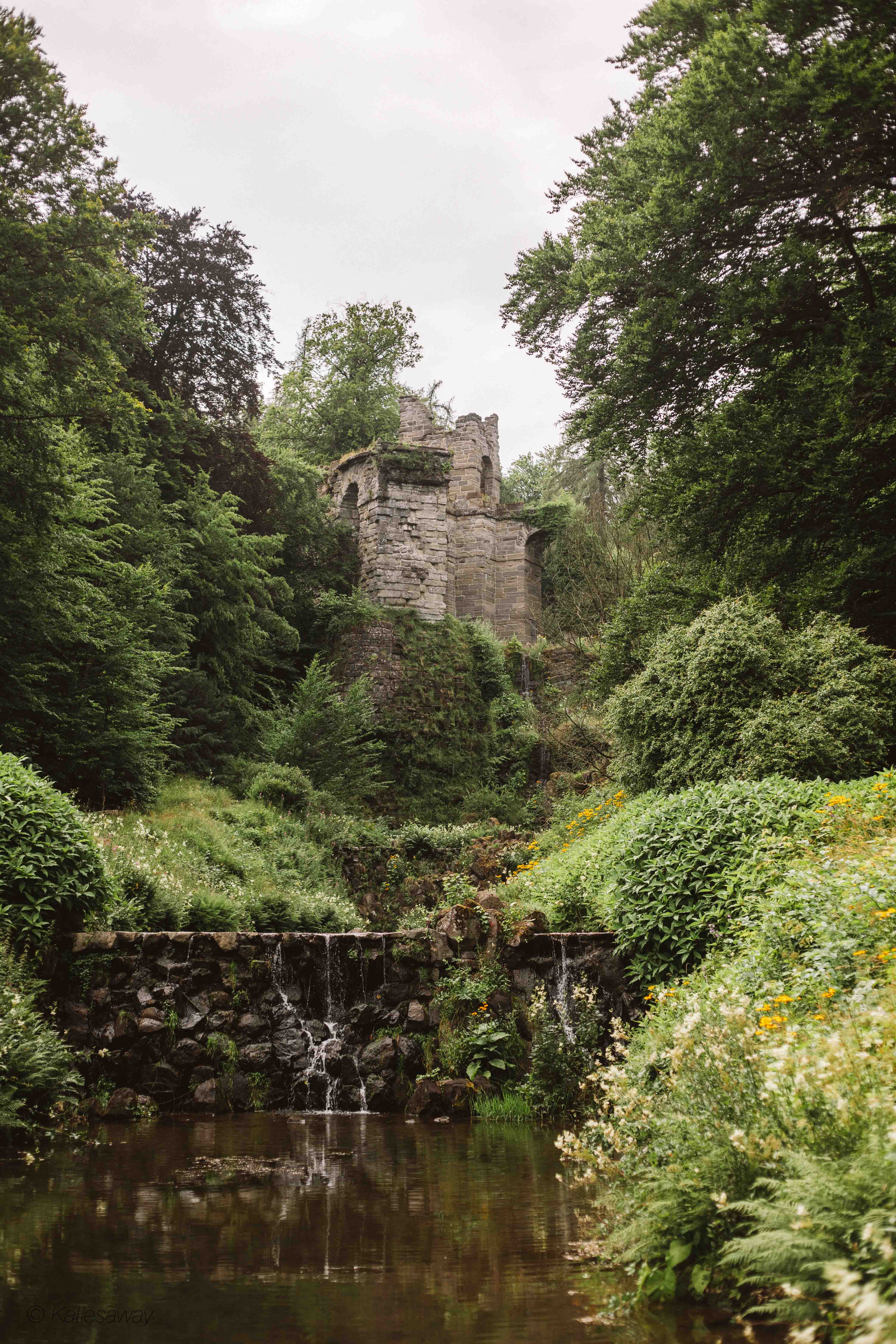
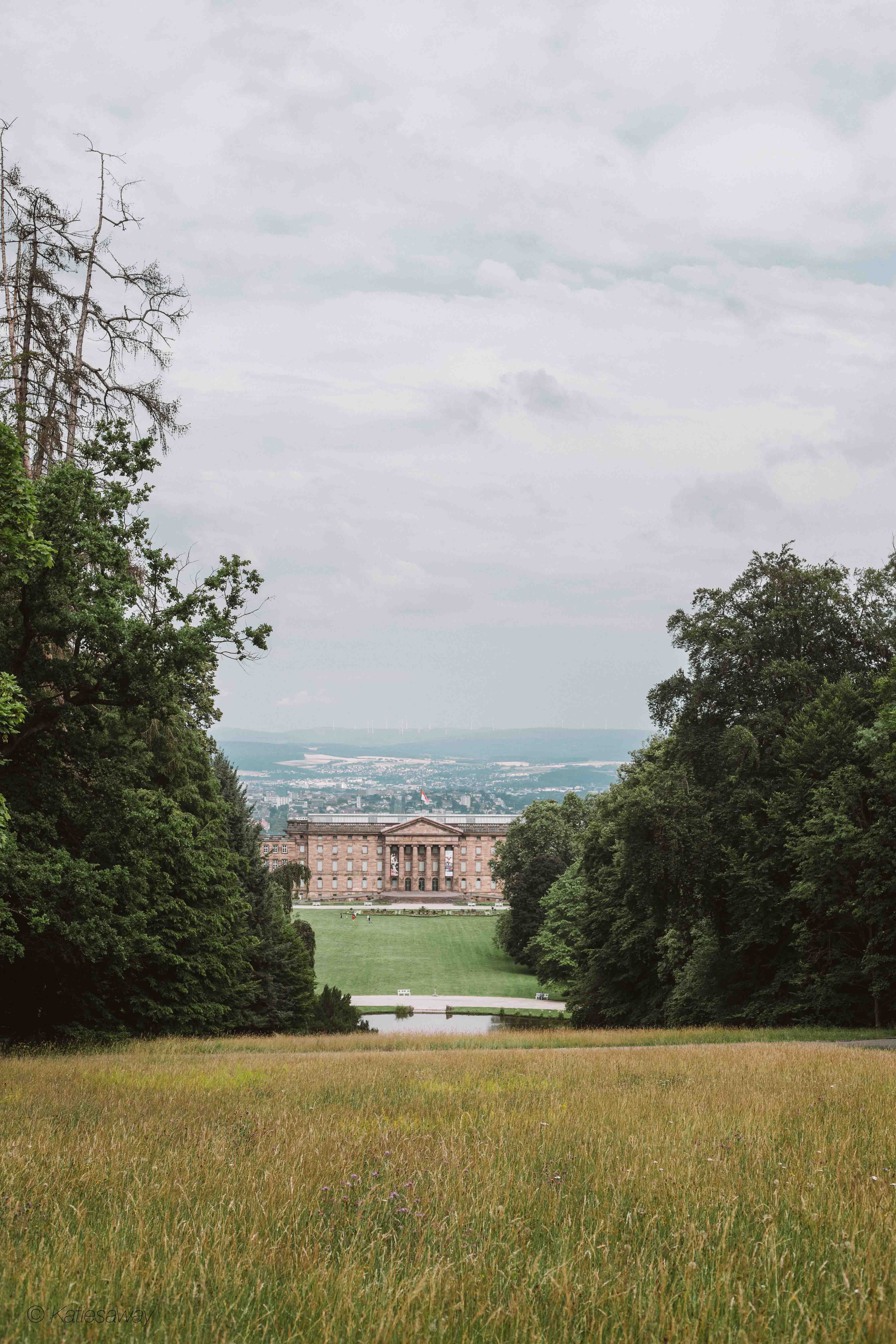
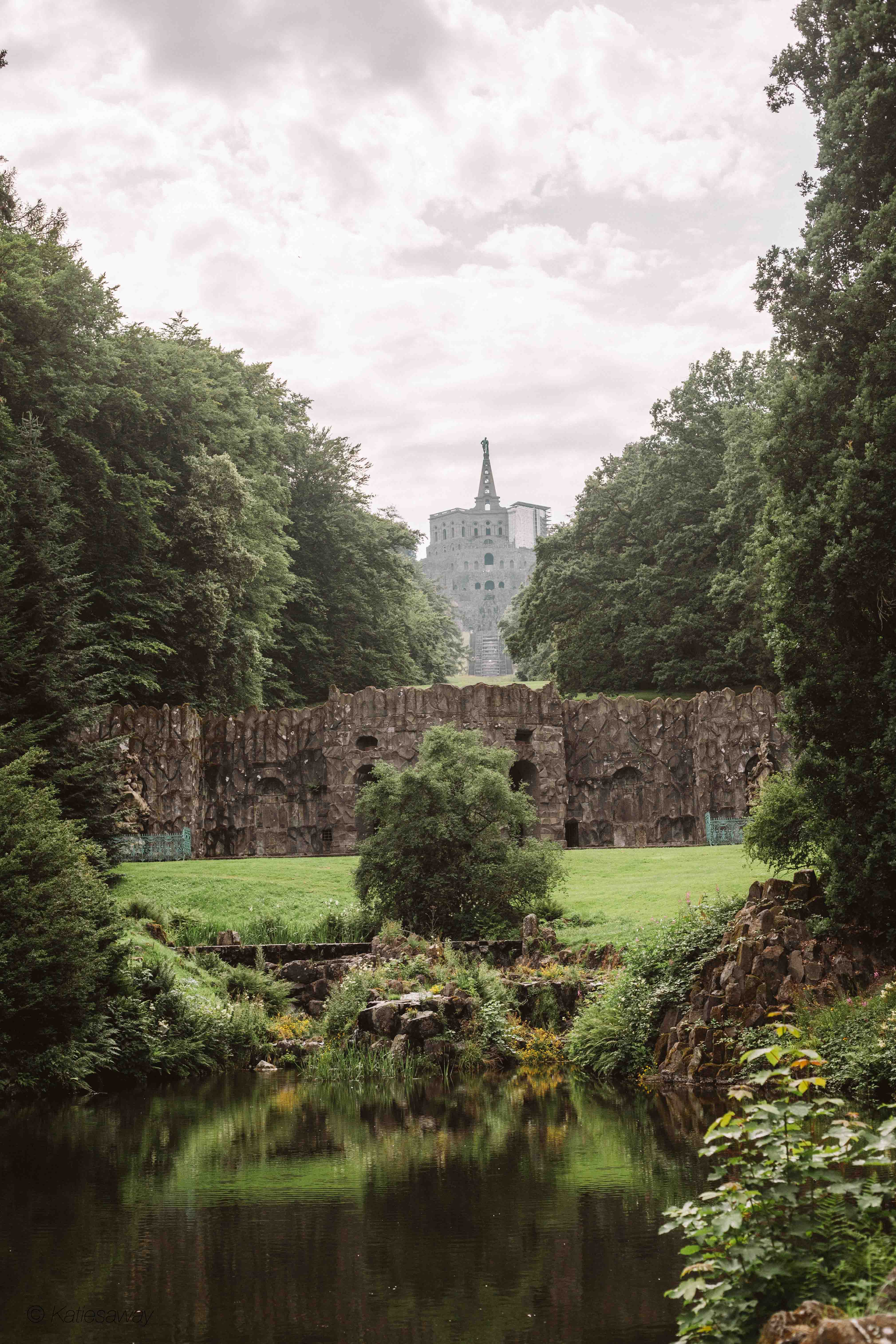
Hamburg (1 Day)
Day 14: Kassel to Hamburg
It is day 14 of this two week itinerary which means your road trip in Germany is coming to an end! Today, driving from Kassel to Hamburg finished the loop from Northern Germany, down to the Rhine river. The drive from Kassel to Hamburg takes 3 hours and 30 minutes! It is only 2 hours and 10 minutes if travelling by train on a direct route with no transfers.
Spend the afternoon walking around the big harbour city of Hamburg. This has always been a very important trading hub for Germany and there is a lot of that history to explore. Start the day by walking around the old docks. We did this great route suggested by Hamburg’s tourism agency, from Speicherstadt & Hafencity. This took 1.5 hours and takes you around the water’s edge, past the old industrial buildings, and the world-famous Hamburg Opera House.
Following this, head into the Altstadt (old town) and follow this one hour walking route that takes you past some of the oldest buildings, where you can learn a lot about Hamburg’s history. Don’t miss the St. Nikolai Memorial, the ruins of a beautiful old Gothic church that was sadly destroyed during WWII.
Following this, spend the rest of the day exploring the city and finishing up your 14 day road trip in Germany! If you want to extend your holiday, you can always head to Lübeck or Rostock and catch a ferry north to Southern Sweden where there are so many amazing things to see and do!
Find your Sweden travel inspiration here!
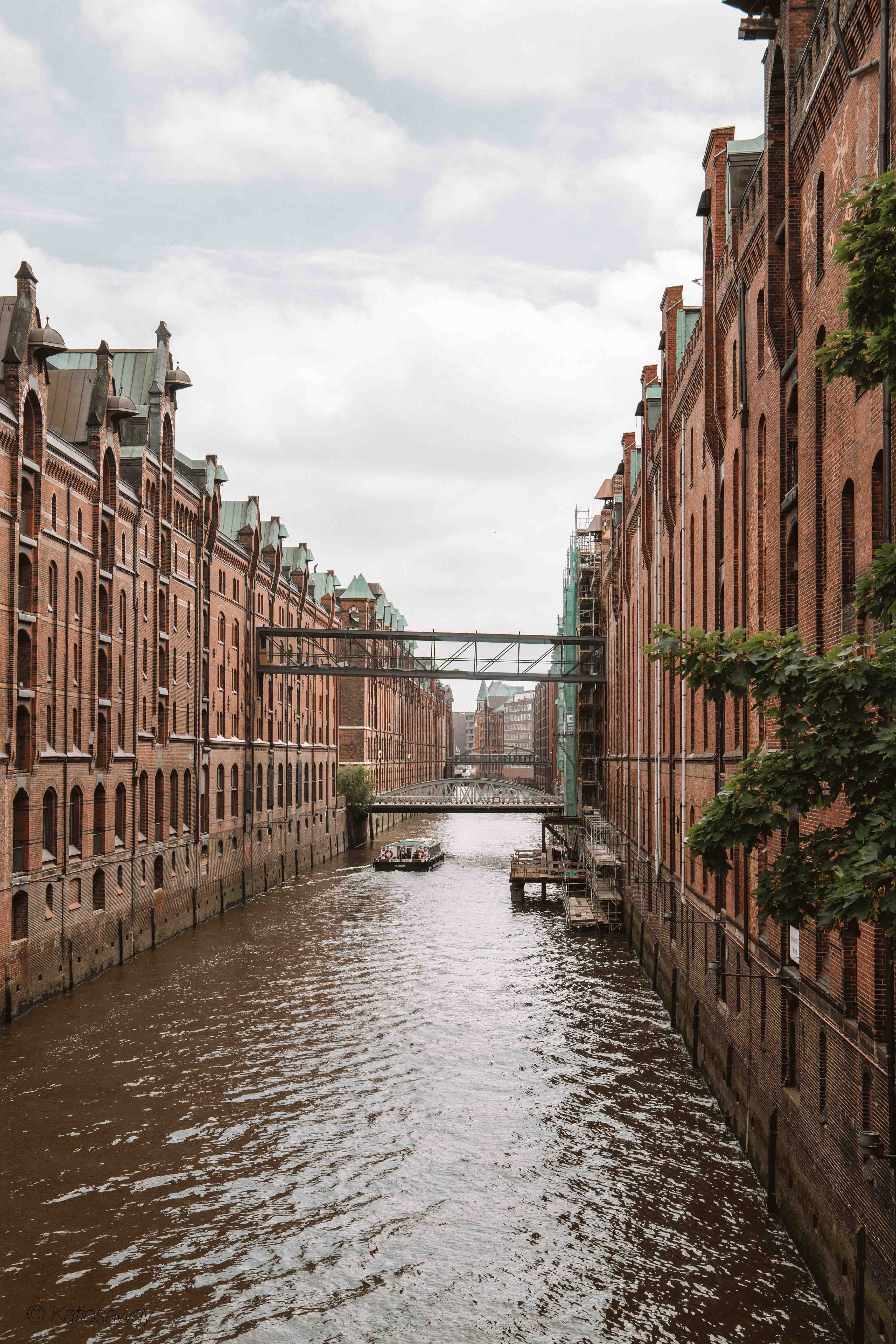
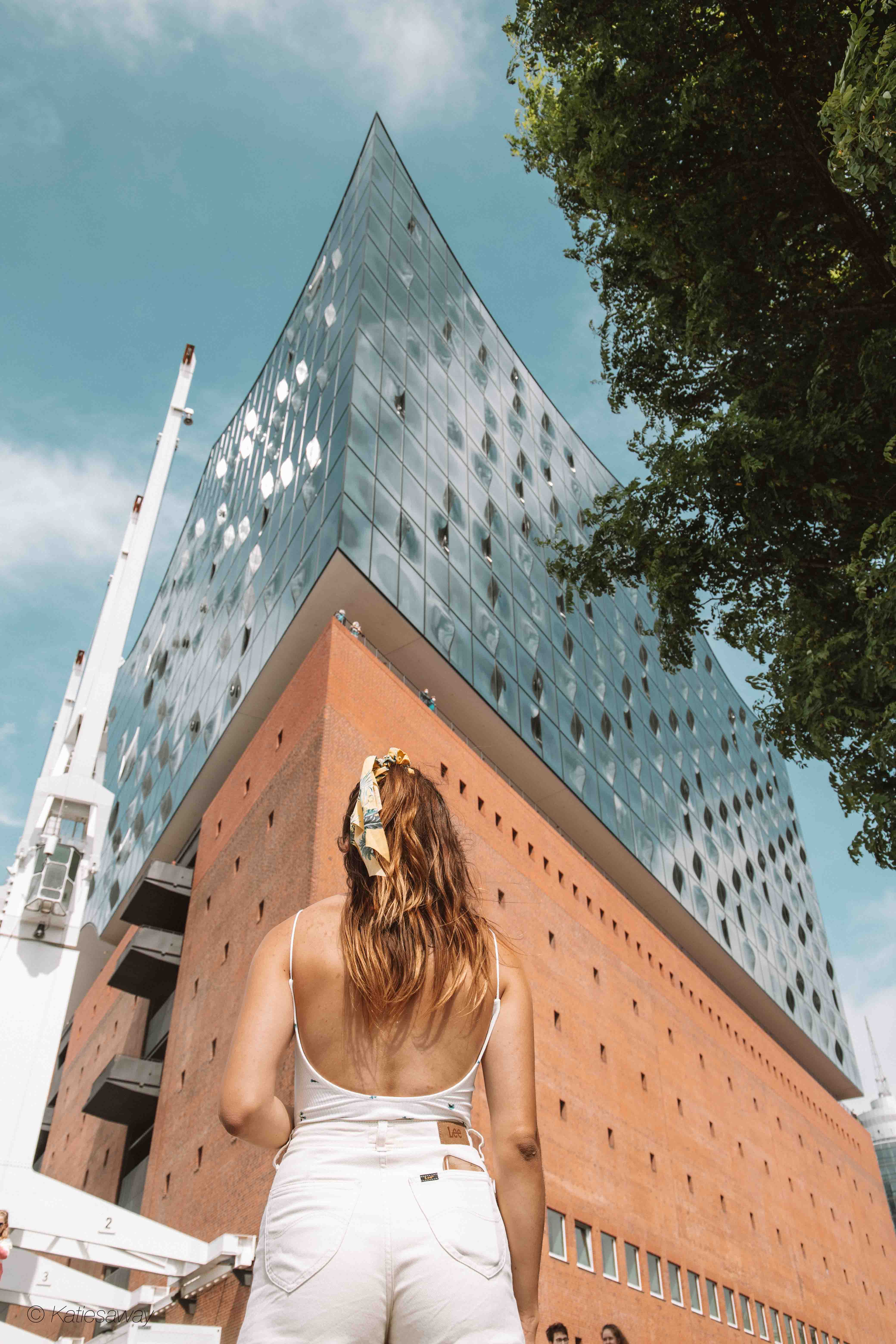
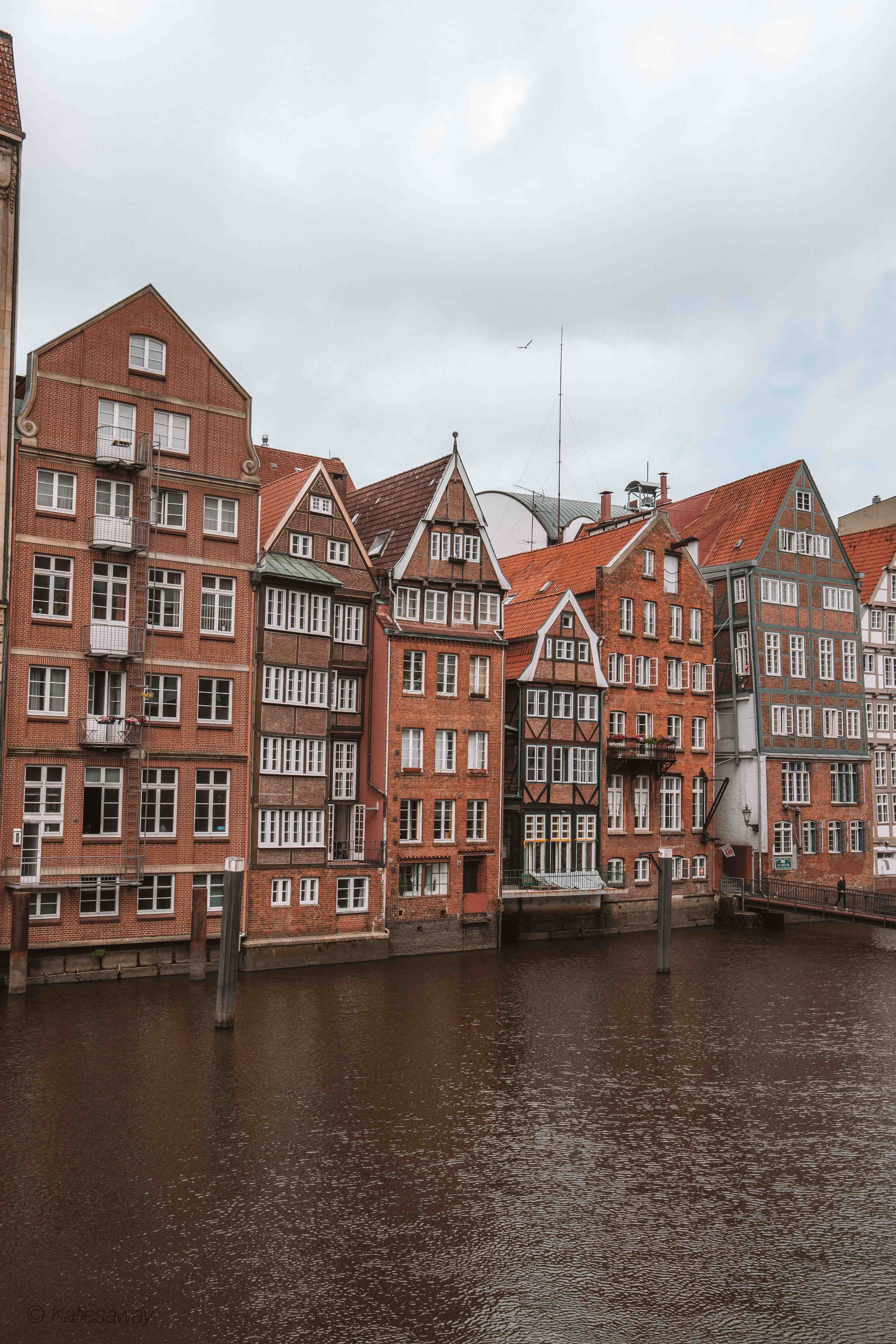
2 Week Road Trip in Germany Itinerary overview
- Day 1: Lübeck
- Day 2: Lübeck
- Day 3: Lübeck to Celle
- Day 4: Celle to Cologne
- Day 5: Cologne
- Day 6: Cologne to Ahr Valley
- Day 7: Ahr Valley
- Day 8: Ahr Valley
- Day 9: Ahr Valley to Mosel Valley
- Day 10: Mosel Valley
- Day 11: Mosel Valley to Koblenz
- Day 12: Koblenz
- Day 13: Koblenz to Kassel
- Day 14: Kassel to Hamburg
Frequently Asked Questions
How much does 2 weeks in Germany cost?
Two weeks in Germany can cost anywhere from €900 to €3000 depending on how you choose to travel, where you are staying, and what activities you choose to do. The cheapest option would be travelling by public transport and staying in hostels.
Most cities have free activities you can do or city passes which give discounts on museums etc. Another way to save money is to stay at campsites. This is what we did during this two week road trip and we found it a great way to stay cheaply, and explore another side of Germany!
If you want to drive, stay at nice hotels and eat out every night then it will cost you more. Food is relatively cheap in Germany and you can get a good meal and beer for €15 per person.
The best way to see Germany in 2 weeks
The answer to this question depends on the person! If you want to explore the bigger cities like Berlin, Munich and Hamburg then the best way to travel is by train. If you want to see the more unique villages such as the Mosel Valley or Ahr Valley then the best way is to follow this 14 day itinerary!
Is 2 weeks in Germany enough?
Germany is one of the largest countries in Europe with so much to explore. 2 weeks in Germany will give you enough time to visit several places, enjoy the culture and see the sights, but there will always be more to come back and see.
Find more Germany travel ideas
- The Ahr Valley, Germany – Hiking The Beautiful Red Wine TrailThe Ahr Valley is one of the most underrated areas of central Germany with an abundance of hiking and cycling trails, and vineyards! We stopped here as part…
- The Best Mosel Valley Road Trip, GermanyIn the summer of 2021 we spent three weeks on a road trip through Germany, the main focus of our time was the beautiful Mosel Valley located in…
- A Complete Guide To Visiting Burg Eltz, Germany’s Fairytale CastleBurg Eltz is one of the most well-known castles in Germany, with its beautiful stone turrets, hidden away in the middle of the Rhineland-Palatinate countryside. It is one…
- One Day in Lübeck, Germany | The Best Things To Do In Lübeck And TravemündeLübeck and Travemünde are two cities in Northern Germany, located only 20 minutes from one another. Lübeck is a UNESCO world heritage site, with houses and churches dating…
- Road trip in Germany – The Ultimate 2 Week Germany ItineraryA road trip to Germany is the ultimate way to experience this beautiful country. Spend a few days in bigger cities and then head into the countryside to…
- Monreal, Germany – A Guide to the Half-Timbered Eifel VillageMonreal is hands down the most “fairytale” village we passed through on our two week road trip in Germany! Straight out of the pages of Beauty and the…
- Bacharach, Germany – A hidden gem along the Rhine RiverBacharach, Germany, is one of the prettiest towns along the Rhine River and a great place for a day trip. Spend a few hours wandering this town and…
Save this two week itinerary for a road trip in Germany for later!
You may also enjoy these posts
- The Best Things To Do In Lysekil
- The Best Christmas Markets Near Gothenburg (2024)
- The Best 4 Day Norway Road Trip Itinerary from Oslo
- Camping in Landmannalaugar – Everything You Need To Know
- The Cinque Terre in April: All You Need To Know
- The Best Boat Trips from Gothenburg
- The Best 3 Day Öland Itinerary
- Guide to Innerdalen – Norway’s Most Beautiful Mountain Valley
